Latest Articles
Articles in press have been peer-reviewed and accepted, which are not yet assigned to volumes/issues, but are citable by Digital Object Identifier (DOI).
, Available online , doi: 10.15886/j.cnki.rdswxb.20250060
Abstract:
An attempt was made to establish an absolute quantitative real-time PCR method for the detection of sugarcane baculovirus (SCBV) to determine the load of SCBV in different tissue parts of sugarcane. Specific amplification primers were designed from the conserved region of the SCBV genome (SCBV-ORF1), and the recombinant plasmid pMD19T-SCBV-P1 was constructed as a positive plasmid standard and used as a template to establish an absolute quantitative real-time PCR detection method for SCBV. This established detection method was tested in sensitivity, specificity and stability and then used to determine the SCBV load in different tissues of sugarcane germplasm. The recombinant plasmid containing the SCBV genomic sequence was diluted 10 times into a standard, and it was used as a template for quantitative real-time PCR. The standard curve y=3.3397 ×LOG(x)+32.05 was obtained, and the correlation coefficient r2=0.999. The Cq value was linearly related to the logarithm of the copy number of the standard concentration. The absolute quantitative real-time PCR method established shows high sensitivity, and its lower limit of detection can reach 7 copies of recombinant plasmid·μL-1. Compared with conventional PCR detection methods, this method is about 100 times higher in sensitivity. The method is highly specific and can specifically detect SCBV, ;and the method has good repeatability with the coefficient of variation within and between batches being between 0.11% and 0.90%. There were significant differences in SCBV accumulation levels in different tissue parts of sugarcane, with the SCBV load in the fourth leaf significantly higher than that in other tissue parts (P<0.05). The study established an absolute quantitative real-time PCR method that can detect SCBV sensitively and specifically, providing an efficient quantitative detection method for the diagnosis of SCBV, and clarified that the best sampling site for SCBV detection in sugarcane is the fourth leaf.
An attempt was made to establish an absolute quantitative real-time PCR method for the detection of sugarcane baculovirus (SCBV) to determine the load of SCBV in different tissue parts of sugarcane. Specific amplification primers were designed from the conserved region of the SCBV genome (SCBV-ORF1), and the recombinant plasmid pMD19T-SCBV-P1 was constructed as a positive plasmid standard and used as a template to establish an absolute quantitative real-time PCR detection method for SCBV. This established detection method was tested in sensitivity, specificity and stability and then used to determine the SCBV load in different tissues of sugarcane germplasm. The recombinant plasmid containing the SCBV genomic sequence was diluted 10 times into a standard, and it was used as a template for quantitative real-time PCR. The standard curve y=
, Available online , doi: 10.15886/j.cnki.rdswxb.20250148
Abstract:
An analysis was made of the molecular characteristics of type III polyketide synthases (PKSIII) in Alpinia oxyphylla and their potential role in the biosynthesis of diphenylheptanoid compounds. The PKSIII gene family was identified from the A. oxyphylla genome, and the candidate gene AoPKS5 was selected for structural and expression analysis. Based on genomic and transcriptomic data, PKSIII genes were systematically screened and analyzed for expression levels, and phylogenetic analysis was conducted to explore their evolutionary relationships. Bioinformatics tools were used to predict the physicochemical properties and catalytic sites of AoPKS5. Tissue-specific expression was analyzed by using RT-qPCR, and the recombinant vector pNC-ET28-AoPKS5 was constructed for heterologous expression in Escherichia coli BL21 (DE3). The results showed that AoPKS5 contained a1170 bp ORF encoding 389 amino acids, with a theoretical molecular weight of 42 kDa and an isoelectric point of 5.96, lacking both signal peptide and transmembrane domains, but possessing the conserved Cys–His–Asn catalytic triad and GFGPG motif. Phylogenetic analysis indicated high homology with DCS proteins from Curcuma longa and Zingiber officinale. RT-qPCR revealed that AoPKS5 was most highly expressed in leaves. The AoPKS5 gene was successfully cloned and characterized and its prokaryotic expression system established, providing a theoretical and technical foundation for elucidating the molecular mechanisms of PKSIII involvement in diphenylheptanoid biosynthesis in A. oxyphylla.
An analysis was made of the molecular characteristics of type III polyketide synthases (PKSIII) in Alpinia oxyphylla and their potential role in the biosynthesis of diphenylheptanoid compounds. The PKSIII gene family was identified from the A. oxyphylla genome, and the candidate gene AoPKS5 was selected for structural and expression analysis. Based on genomic and transcriptomic data, PKSIII genes were systematically screened and analyzed for expression levels, and phylogenetic analysis was conducted to explore their evolutionary relationships. Bioinformatics tools were used to predict the physicochemical properties and catalytic sites of AoPKS5. Tissue-specific expression was analyzed by using RT-qPCR, and the recombinant vector pNC-ET28-AoPKS5 was constructed for heterologous expression in Escherichia coli BL21 (DE3). The results showed that AoPKS5 contained a
, Available online , doi: 10.15886/j.cnki.rdswxb.20240198
Abstract:
In order to have a better picture of the plant resources of Danxia landform in Jiulian mountain, southern Jiangxi Province a survey was made of the plant resources min Danxia landform by using the line transect method. Justicia quadrifaria var. hirsuta G. L. Xu , which is a new variety of Justicia, was found in Xiao Wudang Mountain scenic spot, Longnan City. This variety differs from J. quadrifaria (Nees) T. Anderson in stem, both surfaces of blade, bracts, and outer parts of calyx and corolla tubes which are spread white hispid 1~3 mm long. J. championii are retrorsely pubescent or glabrescent on the stem, pubescent or glabrescent on both surfaces of blade, pubescent on the bracts, petiole, and outer parts of the calyx and corolla tube. Therefore, this variety is easy to distinguish from J. quadrifaria, and phylogenetic analysis also supports the division of this variety. The discovery of this variety further enriches the species diversity of this genus, and also provides a new reference for the development and utilization of this genus.
In order to have a better picture of the plant resources of Danxia landform in Jiulian mountain, southern Jiangxi Province a survey was made of the plant resources min Danxia landform by using the line transect method. Justicia quadrifaria var. hirsuta G. L. Xu , which is a new variety of Justicia, was found in Xiao Wudang Mountain scenic spot, Longnan City. This variety differs from J. quadrifaria (Nees) T. Anderson in stem, both surfaces of blade, bracts, and outer parts of calyx and corolla tubes which are spread white hispid 1~3 mm long. J. championii are retrorsely pubescent or glabrescent on the stem, pubescent or glabrescent on both surfaces of blade, pubescent on the bracts, petiole, and outer parts of the calyx and corolla tube. Therefore, this variety is easy to distinguish from J. quadrifaria, and phylogenetic analysis also supports the division of this variety. The discovery of this variety further enriches the species diversity of this genus, and also provides a new reference for the development and utilization of this genus.
, Available online , doi: 10.15886/j.cnki.rdswxb.20250067
Abstract:
Sequencing batch reactor (SBR) was used to treat domestic wastewater, and the start-up conditions of slightly bulking activated sludge process was investigated under the combined effects of low dissolved oxygen (DO) and low sludge loading (Ns). Moreover, different influent COD/NH4+-N(C/N) ratios (C/N) were designed to examine their impact on nitrogen and phosphorus removal efficiency. The results indicated that under conditions of DO ranging from 0.5 to 0.8 mg·L−1 and Ns between 215.4~258.48 mg COD/L·d, the slightly bulking activated sludge process could be successfully initiated after a brief period of severe bulking, with the sludge volume index (SVI) stabilizing at about 262 mL·g−1. As the influent C/N ratio increased, the number and size of mycelial clumps within the system gradually increased, leading to significant changes in the microbial community, with the abundance of Thiothrix increasing from 30.21% to 54.41%. The influent C/N ratio had a minor impact on COD and NH4+-N removal efficiencies, with COD removal rates reaching 97.21% and NH4+-N removal rates exceeding 98%. But it significantly affected TN and TP removal efficiencies. When the influent C/N ratios were 4, 6, and 11, the average TN removal efficiencies of the system were 37.15%, 52.65%, and 77.94%, respectively, and the average TP removal efficiencies were 36.82%, 45.71%, and 64.30%.
Sequencing batch reactor (SBR) was used to treat domestic wastewater, and the start-up conditions of slightly bulking activated sludge process was investigated under the combined effects of low dissolved oxygen (DO) and low sludge loading (Ns). Moreover, different influent COD/NH4+-N(C/N) ratios (C/N) were designed to examine their impact on nitrogen and phosphorus removal efficiency. The results indicated that under conditions of DO ranging from 0.5 to 0.8 mg·L−1 and Ns between 215.4~258.48 mg COD/L·d, the slightly bulking activated sludge process could be successfully initiated after a brief period of severe bulking, with the sludge volume index (SVI) stabilizing at about 262 mL·g−1. As the influent C/N ratio increased, the number and size of mycelial clumps within the system gradually increased, leading to significant changes in the microbial community, with the abundance of Thiothrix increasing from 30.21% to 54.41%. The influent C/N ratio had a minor impact on COD and NH4+-N removal efficiencies, with COD removal rates reaching 97.21% and NH4+-N removal rates exceeding 98%. But it significantly affected TN and TP removal efficiencies. When the influent C/N ratios were 4, 6, and 11, the average TN removal efficiencies of the system were 37.15%, 52.65%, and 77.94%, respectively, and the average TP removal efficiencies were 36.82%, 45.71%, and 64.30%.
, Available online , doi: 10.15886/j.cnki.rdswxb.20250053
Abstract:
An survey was made of the ex-situ population of ancient plant Cycas pectinata at Nanning Botanical Garden for analysis of the sex ratio and morphological characteristics of this ancient plant, including stem height, diameter at breast height (DBH), crown width, branching, and growth points in an attempt to explore the phenotypic differences in stems between male and female plants, providing a theoretical basis for ex-situ conservation and scientific management. The results revealed a highly significant male-biased sex ratio (1∶3.77) in this population. The average stem height of the male plants (452.92 cm) was significantly greater than that of the females (371.36 cm). The female plants had slightly higher DBH and crown width, but the differences were not statistically significant. Branching occurred in 93.18% of the female plants and 98.19% of the males, and 57.23% of the male plants branched more than twice. The male plants had a significantly higher average number of growing points per male plant (3.69) than the female plants (2.03). In conclusion, the male plants of the ancient plant C. pectinata exhibit superiority in stem height, number of growing points, and branching capacity compared to the female plants. In ex situ cultivation, stem traits can be used for preliminary sex determination, and protective measures should be strengthened to prioritize the growth of female plants in the plant management.
An survey was made of the ex-situ population of ancient plant Cycas pectinata at Nanning Botanical Garden for analysis of the sex ratio and morphological characteristics of this ancient plant, including stem height, diameter at breast height (DBH), crown width, branching, and growth points in an attempt to explore the phenotypic differences in stems between male and female plants, providing a theoretical basis for ex-situ conservation and scientific management. The results revealed a highly significant male-biased sex ratio (1∶3.77) in this population. The average stem height of the male plants (452.92 cm) was significantly greater than that of the females (371.36 cm). The female plants had slightly higher DBH and crown width, but the differences were not statistically significant. Branching occurred in 93.18% of the female plants and 98.19% of the males, and 57.23% of the male plants branched more than twice. The male plants had a significantly higher average number of growing points per male plant (3.69) than the female plants (2.03). In conclusion, the male plants of the ancient plant C. pectinata exhibit superiority in stem height, number of growing points, and branching capacity compared to the female plants. In ex situ cultivation, stem traits can be used for preliminary sex determination, and protective measures should be strengthened to prioritize the growth of female plants in the plant management.
, Available online , doi: 10.15886/j.cnki.rdswxb.20250107
Abstract:
In recent years, the overuse and misuse of antibiotics have led to the problem of bacterial drug resistance, and new safe alternative drugs are urgently needed. Bacteriophage lysin is a peptidoglycan hydrolase encoded by bacteriophages after infestation of host bacteria, which can hydrolyze bacterial peptidoglycan from the inside of bacteria, leading to bacterial rupture, death and release of progeny phage. Bacteriophage lysins have great potential in the treatment of bacterial infections due to their high specificity, efficient lysis, and the fact that they do not easily cause bacterial drug resistance. This article provides a systematic review of the research progress on bacteriophage lysins as novel antimicrobial drugs, focusing on the structural composition, mechanism of action, and engineering modification strategies of bacteriophage lysins, with the aim of providing theoretical basis and technical references for the design of efficient and high-quality novel antimicrobial drugs.
In recent years, the overuse and misuse of antibiotics have led to the problem of bacterial drug resistance, and new safe alternative drugs are urgently needed. Bacteriophage lysin is a peptidoglycan hydrolase encoded by bacteriophages after infestation of host bacteria, which can hydrolyze bacterial peptidoglycan from the inside of bacteria, leading to bacterial rupture, death and release of progeny phage. Bacteriophage lysins have great potential in the treatment of bacterial infections due to their high specificity, efficient lysis, and the fact that they do not easily cause bacterial drug resistance. This article provides a systematic review of the research progress on bacteriophage lysins as novel antimicrobial drugs, focusing on the structural composition, mechanism of action, and engineering modification strategies of bacteriophage lysins, with the aim of providing theoretical basis and technical references for the design of efficient and high-quality novel antimicrobial drugs.
, Available online , doi: 10.15886/j.cnki.rdswxb.20240159
Abstract:
Vibrio alginolyticus is a common marine Gram-negative bacterium widely found in aquaculture environments. It exhibits strong infectivity and pathogenicity toward cultured fish, shellfish, and shrimp, causing significant economic losses in the aquaculture industry due to vibriosis. The tatD gene encodes a protein with nuclease activity, which is related to the formation of bacterial biofilms and the regulation of virulence. An attempt was made to investigate the role of tatD gene in the growth and biofilm formation of V. alginolyticus strain HN08155 by utilizing gene knockout technology. The results indicate that the strain HN08155 contains three tatD genes. Under normal nutrient conditions, the tatD gene does not affect bacterial growth, whereas it plays a regulatory role in bacterial growth under low-nutrient conditions. The extracellular tatD protein demonstrates nuclease activity, with the wild-type strain showing a greater capacity for DNA degradation in the culture supernatant compared to the tatD knockout strain. Induction with 0.1% Triton X-100 significantly increased the autolysis rate of the tatD knockout strain compared to the wild-type strain. Additionally, the absence of the tatD gene resulted in a significant increase in both the quantity and thickness of the biofilm formed by V. alginolyticus.
Vibrio alginolyticus is a common marine Gram-negative bacterium widely found in aquaculture environments. It exhibits strong infectivity and pathogenicity toward cultured fish, shellfish, and shrimp, causing significant economic losses in the aquaculture industry due to vibriosis. The tatD gene encodes a protein with nuclease activity, which is related to the formation of bacterial biofilms and the regulation of virulence. An attempt was made to investigate the role of tatD gene in the growth and biofilm formation of V. alginolyticus strain HN08155 by utilizing gene knockout technology. The results indicate that the strain HN08155 contains three tatD genes. Under normal nutrient conditions, the tatD gene does not affect bacterial growth, whereas it plays a regulatory role in bacterial growth under low-nutrient conditions. The extracellular tatD protein demonstrates nuclease activity, with the wild-type strain showing a greater capacity for DNA degradation in the culture supernatant compared to the tatD knockout strain. Induction with 0.1% Triton X-100 significantly increased the autolysis rate of the tatD knockout strain compared to the wild-type strain. Additionally, the absence of the tatD gene resulted in a significant increase in both the quantity and thickness of the biofilm formed by V. alginolyticus.
, Available online , doi: 10.15886/j.cnki.rdswxb.20250101
Abstract:
To understand the fish predators of crown-of-thorns starfish A. planci in the Xisha Islands, this study utilized 18S rDNA sequencing and morphological characteristics to identify the fish species collected in April 2023, and then detected the crown-of-thorns starfish mitochondrial cytochrome-C-oxidase subunit I (CoTS-mtCOI) gene fragments in fish intestinal content DNA. Analysis of 330 fish revealed 42 species across 37 genera, 24 families and 9 orders. The COTS-mtCOI fragment was detectable in the intestinal content DNA of six fish species, including Chaetodon kleinii, Chelmon rostratus, Chaetodon lunulatus, Lethrinus haematopterus, Oxycheilinus orientalis and Epinephelus merra. The detection rate of CoTS-mtCOI gene fragment was 100% in C. kleinii, while it was only detected in partial samples ofthe other five species. The six species were firstly reported fish predators of the crown- of-thorns starfish. Phylogenetic analysis based on 18S sequences grouped C. kleinii, C. rostratus, and C. lunulatus within the family Chaetodontidae, and placed L. haematopterus, O. orientalis, and E. merra within the order Perciformes. This study contributes to understanding the fish predators of the Acanthaster planci in the coral reef ecosystem ofthe Xisha Islands, providing a theoretical basis and scientific guidance for the prevention and control of the outbreak of theAcanthaster planci in the South China Sea.
To understand the fish predators of crown-of-thorns starfish A. planci in the Xisha Islands, this study utilized 18S rDNA sequencing and morphological characteristics to identify the fish species collected in April 2023, and then detected the crown-of-thorns starfish mitochondrial cytochrome-C-oxidase subunit I (CoTS-mtCOI) gene fragments in fish intestinal content DNA. Analysis of 330 fish revealed 42 species across 37 genera, 24 families and 9 orders. The COTS-mtCOI fragment was detectable in the intestinal content DNA of six fish species, including Chaetodon kleinii, Chelmon rostratus, Chaetodon lunulatus, Lethrinus haematopterus, Oxycheilinus orientalis and Epinephelus merra. The detection rate of CoTS-mtCOI gene fragment was 100% in C. kleinii, while it was only detected in partial samples ofthe other five species. The six species were firstly reported fish predators of the crown- of-thorns starfish. Phylogenetic analysis based on 18S sequences grouped C. kleinii, C. rostratus, and C. lunulatus within the family Chaetodontidae, and placed L. haematopterus, O. orientalis, and E. merra within the order Perciformes. This study contributes to understanding the fish predators of the Acanthaster planci in the coral reef ecosystem ofthe Xisha Islands, providing a theoretical basis and scientific guidance for the prevention and control of the outbreak of theAcanthaster planci in the South China Sea.
, Available online , doi: 10.15886/j.cnki.rdswxb.20250075
Abstract:
The developmental duration and compound eye characteristics of Megalurothrips usitatus across its life stages were systematically investigated to elucidate the functional roles of opsin genes in M. usitatus. RNA interference (RNAi) was employed to suppress the expression of adult opsin genes Rhodopsin-1 (Rh-1) and Rhodopsin-2 (Rh-2), and the phototactic behavioral responses to 520 nm green light following gene knockdown were quantitatively assessed, along with potential mutual regulatory interactions between Rh-1 and Rh-2. Key findings revealed that compound eyes attained full development exclusively during the adult stage. No significant differences in survival curves (P > 0.05) were observed among adults fed on dsEGFP, dsRh-1, or dsRh-2 at a concentration of 100 μg/mL over 24–96 hours. Notably, phototactic choice rates toward green light decreased to 26.67% and 32.00%, respectively at 72 hours after treatment with dsRh-1 and dsRh-2. Gene expression analyses demonstrated no compensatory regulation between Rh-1 and Rh-2, as evidenced by unaltered relative expression levels of Rh-2 following Rh-1 knockdown (P > 0.05), and vice versa. This investigation provides critical empirical data for advancing visual system-based pest management strategies.
The developmental duration and compound eye characteristics of Megalurothrips usitatus across its life stages were systematically investigated to elucidate the functional roles of opsin genes in M. usitatus. RNA interference (RNAi) was employed to suppress the expression of adult opsin genes Rhodopsin-1 (Rh-1) and Rhodopsin-2 (Rh-2), and the phototactic behavioral responses to 520 nm green light following gene knockdown were quantitatively assessed, along with potential mutual regulatory interactions between Rh-1 and Rh-2. Key findings revealed that compound eyes attained full development exclusively during the adult stage. No significant differences in survival curves (P > 0.05) were observed among adults fed on dsEGFP, dsRh-1, or dsRh-2 at a concentration of 100 μg/mL over 24–96 hours. Notably, phototactic choice rates toward green light decreased to 26.67% and 32.00%, respectively at 72 hours after treatment with dsRh-1 and dsRh-2. Gene expression analyses demonstrated no compensatory regulation between Rh-1 and Rh-2, as evidenced by unaltered relative expression levels of Rh-2 following Rh-1 knockdown (P > 0.05), and vice versa. This investigation provides critical empirical data for advancing visual system-based pest management strategies.
, Available online , doi: 10.15886/j.cnki.rdswxb.202500077
Abstract:
This study investigated the diversity and phenology of Saturniidae moths in Limushan, Hainan Tropical Rainforest National Park. Through light trapping and transect surveys from 2020 to 2024, we recorded 15 Saturniidae species comprising 2 subfamilies and 9 genera, including 3 Hainan-endemic species. Analysis of flight periods revealed peak activity between November and the following August, with 56.34% of moths showing peak phototactic response at 03:00–06:00. Laboratory rearing indicated 6 univoltine species, 2 bivoltine species, and 7 multivoltine species. The faunal composition of Saturniidae in Limushan aligned with tropical zoogeographic regions, reflecting the area's distinctive ecological environment and biodiversity. These findings offer critical data for future species conservation and resource utilization .
This study investigated the diversity and phenology of Saturniidae moths in Limushan, Hainan Tropical Rainforest National Park. Through light trapping and transect surveys from 2020 to 2024, we recorded 15 Saturniidae species comprising 2 subfamilies and 9 genera, including 3 Hainan-endemic species. Analysis of flight periods revealed peak activity between November and the following August, with 56.34% of moths showing peak phototactic response at 03:00–06:00. Laboratory rearing indicated 6 univoltine species, 2 bivoltine species, and 7 multivoltine species. The faunal composition of Saturniidae in Limushan aligned with tropical zoogeographic regions, reflecting the area's distinctive ecological environment and biodiversity. These findings offer critical data for future species conservation and resource utilization .
, Available online , doi: 10.15886/j.cnki.rdswxb.20240183
Abstract:
To assess the current status of vascular plants in Mangzhou Wetland Park of the Guangdong-Macao in-Depth Cooperation Zone in Hengqin, the composition, floristic characteristics, and distribution of alien invasive species of vascular plants were systematically investigated through field surveys and historical data analysis. The results revealed that a total of 245 vascular plant species were recorded, belonging to 86 families and 202 genera. Of the vascular plant species angiosperms dominated (95.51%, 234 species), followed by ferns (3.7%) and gymnosperms (0.8%), and herbaceous plants constituted the predominant life form (47.3%), with terrestrial species accounting for 89.4% of the total. The flora exhibited significant tropical affinity, with the families and genera of the plants distributed in the tropics representing 56.98% and 83.17%, respectively, consistent with the floristic patterns of other Pearl River Delta wetland parks. Forty-three alien invasive species were identified, including high-risk Category I invaders (e.g., Lantana camara, Mikania micrantha), which comprised 30.23% of invasive taxa, indicating substantial ecological threats. Three species of second-level national protected plants (e.g., Ormosia pinnata, Dracaena cambodiana) and one Guangdong Province key protected species (Diospyros vaccinioides) were documented. This study clarifies the post-2017 plant resource status of Mangzhou Wetland Park and identifies invasive alien plants as potential ecological risks. We recommend to adopt Nature-based Solutions (NbS) to enhance native plant utilization, optimize invasive species monitoring systems, and integrate ecological restoration with community co-management to improve wetland ecosystem stability and management efficacy. This study provides critical data support for the ecological management of coastal wetlands in the Guangdong-Hong Kong-Macao Greater Bay Area.
To assess the current status of vascular plants in Mangzhou Wetland Park of the Guangdong-Macao in-Depth Cooperation Zone in Hengqin, the composition, floristic characteristics, and distribution of alien invasive species of vascular plants were systematically investigated through field surveys and historical data analysis. The results revealed that a total of 245 vascular plant species were recorded, belonging to 86 families and 202 genera. Of the vascular plant species angiosperms dominated (95.51%, 234 species), followed by ferns (3.7%) and gymnosperms (0.8%), and herbaceous plants constituted the predominant life form (47.3%), with terrestrial species accounting for 89.4% of the total. The flora exhibited significant tropical affinity, with the families and genera of the plants distributed in the tropics representing 56.98% and 83.17%, respectively, consistent with the floristic patterns of other Pearl River Delta wetland parks. Forty-three alien invasive species were identified, including high-risk Category I invaders (e.g., Lantana camara, Mikania micrantha), which comprised 30.23% of invasive taxa, indicating substantial ecological threats. Three species of second-level national protected plants (e.g., Ormosia pinnata, Dracaena cambodiana) and one Guangdong Province key protected species (Diospyros vaccinioides) were documented. This study clarifies the post-2017 plant resource status of Mangzhou Wetland Park and identifies invasive alien plants as potential ecological risks. We recommend to adopt Nature-based Solutions (NbS) to enhance native plant utilization, optimize invasive species monitoring systems, and integrate ecological restoration with community co-management to improve wetland ecosystem stability and management efficacy. This study provides critical data support for the ecological management of coastal wetlands in the Guangdong-Hong Kong-Macao Greater Bay Area.
, Available online , doi: 10.15886/j.cnki.rdswxb.20250098
Abstract:
.The effects of different nitrogen treatments on root growth and fungal community structures in both the roots and rhizosphere of budded seedling of rubber tree (Hevea brasiliensis) were investigated to determine optimal nitrogen application rate for robust growth of the budded seedlings. Mini-seedling buddings of Clone Reyan 7-33-97 of rubber tree at the age of 3 months old were selected as budded seedlings for experiment and applied with nitrogen fertilizer at different rates. An outdoor pot experiment was conducted with four treatments, control (CK, no nitrogen), low nitrogen (LN, 0.32 g/kg), medium nitrogen (MN, 0.64 g/kg), and high nitrogen (HN, 1.28 g/kg), and root morphological parameters and compositional and diversity shifts in fungal communities in the roots and rhizosphere were determined and analyzed. Results revealed significant effect of different nitrogen treatments on species composition in the roots and rhyzosphere of the mini-seedling buddings. For root fungi, the LN treatment maintained dominance of Basidiomycota and Thelephorales, whereas the HN treatment substantially increased Ascomycota and Sordariales; in the rhizosphere, the LN and MN treatments elevated unclassified fungi and Hypocreales, while HN significantly suppressed Basidiomycota and Annulatascales. The LN treatment (0.32 g/kg) maximized alpha diversity, with root fungal Shannon (3.22) and Simpson (0.904) indices increasing by 15.84% and 12.26% respectively as against the CK, while rhizosphere Shannon (3.13) and Simpson (0.914) indices rose by 18.11% and 16.46%, respectively. Root Chao1 (385.97) and ACE (391.43) indices peaked in the LN treatment, 1.16-fold and 1.27-fold higher than that of CK; rhizosphere Chao1 and ACE indices in the LN treatment still elevated significantly, 72.01% and 68.61% higher than those of CK. Beta diversity exhibited highly significant differences (*p* < 0.001) in the roots and rhyzosphere among nitrogen treatments and application location, with higher difference in the rhizosphere than in the roots among the nitrogen treatments. Principal Co-ordinates Analysis demonstrated convergent clustering among nitrogen treatments (LN-HN), which was distinctly separated from CK, and higher nitrogen sensitivity in rhizosphere fungi than in the root fungi (R2 difference: 6.07%). The LN treatment (0.32 g/kg) was hence recommended as it helps enhance the diversity and richness of the fungal community in both the root system and the rhizosphere, thereby optimizing the fungal community structure in the rhizosphere of mini-seedling buddings.
.The effects of different nitrogen treatments on root growth and fungal community structures in both the roots and rhizosphere of budded seedling of rubber tree (Hevea brasiliensis) were investigated to determine optimal nitrogen application rate for robust growth of the budded seedlings. Mini-seedling buddings of Clone Reyan 7-33-97 of rubber tree at the age of 3 months old were selected as budded seedlings for experiment and applied with nitrogen fertilizer at different rates. An outdoor pot experiment was conducted with four treatments, control (CK, no nitrogen), low nitrogen (LN, 0.32 g/kg), medium nitrogen (MN, 0.64 g/kg), and high nitrogen (HN, 1.28 g/kg), and root morphological parameters and compositional and diversity shifts in fungal communities in the roots and rhizosphere were determined and analyzed. Results revealed significant effect of different nitrogen treatments on species composition in the roots and rhyzosphere of the mini-seedling buddings. For root fungi, the LN treatment maintained dominance of Basidiomycota and Thelephorales, whereas the HN treatment substantially increased Ascomycota and Sordariales; in the rhizosphere, the LN and MN treatments elevated unclassified fungi and Hypocreales, while HN significantly suppressed Basidiomycota and Annulatascales. The LN treatment (0.32 g/kg) maximized alpha diversity, with root fungal Shannon (3.22) and Simpson (0.904) indices increasing by 15.84% and 12.26% respectively as against the CK, while rhizosphere Shannon (3.13) and Simpson (0.914) indices rose by 18.11% and 16.46%, respectively. Root Chao1 (385.97) and ACE (391.43) indices peaked in the LN treatment, 1.16-fold and 1.27-fold higher than that of CK; rhizosphere Chao1 and ACE indices in the LN treatment still elevated significantly, 72.01% and 68.61% higher than those of CK. Beta diversity exhibited highly significant differences (*p* < 0.001) in the roots and rhyzosphere among nitrogen treatments and application location, with higher difference in the rhizosphere than in the roots among the nitrogen treatments. Principal Co-ordinates Analysis demonstrated convergent clustering among nitrogen treatments (LN-HN), which was distinctly separated from CK, and higher nitrogen sensitivity in rhizosphere fungi than in the root fungi (R2 difference: 6.07%). The LN treatment (0.32 g/kg) was hence recommended as it helps enhance the diversity and richness of the fungal community in both the root system and the rhizosphere, thereby optimizing the fungal community structure in the rhizosphere of mini-seedling buddings.
Antioxidant activity and LC-MS component analysis of water extracts from the flowers of Bombax ceiba
, Available online , doi: 10.15886/j.cnki.rdswxb.20250100
Abstract:
To explore the potential of the aqueous extract of Bombax ceiba flower (BWE) in the field of antioxidation, the effects of different solid-liquid ratios and decoction times on the total flavonoid content and in vitro antioxidant indices such as DPPH radical scavenging rate, ABTS cation radical scavenging rate, and Fe3+ reducing ability of the extract were investigated. The optimal process parameters of solid-liquid ratio and decoction time were screened out. Subsequently, the chemical components of BWE were identified and analyzed by using liquid chromatography-mass spectrometry (LC-MS) to provide key scientific basis for the development and application of BWE in the field of antioxidation. The results showed that within a certain range, the scavenging ability of BWE on DPPH and ABTS radicals and the reducing ability of Fe3+ increased with the concentration. The optimal parameters were a solid-liquid ratio of 1∶12.5 and a decoction time of 1.5 h, with IC50 values being 87.44 mg·L−1 and 46.77 mg·L−1, respectively. However, the Fe3+ reducing ability of BWE was higher than that of vitamin C. These results indicated that BWE had high antioxidant activity. A total of 73 flavonoids were identified in BWE, among which four chemical components in BWE, i.e. quercetin 3-O-glucuronide (49.99%), Delphinidin-3-O-(6''-O-alpha-rhamnopyranosyl-beta-glucopyranoside) (8.24%), rutin (7.45%), and gallocatechin (5.65%), were the highest in relative content and are important pharmacologically active substances. This provides a theoretical basis for further in-depth exploration and utilization of the medicinal potential of flavonoids in BWE.
To explore the potential of the aqueous extract of Bombax ceiba flower (BWE) in the field of antioxidation, the effects of different solid-liquid ratios and decoction times on the total flavonoid content and in vitro antioxidant indices such as DPPH radical scavenging rate, ABTS cation radical scavenging rate, and Fe3+ reducing ability of the extract were investigated. The optimal process parameters of solid-liquid ratio and decoction time were screened out. Subsequently, the chemical components of BWE were identified and analyzed by using liquid chromatography-mass spectrometry (LC-MS) to provide key scientific basis for the development and application of BWE in the field of antioxidation. The results showed that within a certain range, the scavenging ability of BWE on DPPH and ABTS radicals and the reducing ability of Fe3+ increased with the concentration. The optimal parameters were a solid-liquid ratio of 1∶12.5 and a decoction time of 1.5 h, with IC50 values being 87.44 mg·L−1 and 46.77 mg·L−1, respectively. However, the Fe3+ reducing ability of BWE was higher than that of vitamin C. These results indicated that BWE had high antioxidant activity. A total of 73 flavonoids were identified in BWE, among which four chemical components in BWE, i.e. quercetin 3-O-glucuronide (49.99%), Delphinidin-3-O-(6''-O-alpha-rhamnopyranosyl-beta-glucopyranoside) (8.24%), rutin (7.45%), and gallocatechin (5.65%), were the highest in relative content and are important pharmacologically active substances. This provides a theoretical basis for further in-depth exploration and utilization of the medicinal potential of flavonoids in BWE.
, Available online , doi: 10.15886/j.cnki.rdswxb.20250089
Abstract:
This study systematically investigated the effects of two distinct cultivation models, land-based industrial farming and seafloor sowing, on the growth characteristics and nutritional quality of Betaphycus gelatinus, aiming to provide a theoretical foundation for optimizing large-scale cultivation practices. Through a 60-day cultivation experiment, it was observed that seafloor-sown B. gelatinus exhibited significantly higher branch number, branch length, relative growth rate, and mass increase rate compared to land-based industrial farming (P<0.05). Specifically, the mass increase rate for land-based industrially cultivated B. gelatinus was 117.18±6.02%, with a relative growth rate of 1.29±0.06 %·d−1, whereas seafloor-sown B. gelatinus demonstrated a mass increase rate of 196.87±5.72% and a relative growth rate of 1.81±0.04 %·d−1. In terms of pigment content, land-based industrially cultivated B. gelatinus showed significantly higher levels of chlorophyll a, carotenoids, phycoerythrin, and phycocyanin compared to seafloor-sown specimens (P<0.05). No significant differences were observed in carrageenan content and gel strength between the two cultivation models (P>0.05). Industrially cultivated B. gelatinus contained higher levels of flavor-enhancing amino acids, while seafloor-sown B. gelatinus exhibited superior amino acid chemical scores. Additionally, industrially cultivated B. gelatinus had higher potassium and zinc content but lower levels of calcium, sodium, magnesium, manganese, and aluminum compared to seafloor-sown B. gelatinus. The findings indicate that seafloor sowing is more conducive to algal growth and yield formation, whereas industrial farming promotes the synthesis of photosynthetic pigments and flavor-enhancing amino acids.
This study systematically investigated the effects of two distinct cultivation models, land-based industrial farming and seafloor sowing, on the growth characteristics and nutritional quality of Betaphycus gelatinus, aiming to provide a theoretical foundation for optimizing large-scale cultivation practices. Through a 60-day cultivation experiment, it was observed that seafloor-sown B. gelatinus exhibited significantly higher branch number, branch length, relative growth rate, and mass increase rate compared to land-based industrial farming (P<0.05). Specifically, the mass increase rate for land-based industrially cultivated B. gelatinus was 117.18±6.02%, with a relative growth rate of 1.29±0.06 %·d−1, whereas seafloor-sown B. gelatinus demonstrated a mass increase rate of 196.87±5.72% and a relative growth rate of 1.81±0.04 %·d−1. In terms of pigment content, land-based industrially cultivated B. gelatinus showed significantly higher levels of chlorophyll a, carotenoids, phycoerythrin, and phycocyanin compared to seafloor-sown specimens (P<0.05). No significant differences were observed in carrageenan content and gel strength between the two cultivation models (P>0.05). Industrially cultivated B. gelatinus contained higher levels of flavor-enhancing amino acids, while seafloor-sown B. gelatinus exhibited superior amino acid chemical scores. Additionally, industrially cultivated B. gelatinus had higher potassium and zinc content but lower levels of calcium, sodium, magnesium, manganese, and aluminum compared to seafloor-sown B. gelatinus. The findings indicate that seafloor sowing is more conducive to algal growth and yield formation, whereas industrial farming promotes the synthesis of photosynthetic pigments and flavor-enhancing amino acids.
, Available online , doi: 10.15886/j.cnki.rdswxb.20230113
Abstract:
Pitaya (Hylocereus spp.), a high-value tropical fruit crop, has seen continuous expansion in pitaya producing areas across Hainan, Guangdong, and Guangxi in China. However, yield limitations caused by differential self-compatibility among cultivars remain a critical challenge. Optimal pollination strategies for three major pitaya cultivars ('Dahong', 'Spineless Huanglong', and 'Yanwuo') were systematically evaluated through controlled pollination experiments. Significant phenological variations were observed in these experiments. Pitaya 'Dahong' and 'Spineless Huanglong' required 18 days for floral development and 30 days for fruit maturation, while pitaya 'Yanwuo' needed 50 days and 90 days, respectively. Reproductive analysis revealed complete self-incompatibility in 'Spineless Huanglong' (0% fruit set) and partial self-compatibility in other cultivars. Cross-pollination exhibited genotype-specific effects. 'Spineless Huanglong' pollen increased 'Dahong' fruit set by 37% (p<0.05) and single fruit weight by 21.5%, while 'Dahong' pollen enabled 'Spineless Huanglong' to achieve an average fruit weight of 322.1 g. 'Spineless Huanglong' pollen also optimized 'Yanwuo' performance (90% fruit set; 231.6 g/fruit). Fruit trait correlations showed significant positive relationships between fruit weight and diameter (r=0.82-0.91, p<0.01), but negative correlations with soluble solids content. It is the first time that a reciprocal high-efficiency pollination system between pitaya 'Dahong' and 'Spineless Huanglong' was established, and 'Spineless Huanglong' was identified as the optimal pollinizer for 'Yanwuo''. These findings provide both theoretical and practical foundations for enhancing yield and quality in commercial pitaya production.
Pitaya (Hylocereus spp.), a high-value tropical fruit crop, has seen continuous expansion in pitaya producing areas across Hainan, Guangdong, and Guangxi in China. However, yield limitations caused by differential self-compatibility among cultivars remain a critical challenge. Optimal pollination strategies for three major pitaya cultivars ('Dahong', 'Spineless Huanglong', and 'Yanwuo') were systematically evaluated through controlled pollination experiments. Significant phenological variations were observed in these experiments. Pitaya 'Dahong' and 'Spineless Huanglong' required 18 days for floral development and 30 days for fruit maturation, while pitaya 'Yanwuo' needed 50 days and 90 days, respectively. Reproductive analysis revealed complete self-incompatibility in 'Spineless Huanglong' (0% fruit set) and partial self-compatibility in other cultivars. Cross-pollination exhibited genotype-specific effects. 'Spineless Huanglong' pollen increased 'Dahong' fruit set by 37% (p<0.05) and single fruit weight by 21.5%, while 'Dahong' pollen enabled 'Spineless Huanglong' to achieve an average fruit weight of 322.1 g. 'Spineless Huanglong' pollen also optimized 'Yanwuo' performance (90% fruit set; 231.6 g/fruit). Fruit trait correlations showed significant positive relationships between fruit weight and diameter (r=0.82-0.91, p<0.01), but negative correlations with soluble solids content. It is the first time that a reciprocal high-efficiency pollination system between pitaya 'Dahong' and 'Spineless Huanglong' was established, and 'Spineless Huanglong' was identified as the optimal pollinizer for 'Yanwuo''. These findings provide both theoretical and practical foundations for enhancing yield and quality in commercial pitaya production.
, Available online , doi: 10.15886/j.cnki.rdswxb.20240181
Abstract:
Hopea hainanensis Merrill & Chun, a large evergreen tree belonging to the family Dipterocarpaceae, is a representative species in tropical rainforests of Hainan Island. The population size of H. hainanensis has contracted seriously due to over exploitation and deforestation, and as a result this species has been listed as a national first-class protected plant in China. The reproductive system determines the transmission of genes between generations, which is an important research topic on endangered plant species. Mother trees of H. hainanensis and their seedlings were genotyped using both microsatellite markers and single nucleotide polymorphisms, on which the reproduction mode of this species was inferred. Results showed that the genotypes of the seedlings of 10 mother trees were identical to their corresponding parents at 12 microsatellite loci. Four randomly selected mother trees and their seedlings were further genotyped using single nucleotide polymorphisms generated by reduced-representation genome sequencing. Most of the SNP loci in the seedlings were found to be identical to their parents, which could be hardly explained by sexual reproduction. In summary, the reproduction of H. hainanensis was inferred to be apomictic based on both microsatellite and SNP markers. As an autotetraploid species, it is impossible for H. hainanensis to reproduce through meiosis, and apomixis is the only way to produce seeds thus maintaining its population. Somatic mutation is the main way to generate variation in apomictic species. In order to restore the genetic variation in H. hainanensis, the existing populations must be strictly conserved to avoid further loss of diversity. Moreover, high-throughput sequencing such as reduced-representation genome sequencing should be conducted to screen seedlings which are different from its parent. The seedlings with somatic mutations could be used to rebuild H. hainanensis populations in natural habitats, so that genetic diversity may be gradually restored and the long-term survival of this species could be achieved at last.
Hopea hainanensis Merrill & Chun, a large evergreen tree belonging to the family Dipterocarpaceae, is a representative species in tropical rainforests of Hainan Island. The population size of H. hainanensis has contracted seriously due to over exploitation and deforestation, and as a result this species has been listed as a national first-class protected plant in China. The reproductive system determines the transmission of genes between generations, which is an important research topic on endangered plant species. Mother trees of H. hainanensis and their seedlings were genotyped using both microsatellite markers and single nucleotide polymorphisms, on which the reproduction mode of this species was inferred. Results showed that the genotypes of the seedlings of 10 mother trees were identical to their corresponding parents at 12 microsatellite loci. Four randomly selected mother trees and their seedlings were further genotyped using single nucleotide polymorphisms generated by reduced-representation genome sequencing. Most of the SNP loci in the seedlings were found to be identical to their parents, which could be hardly explained by sexual reproduction. In summary, the reproduction of H. hainanensis was inferred to be apomictic based on both microsatellite and SNP markers. As an autotetraploid species, it is impossible for H. hainanensis to reproduce through meiosis, and apomixis is the only way to produce seeds thus maintaining its population. Somatic mutation is the main way to generate variation in apomictic species. In order to restore the genetic variation in H. hainanensis, the existing populations must be strictly conserved to avoid further loss of diversity. Moreover, high-throughput sequencing such as reduced-representation genome sequencing should be conducted to screen seedlings which are different from its parent. The seedlings with somatic mutations could be used to rebuild H. hainanensis populations in natural habitats, so that genetic diversity may be gradually restored and the long-term survival of this species could be achieved at last.
, Available online , doi: 10.15886/j.cnki.rdswxb.20250061
Abstract:
Nine tea samples, including Hainan assamica black tea (Camellia sinensis var. assamica), Yunnan assamica black tea and their blended black tea at different ratios, were selected to investigate the quality evolution pattern of Hainan assamica black tea in the blended processing process. The effects of tea variety, harvesting season, and blending ratio on volatile compounds, sensory attributes, and nutrient components were analyzed. Results demonstrated that early-spring Hainan assamica black tea exhibited optimal performance in appearance, infusion color, and taste (83.02 score). Key nutritional determinants of tea flavor included ash content, soluble sugars, total phenols, total flavonoids, and catechin levels. Volatile profiling identified linalool, methyl salicylate, phenylacetaldehyde, and α-ionone as characteristic aroma compounds. Multivariate analysis revealed that blending ratio, harvesting season, and tea variety constituted principal factors influencing compositional differences. The tea sample LH6 (20% Hainan assamica black tea + 80% Yunnan assamica black tea) had the highest sensory score (80.46 score), which was closest to that of the tea sample LH1 and significantly higher than those of the other blended samples. Its infusion color was bright indigo red, and its aroma was honey-like, fat, and minty refreshing. It is concluded that early-spring Hainan assamica black tea combines superior sensory attributes with functional component enrichment. The research results can clarify the contribution threshold of Hainan assamica variety in blending, and reveal the regulatory mechanism of season and variety on its characteristic flavor.
Nine tea samples, including Hainan assamica black tea (Camellia sinensis var. assamica), Yunnan assamica black tea and their blended black tea at different ratios, were selected to investigate the quality evolution pattern of Hainan assamica black tea in the blended processing process. The effects of tea variety, harvesting season, and blending ratio on volatile compounds, sensory attributes, and nutrient components were analyzed. Results demonstrated that early-spring Hainan assamica black tea exhibited optimal performance in appearance, infusion color, and taste (83.02 score). Key nutritional determinants of tea flavor included ash content, soluble sugars, total phenols, total flavonoids, and catechin levels. Volatile profiling identified linalool, methyl salicylate, phenylacetaldehyde, and α-ionone as characteristic aroma compounds. Multivariate analysis revealed that blending ratio, harvesting season, and tea variety constituted principal factors influencing compositional differences. The tea sample LH6 (20% Hainan assamica black tea + 80% Yunnan assamica black tea) had the highest sensory score (80.46 score), which was closest to that of the tea sample LH1 and significantly higher than those of the other blended samples. Its infusion color was bright indigo red, and its aroma was honey-like, fat, and minty refreshing. It is concluded that early-spring Hainan assamica black tea combines superior sensory attributes with functional component enrichment. The research results can clarify the contribution threshold of Hainan assamica variety in blending, and reveal the regulatory mechanism of season and variety on its characteristic flavor.
, Available online , doi: 10.15886/j.cnki.rdswxb.20250096
Abstract:
To investigate the potential for large-scale cultivation of Ocimum gratissimum L. in Quanzhou, O. gratissimum L. was introduced for trial planting to comprehensively evaluate its ecological adaptability. The agronomic traits, yield, and essential oil yield and composition were systematically compared. The results indicated that O. gratissimum L. at the Luojiang experiment site had the best performance in plant height, plant spread, individual plant weight, and yield, showing strong environmental adaptability and growth stability. The essential oil yield was closely related to the phenological period, with the highest yield (6.53~6.87 mL·kg−1) and eugenol content (69.49%) being observed during the harvest period (early flowering stage), meeting the standards of the Pharmacopoeia of the People's Republic of China. GC-MS analysis identified 27 compounds, with eugenol, germacrene D, and β-caryophyllene as the main components. Phenolic compounds exhibited the highest relative abundance, while terpenes and alcohols were the most diverse categories. Overall, Luojiang in Quanzhou is identified as a suitable cultivation area. This trial planting with reasonable planting density (39 000~45 000 plants per hm2) in Luojiang, Quanchou, combined with timely harvesting, provides a practical basis for achieving high yield and high-quality essential oil production.
To investigate the potential for large-scale cultivation of Ocimum gratissimum L. in Quanzhou, O. gratissimum L. was introduced for trial planting to comprehensively evaluate its ecological adaptability. The agronomic traits, yield, and essential oil yield and composition were systematically compared. The results indicated that O. gratissimum L. at the Luojiang experiment site had the best performance in plant height, plant spread, individual plant weight, and yield, showing strong environmental adaptability and growth stability. The essential oil yield was closely related to the phenological period, with the highest yield (6.53~6.87 mL·kg−1) and eugenol content (69.49%) being observed during the harvest period (early flowering stage), meeting the standards of the Pharmacopoeia of the People's Republic of China. GC-MS analysis identified 27 compounds, with eugenol, germacrene D, and β-caryophyllene as the main components. Phenolic compounds exhibited the highest relative abundance, while terpenes and alcohols were the most diverse categories. Overall, Luojiang in Quanzhou is identified as a suitable cultivation area. This trial planting with reasonable planting density (39 000~45 000 plants per hm2) in Luojiang, Quanchou, combined with timely harvesting, provides a practical basis for achieving high yield and high-quality essential oil production.
, Available online , doi: 10.15886/j.cnki.rdswxb.20250113
Abstract:
Sweet potato (Ipomoea batatas) is an important staple and economic crop in China, but its yield and quality are severely constrained by root-knot nematode (Meloidogyne spp.) infections. To identify effective and safe control agents, a field trial was conducted in Changjiang County, Hainan Province, to evaluate the efficacy of 30% fosthiazate emulsion and 450 g·L−1 cyclobutrifluram suspension concentrate against root-knot nematodes in sweet potato. The results showed that both nematicides significantly (P < 0.05) reduced the disease severity index and tuber infection rate. Among them, cyclobutrifluram showed significantly higher and more persistent efficacy, with relative efficacies of 93.82% and 88.08% at 58 and 77 days after planting, respectively—significantly greater than those of fosthiazate (80.58% and 71.30%). Microscopic observation further revealed that cyclobutrifluram reduced nematode population density in the treated roots by more than 96%, markedly outperforming fosthiazate (47.1%). These findings indicate that cyclobutrifluram possesses strong potential for field application and represents a promising alternative nematicide, particularly under the current scenario of increasing nematode resistance.
Sweet potato (Ipomoea batatas) is an important staple and economic crop in China, but its yield and quality are severely constrained by root-knot nematode (Meloidogyne spp.) infections. To identify effective and safe control agents, a field trial was conducted in Changjiang County, Hainan Province, to evaluate the efficacy of 30% fosthiazate emulsion and 450 g·L−1 cyclobutrifluram suspension concentrate against root-knot nematodes in sweet potato. The results showed that both nematicides significantly (P < 0.05) reduced the disease severity index and tuber infection rate. Among them, cyclobutrifluram showed significantly higher and more persistent efficacy, with relative efficacies of 93.82% and 88.08% at 58 and 77 days after planting, respectively—significantly greater than those of fosthiazate (80.58% and 71.30%). Microscopic observation further revealed that cyclobutrifluram reduced nematode population density in the treated roots by more than 96%, markedly outperforming fosthiazate (47.1%). These findings indicate that cyclobutrifluram possesses strong potential for field application and represents a promising alternative nematicide, particularly under the current scenario of increasing nematode resistance.
, Available online , doi: 10.15886/j.cnki.rdswxb.20250083
Abstract:
Oil-tea Camellia is a perennial woody oil tree species, and reasonable fertilizer application is of great significance for increasing the oil-tea yield. Compound fertilizer at a reasonable ratio of nitrogen (N), phosphorus (P) and potassium (K) can provide balanced nutrition, which is crucial for improving the growth and yield of oil-tea Camellia. In order to develop a specialized compound fertilizer suitable for the soil conditions of oil-tea Camellia plantations in tropical areas, compound fertilizers at four authoritative ratios of nitrogen, phosphorus and potassium were applied to a plantation of oil-tea Camellia. vietnamensis ‘Houchen 3’, and the leaf nutrient contents, the soil physical and chemical properties, and the enzyme activities in the oil-tea plantation were determined. The results showed that the application of compound fertilizers at different NPK ratios can significantly improve the nutritional elements of oil-tea Camellia leaves, as well as the soil physical and chemical properties and soil enzyme activity in the oil-tea plantation. In terms of improving leaf nutrients, soil nutrients and biological activity, the C (N∶P∶K = 1∶2∶2) and D (N∶P∶K = 10∶6∶8) treatments largely have the best effect on oil-tea Camellia in the tropical regions, and had the greatest promoting effect especially on the content of available potassium in soil, with an increase of 92.68% and 116.17% in the 0-20 cm and 20-40 cm soil layers, respectively, compared to the control without fertilization (CK2), which is of great significance for targeted improvement of soil fertility and available potassium content in Hainan oil-tea Camellia plantations. These results provide data for screening specialized compound fertilizers suitable for oil-tea Camellia in the tropical regions, laying a scientific foundation for further research of specialized compound fertilizers for oil-tea Camellia in the tropical regions.
Oil-tea Camellia is a perennial woody oil tree species, and reasonable fertilizer application is of great significance for increasing the oil-tea yield. Compound fertilizer at a reasonable ratio of nitrogen (N), phosphorus (P) and potassium (K) can provide balanced nutrition, which is crucial for improving the growth and yield of oil-tea Camellia. In order to develop a specialized compound fertilizer suitable for the soil conditions of oil-tea Camellia plantations in tropical areas, compound fertilizers at four authoritative ratios of nitrogen, phosphorus and potassium were applied to a plantation of oil-tea Camellia. vietnamensis ‘Houchen 3’, and the leaf nutrient contents, the soil physical and chemical properties, and the enzyme activities in the oil-tea plantation were determined. The results showed that the application of compound fertilizers at different NPK ratios can significantly improve the nutritional elements of oil-tea Camellia leaves, as well as the soil physical and chemical properties and soil enzyme activity in the oil-tea plantation. In terms of improving leaf nutrients, soil nutrients and biological activity, the C (N∶P∶K = 1∶2∶2) and D (N∶P∶K = 10∶6∶8) treatments largely have the best effect on oil-tea Camellia in the tropical regions, and had the greatest promoting effect especially on the content of available potassium in soil, with an increase of 92.68% and 116.17% in the 0-20 cm and 20-40 cm soil layers, respectively, compared to the control without fertilization (CK2), which is of great significance for targeted improvement of soil fertility and available potassium content in Hainan oil-tea Camellia plantations. These results provide data for screening specialized compound fertilizers suitable for oil-tea Camellia in the tropical regions, laying a scientific foundation for further research of specialized compound fertilizers for oil-tea Camellia in the tropical regions.
, Available online , doi: 10.15886/j.cnki.rdswxb.20250072
Abstract:
Biston suppressaria is a pest threatening eucalyptus plantations. Bacteria from its intestine were isolated and identified by using traditional culture and molecular biology methods to find pathogenic strains for biocontrol of this pest. Fifteen bacteria with distinct morphological traits were isolated from naturally infected, lethal B. suppressarias and identified into ten genera, including Enterobacter, Serratia, and Bacillus via 16S rDNA sequence analysis. The Bacillaceae strain B6 showed the highest pathogenicity. After treated with B6 by using the feeding method, B. suppressarias had a cumulative corrected mortality of 60.0% at day 7, with specific pathogenic characteristics observed in the dead insects. Re-isolation yielded colonies morphologically consistent with B6, with a sequence similarity of 99.80%. Moreover, B6 exhibited certain pathogenicity to the other two types of Geometridae larvae, including the common cutworm and small emerald moth, and showed significant insecticidal effects on B. suppressarias at the early infection stage. This study provides a theoretical basis for the use of the Bacillaceae strain B6 to control B. suppressarias and develop eco-friendly control strategies.
Biston suppressaria is a pest threatening eucalyptus plantations. Bacteria from its intestine were isolated and identified by using traditional culture and molecular biology methods to find pathogenic strains for biocontrol of this pest. Fifteen bacteria with distinct morphological traits were isolated from naturally infected, lethal B. suppressarias and identified into ten genera, including Enterobacter, Serratia, and Bacillus via 16S rDNA sequence analysis. The Bacillaceae strain B6 showed the highest pathogenicity. After treated with B6 by using the feeding method, B. suppressarias had a cumulative corrected mortality of 60.0% at day 7, with specific pathogenic characteristics observed in the dead insects. Re-isolation yielded colonies morphologically consistent with B6, with a sequence similarity of 99.80%. Moreover, B6 exhibited certain pathogenicity to the other two types of Geometridae larvae, including the common cutworm and small emerald moth, and showed significant insecticidal effects on B. suppressarias at the early infection stage. This study provides a theoretical basis for the use of the Bacillaceae strain B6 to control B. suppressarias and develop eco-friendly control strategies.
, Available online , doi: 10.15886/j.cnki.rdswxb.20250097
Abstract:
Hainan is an important growing area of cowpea (Vigna unguiculata) in China, and its tropical climatic conditions lead to severe problems such as serious overlapping generations of pests and prominent pesticide resistance, making pest control quite challenging. Screening for insect-resistant varieties is an effective means of controlling crop pests. Given the relative scarcity of research on cowpea varieties resistant to Megalurothrips usitatus, the main pest species and their occurrence patterns on cowpea were identified through a systematic survey of pest occurrences on 57 cowpea varieties throughout the entire growth period in Danzhou City, Hainan Province. Additionally, cowpea varieties resistant to thrips were selected. The results showed that the main pests of cowpea grown in Danzhou, Hainan include Megalurothrips usitatus, Aphis craccivora, Trialeurodes vaporariorum, and Etiella zinckenella, among which M. usitatus, A. craccivora, and T. vaporariorum are the dominant pests. The peak numbers of the main pests were as follows: M. usitatus reached a peak of 154 individuals per plant on April 10th; A. craccivora and T. vaporariorum reached the peaks of 179 individuals per plant and 117 individuals per plant, respectively on April 23; E. zinckenella caused relatively slight damage, with a peak of 43 individuals per plant on April 24th. The population dynamics of the dominant pests were characterized by low density in the early growth stage of cowpea and reaching a peak in mid-April. From a spatial perspective, the concentrated damage sites were the tender parts at the top of the plants. From a time series analysis, M. usitatus was dominant at the early growth stage of cowpea; multiple pests broke out in combination at the middle growth stage; and A. craccivora and T. vaporariorum were the dominant populations at the late growth stage. The above research results suggest that in terms of timing, field control of cowpea should focus on the early stage, with an emphasis on the prevention and control of M. usitatus. Meanwhile, monitoring and management of A. craccivora and T. vaporariorum at the late stage should be strengthened. This study evaluated 7 cowpea varieties (‘Liangfei No. 8’, ‘Rejiang No. 1’, ‘Nongwang Nongbao 118’, ‘Yafeng 708’, ‘Cuilu 18’, ‘RADC755’, ‘Yibazhua No. 3’) that showed relatively high resistance to M. usitatus in the field. These varieties have the potential for popularization and planting in the field; however, further research is needed regarding their resistance mechanisms.
Hainan is an important growing area of cowpea (Vigna unguiculata) in China, and its tropical climatic conditions lead to severe problems such as serious overlapping generations of pests and prominent pesticide resistance, making pest control quite challenging. Screening for insect-resistant varieties is an effective means of controlling crop pests. Given the relative scarcity of research on cowpea varieties resistant to Megalurothrips usitatus, the main pest species and their occurrence patterns on cowpea were identified through a systematic survey of pest occurrences on 57 cowpea varieties throughout the entire growth period in Danzhou City, Hainan Province. Additionally, cowpea varieties resistant to thrips were selected. The results showed that the main pests of cowpea grown in Danzhou, Hainan include Megalurothrips usitatus, Aphis craccivora, Trialeurodes vaporariorum, and Etiella zinckenella, among which M. usitatus, A. craccivora, and T. vaporariorum are the dominant pests. The peak numbers of the main pests were as follows: M. usitatus reached a peak of 154 individuals per plant on April 10th; A. craccivora and T. vaporariorum reached the peaks of 179 individuals per plant and 117 individuals per plant, respectively on April 23; E. zinckenella caused relatively slight damage, with a peak of 43 individuals per plant on April 24th. The population dynamics of the dominant pests were characterized by low density in the early growth stage of cowpea and reaching a peak in mid-April. From a spatial perspective, the concentrated damage sites were the tender parts at the top of the plants. From a time series analysis, M. usitatus was dominant at the early growth stage of cowpea; multiple pests broke out in combination at the middle growth stage; and A. craccivora and T. vaporariorum were the dominant populations at the late growth stage. The above research results suggest that in terms of timing, field control of cowpea should focus on the early stage, with an emphasis on the prevention and control of M. usitatus. Meanwhile, monitoring and management of A. craccivora and T. vaporariorum at the late stage should be strengthened. This study evaluated 7 cowpea varieties (‘Liangfei No. 8’, ‘Rejiang No. 1’, ‘Nongwang Nongbao 118’, ‘Yafeng 708’, ‘Cuilu 18’, ‘RADC755’, ‘Yibazhua No. 3’) that showed relatively high resistance to M. usitatus in the field. These varieties have the potential for popularization and planting in the field; however, further research is needed regarding their resistance mechanisms.
, Available online , doi: 10.15886/j.cnki.rdswxb.20250056
Abstract:
To obtain an efficient biocontrol bacterial strain for managing cucumber Fusarium wilt caused by Fusarium oxysporum f. sp. cucumerinum (Foc), a Bacillus strain (LTB49) with strong antagonistic activity (antagonism rate of 55.26%) was isolated and screened from the rhizosphere soil of cucumber plants affected by the wilt disease, using gradient dilution and plate confrontation methods. The strain was subsequently identified as Bacillus velezensis through morphological, physiological and biochemical tests, and molecular biological techniques. The 10-fold diluted fermentation filtrate of the strain LTB49 showed strong inhibition of mycelial growth of the wilt pathogen, with an inhibition rate of 42.16%, and a significant suppression of spore germination, with an inhibition rate of 90.82%. Pot experiment results demonstrated that the strain LTB49 exhibited good biocontrol efficacy against cucumber wilt disease (43.37%), with no significant difference compared to the commercial biocontrol agent Bacillus amyloliquefaciens QST713 (50.60% efficacy). Further studies revealed that this strain enhanced resistance to the wilt disease by inducing increased activities of superoxide dismutase (SOD) and peroxidase (POD), and significantly suppressed the effect of the Fusarium species on cucumber plant growth, particularly dwarfing. These results suggest that B. velezensis LTB49 has a high potential for application in the biocontrol of cucumber wilt disease.
To obtain an efficient biocontrol bacterial strain for managing cucumber Fusarium wilt caused by Fusarium oxysporum f. sp. cucumerinum (Foc), a Bacillus strain (LTB49) with strong antagonistic activity (antagonism rate of 55.26%) was isolated and screened from the rhizosphere soil of cucumber plants affected by the wilt disease, using gradient dilution and plate confrontation methods. The strain was subsequently identified as Bacillus velezensis through morphological, physiological and biochemical tests, and molecular biological techniques. The 10-fold diluted fermentation filtrate of the strain LTB49 showed strong inhibition of mycelial growth of the wilt pathogen, with an inhibition rate of 42.16%, and a significant suppression of spore germination, with an inhibition rate of 90.82%. Pot experiment results demonstrated that the strain LTB49 exhibited good biocontrol efficacy against cucumber wilt disease (43.37%), with no significant difference compared to the commercial biocontrol agent Bacillus amyloliquefaciens QST713 (50.60% efficacy). Further studies revealed that this strain enhanced resistance to the wilt disease by inducing increased activities of superoxide dismutase (SOD) and peroxidase (POD), and significantly suppressed the effect of the Fusarium species on cucumber plant growth, particularly dwarfing. These results suggest that B. velezensis LTB49 has a high potential for application in the biocontrol of cucumber wilt disease.
, Available online , doi: 10.15886/j.cnki.rdswxb.20250095
Abstract:
In order to screen out marine actinomycetes and natural products that can effectively control Fusarium oxysporum f. sp. cubense tropical race 4 (Foc TR4), a marine actinomycete strain HNM0301 isolated from a mangrove and exhibiting anti - Foc TR4 activity was identified taxonomically at a species level through whole - genome sequence analysis. The antiSMASH 6.0 online software was used to predict the biosynthetic gene clusters of secondary metabolites encoded by this strain. Moreover, modern separation and identification techniques for natural products were applied to isolate and elucidate the structures of the active ingredients against Foc TR4. The results demonstrated that the strain HNM0301 was identified as Streptomyces sanyensis. Its genome has a total length of 6,635,340 base pairs (bp) and contains 5,859 protein-coding genes (CDS). Among the protein-coding genes, 2,137, 1,243, and 4,297 CDS were functionally annotated in the Gene Ontology (GO), Kyoto Encyclopedia of Genes and Genomes (KEGG), and Clusters of Orthologous Groups (COG) databases, respectively. A total of 27 biosynthetic gene clusters of secondary metabolites were predicted within the genome, with Cluster 16 containing 14 genes involved in the biosynthesis of staurosporine. A staurosporine monomer compound was successfully isolated from the fermentation broth of the strain HNM0301. The minimum inhibitory concentration (MIC) of this compound against Foc TR4 was determined to be 1.56 μg/mL. This compound exhibited an 85.4% inhibition rate of Foc TR4 conidial germination and also induced swelling and malformation of Foc TR4 mycelia. Evidently, the strain HNM0301 holds certain potentials for development and application in the control of Foc TR4.
In order to screen out marine actinomycetes and natural products that can effectively control Fusarium oxysporum f. sp. cubense tropical race 4 (Foc TR4), a marine actinomycete strain HNM0301 isolated from a mangrove and exhibiting anti - Foc TR4 activity was identified taxonomically at a species level through whole - genome sequence analysis. The antiSMASH 6.0 online software was used to predict the biosynthetic gene clusters of secondary metabolites encoded by this strain. Moreover, modern separation and identification techniques for natural products were applied to isolate and elucidate the structures of the active ingredients against Foc TR4. The results demonstrated that the strain HNM0301 was identified as Streptomyces sanyensis. Its genome has a total length of 6,635,340 base pairs (bp) and contains 5,859 protein-coding genes (CDS). Among the protein-coding genes, 2,137, 1,243, and 4,297 CDS were functionally annotated in the Gene Ontology (GO), Kyoto Encyclopedia of Genes and Genomes (KEGG), and Clusters of Orthologous Groups (COG) databases, respectively. A total of 27 biosynthetic gene clusters of secondary metabolites were predicted within the genome, with Cluster 16 containing 14 genes involved in the biosynthesis of staurosporine. A staurosporine monomer compound was successfully isolated from the fermentation broth of the strain HNM0301. The minimum inhibitory concentration (MIC) of this compound against Foc TR4 was determined to be 1.56 μg/mL. This compound exhibited an 85.4% inhibition rate of Foc TR4 conidial germination and also induced swelling and malformation of Foc TR4 mycelia. Evidently, the strain HNM0301 holds certain potentials for development and application in the control of Foc TR4.
, Available online , doi: 10.15886/j.cnki.rdswxb.20240157
Abstract:
In order to understand the effects of cadmium and phenanthrene on the oxidative stress and detoxification in the mantle of Meretrix meretrix, the SOD, CAT, GST activities and MDA content were detected under single and combined exposure to cadmium and phenanthrene. The metallothionein (MT) and heat shock protein) hsp70 gene expressions were also measured. The results showed that the SOD activity and GST activity in all the treatments were significantly increased compared with those in the control group (P<0.05), that the CAT activity and MDA content were significantly increased compared with that in the control group (P<0.05) except for the group exposed to Cd. MT gene expression was significantly induced in all treatments, and that the hsp70 gene expression was significantly induced except for the group exposed to Phe. At the 3 d of exposure, interactive effects were observed in all the indexes except for hsp70; at the 7 d of exposure, interactive effects were observed in all the indexes except for CAT activity and MDA content. It is indicated that Cd and Phe have significant effects on the oxidative stress responses in M. meretrix. The MT gene and hsp70 gene are induced to detoxify and regulate the body, improving its ability to resist stimuli and survive.
In order to understand the effects of cadmium and phenanthrene on the oxidative stress and detoxification in the mantle of Meretrix meretrix, the SOD, CAT, GST activities and MDA content were detected under single and combined exposure to cadmium and phenanthrene. The metallothionein (MT) and heat shock protein) hsp70 gene expressions were also measured. The results showed that the SOD activity and GST activity in all the treatments were significantly increased compared with those in the control group (P<0.05), that the CAT activity and MDA content were significantly increased compared with that in the control group (P<0.05) except for the group exposed to Cd. MT gene expression was significantly induced in all treatments, and that the hsp70 gene expression was significantly induced except for the group exposed to Phe. At the 3 d of exposure, interactive effects were observed in all the indexes except for hsp70; at the 7 d of exposure, interactive effects were observed in all the indexes except for CAT activity and MDA content. It is indicated that Cd and Phe have significant effects on the oxidative stress responses in M. meretrix. The MT gene and hsp70 gene are induced to detoxify and regulate the body, improving its ability to resist stimuli and survive.
, Available online , doi: 10.15886/j.cnki.rdswxb.20250071
Abstract:
In order to understand the current research hotspots and trends of stem end rot disease, a bibliometric analysis was conducted using CiteSpace software on 367 stem end rot disease-related articles indexed in the Web of Science core database between 2009 and 2024. The distribution of research efforts, knowledge base, research hotspots, and frontier trends in the field of stem end rot disease were analyzed. The results indicate that the number of publications on stem end rot disease has been increasing, with China, the United States, and Brazil having the highest publication volumes. There is also significant international collaboration among countries. The United States Department of Agriculture (USDA) is a leading research institution in this field, while Hainan University is the leading institution in China. Research institutions collaborate closely, although Chinese institutions still have room to improve in terms of international cooperation and academic influence. Prominent authors in the field of stem end rot disease research include Alkan Noam and Bai Jinhe. Keyword co-occurrence and burst detection analysis reveal that current research hotspots in the field include pathogen identification, resistance, and genomics. Future research should focus on strengthening interdisciplinary collaboration, further exploring the pathological mechanisms of stem end rot disease, and developing control strategies to ensure the healthy growth of crops.
In order to understand the current research hotspots and trends of stem end rot disease, a bibliometric analysis was conducted using CiteSpace software on 367 stem end rot disease-related articles indexed in the Web of Science core database between 2009 and 2024. The distribution of research efforts, knowledge base, research hotspots, and frontier trends in the field of stem end rot disease were analyzed. The results indicate that the number of publications on stem end rot disease has been increasing, with China, the United States, and Brazil having the highest publication volumes. There is also significant international collaboration among countries. The United States Department of Agriculture (USDA) is a leading research institution in this field, while Hainan University is the leading institution in China. Research institutions collaborate closely, although Chinese institutions still have room to improve in terms of international cooperation and academic influence. Prominent authors in the field of stem end rot disease research include Alkan Noam and Bai Jinhe. Keyword co-occurrence and burst detection analysis reveal that current research hotspots in the field include pathogen identification, resistance, and genomics. Future research should focus on strengthening interdisciplinary collaboration, further exploring the pathological mechanisms of stem end rot disease, and developing control strategies to ensure the healthy growth of crops.
, Available online , doi: 10.15886/j.cnki.rdswxb.20250082
Abstract:
To explore the substrate formula for cultivating S. rugosoannulata with high yield and high quality under rubber plantations, rice straw and rubber wood chips were used as raw materials to investigate the impact of their ratios on the yield and quality of S. rugosoannulata. Five treatments with rice and rubber wood chips at the dry mass ratios (1∶0, 3∶1, 1∶1, 1∶3, 0∶1) were arranged in this experiment for observation of mycelial growth and field fruiting. The results showed that the treatment with the ratio of 1∶3 had the highest comprehensive score. The mycelium of S. rugosoannulata cultivated with this substrate was robust and dense, with an average fruiting period of 52.75 days after inoculation and a harvesting period of 29 days. The yield of fruiting bodies in this treatment reached 5.22 kg·m−2, and the biological conversion rate was 26.11%.
To explore the substrate formula for cultivating S. rugosoannulata with high yield and high quality under rubber plantations, rice straw and rubber wood chips were used as raw materials to investigate the impact of their ratios on the yield and quality of S. rugosoannulata. Five treatments with rice and rubber wood chips at the dry mass ratios (1∶0, 3∶1, 1∶1, 1∶3, 0∶1) were arranged in this experiment for observation of mycelial growth and field fruiting. The results showed that the treatment with the ratio of 1∶3 had the highest comprehensive score. The mycelium of S. rugosoannulata cultivated with this substrate was robust and dense, with an average fruiting period of 52.75 days after inoculation and a harvesting period of 29 days. The yield of fruiting bodies in this treatment reached 5.22 kg·m−2, and the biological conversion rate was 26.11%.
, Available online , doi: 10.15886/j.cnki.rdswxb.20250005
Abstract:
An attempt was made to investigate the therapeutic efficacy of layered double hydroxides (LDH) nanofusion protein vaccines in cat and dog fusion allergens-induced mouse model, which provides a potential novel vaccine strategy for the treatment of canine and feline allergic diseases. A cat and dog fusion allergen was prepared and loaded onto layered double hydroxide nanomate vials to construct a vaccine. BALB/c mice were selected and sensitized to the cat and dog fusion allergen by intraperitoneal injection and lung perfusion to establish a mouse allergy model. Subsequently, the allergy model mice were randomly divided into four groups: normal (naïve) group, allergy model group (allergic model), LDH group and vaccine group, with six mice in each group. Among them, the normal group was not treated, and the mice in the allergic model group, LDH group and vaccine group were given phosphate buffered saline (PBS), LDH nanosuspension, and LDH nanofusion protein vaccine injections, respectively, and the results of serum IgE, pulmonary respiratory resistance, temperature change, ear prick, and pathological section were detected to comprehensively evaluate the vaccine treatment effect. The results showed that compared with the Allergic model group, the vaccine group treated with LDH nanofusion protein vaccine significantly decreased the serum-specific IgE levels of mice, alleviated lung respiratory resistance, highly significantly reduced allergen-induced body temperature and the area of ear dye leakage, significantly reduced inflammatory infiltration in the lungs, reduced the number of cuprocytes although not significantly, and reduced the degree of collagen deposition and fibrosis. Taken together, these results indicate that the laminar double hydroxide nanocat-dog fusion protein vaccine has a good therapeutic effect on the cat-dog fusion allergen-induced mouse allergy model, and is able to effectively improve the allergy symptoms and reduce the inflammatory reaction of allergy-associated tissues in mice.
An attempt was made to investigate the therapeutic efficacy of layered double hydroxides (LDH) nanofusion protein vaccines in cat and dog fusion allergens-induced mouse model, which provides a potential novel vaccine strategy for the treatment of canine and feline allergic diseases. A cat and dog fusion allergen was prepared and loaded onto layered double hydroxide nanomate vials to construct a vaccine. BALB/c mice were selected and sensitized to the cat and dog fusion allergen by intraperitoneal injection and lung perfusion to establish a mouse allergy model. Subsequently, the allergy model mice were randomly divided into four groups: normal (naïve) group, allergy model group (allergic model), LDH group and vaccine group, with six mice in each group. Among them, the normal group was not treated, and the mice in the allergic model group, LDH group and vaccine group were given phosphate buffered saline (PBS), LDH nanosuspension, and LDH nanofusion protein vaccine injections, respectively, and the results of serum IgE, pulmonary respiratory resistance, temperature change, ear prick, and pathological section were detected to comprehensively evaluate the vaccine treatment effect. The results showed that compared with the Allergic model group, the vaccine group treated with LDH nanofusion protein vaccine significantly decreased the serum-specific IgE levels of mice, alleviated lung respiratory resistance, highly significantly reduced allergen-induced body temperature and the area of ear dye leakage, significantly reduced inflammatory infiltration in the lungs, reduced the number of cuprocytes although not significantly, and reduced the degree of collagen deposition and fibrosis. Taken together, these results indicate that the laminar double hydroxide nanocat-dog fusion protein vaccine has a good therapeutic effect on the cat-dog fusion allergen-induced mouse allergy model, and is able to effectively improve the allergy symptoms and reduce the inflammatory reaction of allergy-associated tissues in mice.
, Available online , doi: 10.15886/j.cnki.rdswxb.20250027
Abstract:
Stem rot causes extensive rotting at the base of the stems of bloodleaf orchid plants, affecting nutrient uptake. Studies have shown that Trichoderma can effectively inhibit a wide range of pathogenic bacteria and is an important biocontrol fungus. A strain of pathogen X.9 with the strongest pathogenic effect was isolated from the diseased tissues at the stem base of Ludisia discolor(Ker-Gawl.)A.Rich, which was identified as Fusarium oxysporum by morphology and molecular biology. The plate confrontation assay between Trichoderma strains and the F. oxysporum X.9 showed that 17 Trichoderma strains could completely cover F. oxysporum X.9 an inhibition rate of more than 75%. Further observation of the inhibition effect of 17 strains of Trichoderma non-volatile metabolites on X.9 showed that JX013 and SC009 had better inhibition effect, with their inhibition rates being 41.27% and 41.26%, respectively. Through morphological and molecular biological identification, both JX013 and SC009 were confirmed to be Trichoderma asperellum. Both JX013 and SC009 showed a significant increase in chitinase and glucanase after interacted with X.9, indicating that Trichoderma secretes more cell wall degrading enzymes to degrade the pathogenic mycelium when interacted with pathogenic bacteria, thus inhibiting the growth of pathogenic bacteria.
Stem rot causes extensive rotting at the base of the stems of bloodleaf orchid plants, affecting nutrient uptake. Studies have shown that Trichoderma can effectively inhibit a wide range of pathogenic bacteria and is an important biocontrol fungus. A strain of pathogen X.9 with the strongest pathogenic effect was isolated from the diseased tissues at the stem base of Ludisia discolor(Ker-Gawl.)A.Rich, which was identified as Fusarium oxysporum by morphology and molecular biology. The plate confrontation assay between Trichoderma strains and the F. oxysporum X.9 showed that 17 Trichoderma strains could completely cover F. oxysporum X.9 an inhibition rate of more than 75%. Further observation of the inhibition effect of 17 strains of Trichoderma non-volatile metabolites on X.9 showed that JX013 and SC009 had better inhibition effect, with their inhibition rates being 41.27% and 41.26%, respectively. Through morphological and molecular biological identification, both JX013 and SC009 were confirmed to be Trichoderma asperellum. Both JX013 and SC009 showed a significant increase in chitinase and glucanase after interacted with X.9, indicating that Trichoderma secretes more cell wall degrading enzymes to degrade the pathogenic mycelium when interacted with pathogenic bacteria, thus inhibiting the growth of pathogenic bacteria.
, Available online , doi: 10.15886/j.cnki.rdswxb.20250001
Abstract:
Clerodendranthus spicatus (Kidney tea, KT), a traditional Chinese medicine, has a variety of biological activities. In recent years there are many studies on the antioxidant activity of kidney tea in vitro, but the research on the antioxidant activity and health effects of its ethanol extract in vivo is not sufficiently documented. In this case, the antioxidant activity of KTe (kidney tea ethanol extract) in vitro was evaluated by measuring the DPPH and ABTS free radical scavenging ability. Caenorhabditis elegans was used to evaluate the antioxidant activity of KTe in vivo. The physiological indexes, such as lifespan, oviposition and hatching, lipofuscin content and movement ability of C.elegans, were determined to evaluate the antioxidant tivity of KTe in vivo. The results showed that KTe had good antioxidant activity in vitro, which could promote the physiological indexes of young nematodes and inhibit the physiological indexes of old nematodes. At the same time, it can significantly increase the number of eggs laid by C.elegans, and has no significant effect on the hatching rate. All these results can provide reference for the subsequent development and utilization of KT.
Clerodendranthus spicatus (Kidney tea, KT), a traditional Chinese medicine, has a variety of biological activities. In recent years there are many studies on the antioxidant activity of kidney tea in vitro, but the research on the antioxidant activity and health effects of its ethanol extract in vivo is not sufficiently documented. In this case, the antioxidant activity of KTe (kidney tea ethanol extract) in vitro was evaluated by measuring the DPPH and ABTS free radical scavenging ability. Caenorhabditis elegans was used to evaluate the antioxidant activity of KTe in vivo. The physiological indexes, such as lifespan, oviposition and hatching, lipofuscin content and movement ability of C.elegans, were determined to evaluate the antioxidant tivity of KTe in vivo. The results showed that KTe had good antioxidant activity in vitro, which could promote the physiological indexes of young nematodes and inhibit the physiological indexes of old nematodes. At the same time, it can significantly increase the number of eggs laid by C.elegans, and has no significant effect on the hatching rate. All these results can provide reference for the subsequent development and utilization of KT.
, Available online , doi: 10.15886/j.cnki.rdswxb.20250041
Abstract:
The insect olfactory system plays a pivotal role in host recognition, mating, and oviposition, with odorant-binding proteins (OBPs) serving critical functions in olfactory signal transduction. An attempt was made to analyze the sequence characteristics and ligand-binding properties of two OBPs (TrufOBP1 and TrufOBP5) in Tirathaba rufivena, a major pest infesting inflorescences and fruit of arecanut (Areca catechu), and to validate their behavioral regulatory roles through wind tunnel experiments. Sequence analysis revealed that TrufOBP1 contains four conserved cysteines and is classified as a Minus-C OBP, whereas TrufOBP5 possesses ten conserved cysteines and is categorized as a Plus-C OBP. Fluorescence competitive binding assays demonstrated that TrufOBP1 exhibited broad ligand specificity and was bound to 11 compounds, including nine volatiles from areca nut (Areca catechu) inflorescences and two sex pheromones. In contrast, TrufOBP5 displayed high binding specificity, and interacted exclusively with octyl p-methoxycinnamate and vanillin, suggesting its potential role in host plant recognition. Wind tunnel experiments identified β-myrcene, octyl p-methoxycinnamate, and 3-hexenyl acetate as attractants for female adults from host volatiles. Among sex pheromone components, 2,2,6-trimethyl-6-vinyltetrahydro-2H-pyran-3-OL exhibited the highest attraction activity, while vanillin also demonstrated significant attractant effects. This study elucidates the functional roles of TrufOBP1 and TrufOBP5 in host recognition and sex pheromone perception in T. rufivena, providing a theoretical foundation for pest behavior regulation and supporting the development of olfaction-based green control strategies.
The insect olfactory system plays a pivotal role in host recognition, mating, and oviposition, with odorant-binding proteins (OBPs) serving critical functions in olfactory signal transduction. An attempt was made to analyze the sequence characteristics and ligand-binding properties of two OBPs (TrufOBP1 and TrufOBP5) in Tirathaba rufivena, a major pest infesting inflorescences and fruit of arecanut (Areca catechu), and to validate their behavioral regulatory roles through wind tunnel experiments. Sequence analysis revealed that TrufOBP1 contains four conserved cysteines and is classified as a Minus-C OBP, whereas TrufOBP5 possesses ten conserved cysteines and is categorized as a Plus-C OBP. Fluorescence competitive binding assays demonstrated that TrufOBP1 exhibited broad ligand specificity and was bound to 11 compounds, including nine volatiles from areca nut (Areca catechu) inflorescences and two sex pheromones. In contrast, TrufOBP5 displayed high binding specificity, and interacted exclusively with octyl p-methoxycinnamate and vanillin, suggesting its potential role in host plant recognition. Wind tunnel experiments identified β-myrcene, octyl p-methoxycinnamate, and 3-hexenyl acetate as attractants for female adults from host volatiles. Among sex pheromone components, 2,2,6-trimethyl-6-vinyltetrahydro-2H-pyran-3-OL exhibited the highest attraction activity, while vanillin also demonstrated significant attractant effects. This study elucidates the functional roles of TrufOBP1 and TrufOBP5 in host recognition and sex pheromone perception in T. rufivena, providing a theoretical foundation for pest behavior regulation and supporting the development of olfaction-based green control strategies.
, Available online , doi: 10.15886/j.cnki.rdswxb.20240204
Abstract:
The inorganic salt medium with atrazine as the sole carbon and nitrogen source was used to screen a Trichoderma strain with the best growth performance among 10 Trichoderma strains, and the Trichoderma strain HN154 was selected. The degradation test of atrazine demonstrated that this strain had a high ability to degrade atrazine. Strain HN154 was identified as Trichoderma lentiforme based on morphological characteristics and ITS/RPB2 gene sequence analysis. Optimization of atrazine degradation conditions showed that the atrazine degradation rate was as high as 87.79% when cultured in inorganic salt medium with 10 g/L glucose, pH 7, 25 ℃, and 1% inoculum. Response surface optimization further improved degradation to 89.02% under the conditions of 5.24 g/L glucose, pH 7.78, 0.77% inoculum, and 25.5 ℃. This study provides microbial resources and technical support for efficient atrazine degradation, offering insights into degradation of microbial pesticide residues.
The inorganic salt medium with atrazine as the sole carbon and nitrogen source was used to screen a Trichoderma strain with the best growth performance among 10 Trichoderma strains, and the Trichoderma strain HN154 was selected. The degradation test of atrazine demonstrated that this strain had a high ability to degrade atrazine. Strain HN154 was identified as Trichoderma lentiforme based on morphological characteristics and ITS/RPB2 gene sequence analysis. Optimization of atrazine degradation conditions showed that the atrazine degradation rate was as high as 87.79% when cultured in inorganic salt medium with 10 g/L glucose, pH 7, 25 ℃, and 1% inoculum. Response surface optimization further improved degradation to 89.02% under the conditions of 5.24 g/L glucose, pH 7.78, 0.77% inoculum, and 25.5 ℃. This study provides microbial resources and technical support for efficient atrazine degradation, offering insights into degradation of microbial pesticide residues.
, Available online , doi: 10.15886/j.cnki.rdswxb.20250004
Abstract:
For early and rapid detection of Xanthomonas. oryzae pv. oryzicola (Xoc), the cause of bacterial leaf streak in rice, specific recombinase polymerase amplification (RPA) primers, and Exo fluorescent and nfo probes were designed and screened, respectively, according to the publicly available gene sequence XOCgx_RS03090 of Xoc genome sequence in GenBank. The recombinant plasmid containing Xoc gene was constructed as a positive control. One fluorescent Exo-RPA assay and the other lateral flow strip detection (LFD-RPA) assay were established for rapid detection of Xoc. The sensitivity and specificity of the RPA methods were assessed, and the amplification effects of the RPA methods were explored by optimizing the reaction temperature and reaction time. The results showed that the sensitivity of both the Exo-RPA and LFD-RPA assays for the detection of Xoc were both 4.96 copies·μL−1, and that the optimal temperatures for the reaction were both 39 ℃. Xoc was detected within 12 min by the optimized Exo-RPA method, and within 5 min by the optimized LFD-RPA. The Exo-RPA and LFD-RPA assays developed were highly specific and could specifically and uniquely identify Xoc among plant pathogens in test. Both the RPA methods are highly sensitive, specific and fast, which pose a high potential to the monitoring of the target pathogen and early diagnosis of the disease.
For early and rapid detection of Xanthomonas. oryzae pv. oryzicola (Xoc), the cause of bacterial leaf streak in rice, specific recombinase polymerase amplification (RPA) primers, and Exo fluorescent and nfo probes were designed and screened, respectively, according to the publicly available gene sequence XOCgx_RS03090 of Xoc genome sequence in GenBank. The recombinant plasmid containing Xoc gene was constructed as a positive control. One fluorescent Exo-RPA assay and the other lateral flow strip detection (LFD-RPA) assay were established for rapid detection of Xoc. The sensitivity and specificity of the RPA methods were assessed, and the amplification effects of the RPA methods were explored by optimizing the reaction temperature and reaction time. The results showed that the sensitivity of both the Exo-RPA and LFD-RPA assays for the detection of Xoc were both 4.96 copies·μL−1, and that the optimal temperatures for the reaction were both 39 ℃. Xoc was detected within 12 min by the optimized Exo-RPA method, and within 5 min by the optimized LFD-RPA. The Exo-RPA and LFD-RPA assays developed were highly specific and could specifically and uniquely identify Xoc among plant pathogens in test. Both the RPA methods are highly sensitive, specific and fast, which pose a high potential to the monitoring of the target pathogen and early diagnosis of the disease.
, Available online , doi: 10.15886/j.cnki.rdswxb.20250025
Abstract:
The sugar transporter SWEET (Sugars Will Eventually be Exported Transporter) plays a crucial role in plant responses to both biotic and abiotic stresses. To elucidate the function of the SWEET gene family in Dendrobium catenatum, 27 DcSWEET genes were identified and characterized from D. catenatum by using whole-genome data, and their expression patterns under drought stress were analyzed. The molecular weight of the DcSWEET proteins were found to range from 22.44 to 39.10 kDa, with heir isoelectric points being between 8.47 and 9.63. Phylogenetic analysis revealed that the DcSWEET proteins could be classified into four subgroups, each characterized by conserved motif compositions and gene structures. Cis-acting element analysis indicated that the promoters of DcSWEET genes contain various elements associated with hormone signaling, plant growth and development, light responsiveness, and stress response. RNA-seq analysis demonstrated that 17 DcSWEET genes were up-regulated under drought stress. Coexpression network analysis suggested that DcSWEET4, DcSWEET11, DcSWEET13, DcSWEET18, and DcSWEET27 may play pivotal roles in response to drought stress in D. catenatum. RT-qPCR confirmed that DcSWEET11, DcSWEET13, and DcSWEET18 were significantly up-regulated in stems and leaves under drought conditions, making them potential candidate genes for enhancing drought tolerance in D. catenatum. This study provides a comprehensive analysis of key SWEET genes involved in drought stress responses in D. catenatum, offering a molecular foundation for future efforts to improve its drought resistance.
The sugar transporter SWEET (Sugars Will Eventually be Exported Transporter) plays a crucial role in plant responses to both biotic and abiotic stresses. To elucidate the function of the SWEET gene family in Dendrobium catenatum, 27 DcSWEET genes were identified and characterized from D. catenatum by using whole-genome data, and their expression patterns under drought stress were analyzed. The molecular weight of the DcSWEET proteins were found to range from 22.44 to 39.10 kDa, with heir isoelectric points being between 8.47 and 9.63. Phylogenetic analysis revealed that the DcSWEET proteins could be classified into four subgroups, each characterized by conserved motif compositions and gene structures. Cis-acting element analysis indicated that the promoters of DcSWEET genes contain various elements associated with hormone signaling, plant growth and development, light responsiveness, and stress response. RNA-seq analysis demonstrated that 17 DcSWEET genes were up-regulated under drought stress. Coexpression network analysis suggested that DcSWEET4, DcSWEET11, DcSWEET13, DcSWEET18, and DcSWEET27 may play pivotal roles in response to drought stress in D. catenatum. RT-qPCR confirmed that DcSWEET11, DcSWEET13, and DcSWEET18 were significantly up-regulated in stems and leaves under drought conditions, making them potential candidate genes for enhancing drought tolerance in D. catenatum. This study provides a comprehensive analysis of key SWEET genes involved in drought stress responses in D. catenatum, offering a molecular foundation for future efforts to improve its drought resistance.
, Available online , doi: 10.15886/j.cnki.rdswxb.20250036
Abstract:
With the intensification of aquaculture and the over-exploitation of offshore fishery resources, the fishery economy in coastal areas has shown a rapid growth trend. This development has directly led to the demand for large-scale construction of water intake and drainage pipeline systems. As the core carrier of material cycling in coastal wetlands, the speciation and ecological stoichiometric characteristics of carbon (C), nitrogen (N), and phosphorus (P) in sediments are key indicators for assessing the sources and degradation status of organic matters. The construction of pipelines may further alter the C, N and P speciation and ecological stoichiometric characteristics of sediments by changing hydrodynamic conditions, sedimentation processes, and microbial organic matter degradation processes. The pipeline-laid area (Area A) and the natural tidal flat area (Area B) in Wenchang City, Hainan Province were selected to analyze the impact of pipeline laying on the C, N and P contents and ecological stoichiometric characteristics of sediments. The results showed that the total nitrogen (TN) and total organic carbon (TOC) contents, carbon-to-phosphorus ratio (C∶P), and nitrogen-to-phosphorus ratio (N∶P) were significantly higher in Area A than in Area B (+53.3%, +38.0%, +52.4%, +50.0%), while the total carbon (TC) content and carbon-to-nitrogen ratio (C∶N) were lower (−8.7%, −21.8%). In addition, the contents of C, N, and P in sediments and their ecological stoichiometric characteristics also changed the horizontal distribution pattern with increasing distance from the shore. Specifically, TC and TOC contents, C∶N, and C∶P in sediments decreased with increasing distance from the shore, while TN and TP contents showed the opposite trend. Under the interaction of pipeline laying and distance from the shore, the changes in TC and TOC contents, C∶N, and C∶P were greater in Area A than in Area B, and the differences were more significant near the shore than far from the shore. All these results indicate that pipeline laying and distance from the shore are important factors affecting the C, N and P contents and ecological stoichiometric characteristics of sediments, and the interaction between distance from the shore and pipeline laying weakens the impact on the C, N and P contents and ecological stoichiometric characteristics of sediments.
With the intensification of aquaculture and the over-exploitation of offshore fishery resources, the fishery economy in coastal areas has shown a rapid growth trend. This development has directly led to the demand for large-scale construction of water intake and drainage pipeline systems. As the core carrier of material cycling in coastal wetlands, the speciation and ecological stoichiometric characteristics of carbon (C), nitrogen (N), and phosphorus (P) in sediments are key indicators for assessing the sources and degradation status of organic matters. The construction of pipelines may further alter the C, N and P speciation and ecological stoichiometric characteristics of sediments by changing hydrodynamic conditions, sedimentation processes, and microbial organic matter degradation processes. The pipeline-laid area (Area A) and the natural tidal flat area (Area B) in Wenchang City, Hainan Province were selected to analyze the impact of pipeline laying on the C, N and P contents and ecological stoichiometric characteristics of sediments. The results showed that the total nitrogen (TN) and total organic carbon (TOC) contents, carbon-to-phosphorus ratio (C∶P), and nitrogen-to-phosphorus ratio (N∶P) were significantly higher in Area A than in Area B (+53.3%, +38.0%, +52.4%, +50.0%), while the total carbon (TC) content and carbon-to-nitrogen ratio (C∶N) were lower (−8.7%, −21.8%). In addition, the contents of C, N, and P in sediments and their ecological stoichiometric characteristics also changed the horizontal distribution pattern with increasing distance from the shore. Specifically, TC and TOC contents, C∶N, and C∶P in sediments decreased with increasing distance from the shore, while TN and TP contents showed the opposite trend. Under the interaction of pipeline laying and distance from the shore, the changes in TC and TOC contents, C∶N, and C∶P were greater in Area A than in Area B, and the differences were more significant near the shore than far from the shore. All these results indicate that pipeline laying and distance from the shore are important factors affecting the C, N and P contents and ecological stoichiometric characteristics of sediments, and the interaction between distance from the shore and pipeline laying weakens the impact on the C, N and P contents and ecological stoichiometric characteristics of sediments.
, Available online , doi: 10.15886/j.cnki.rdswxb.20250016
Abstract:
Natural rubber is an important strategic resource in China. The infection of Colletotrichum gloeosporides in rubber tree would greatly affect the development of rubber industry. The functional study of the pathogenicity-related genes of C. gloeosporioides can provide a theoretical basis for disease prevention and control. A gene CgPEB encoding carboxypeptidase Y inhibitor protein was identified in C. gloeosporioides. The gene knockout mutant strain was constructed according to the principle of homologous recombination, and the phenotype and pathogenicity analysis were performed. The results showed that the growth rate and conidial production of ΔCgpeb, Cgpeb gene knockout mutant were reduced. Besides, both the appressorium and invasive hyphae formation rate of ΔCgpeb were significantly reduced. These findings suggested that CgPEB plays an important role in regulating the colony growth, conidial production and pathogenicity of C. gloeosporioides.
Natural rubber is an important strategic resource in China. The infection of Colletotrichum gloeosporides in rubber tree would greatly affect the development of rubber industry. The functional study of the pathogenicity-related genes of C. gloeosporioides can provide a theoretical basis for disease prevention and control. A gene CgPEB encoding carboxypeptidase Y inhibitor protein was identified in C. gloeosporioides. The gene knockout mutant strain was constructed according to the principle of homologous recombination, and the phenotype and pathogenicity analysis were performed. The results showed that the growth rate and conidial production of ΔCgpeb, Cgpeb gene knockout mutant were reduced. Besides, both the appressorium and invasive hyphae formation rate of ΔCgpeb were significantly reduced. These findings suggested that CgPEB plays an important role in regulating the colony growth, conidial production and pathogenicity of C. gloeosporioides.
, Available online , doi: 10.15886/j.cnki.rdswxb.20240187
Abstract:
In order to screen proteins in cassava (Manihot esculenta) that jointly regulate cassava disease resistance with MeRLK1, 24 candidate interacting proteins of the MeRLK1 protein including heat shock protein (Hsp), ADP-ribosylation factor 1 (ARF1), aquaporin transported protein (AQP), etc were selected through screening from the yeast two-hybrid library. Further analysis of the spatiotemporal expression correlation between MeRLK1 and 24 candidate interacting genes revealed that genes including Pentatricopeptide repeat 2 (PPR2) and BR-signaling kinase (BSK) exhibited high correlations (R>0.7) with MeRLK1 expression across diverse tissues and under stress conditions. Based on the screening, the full-length sequence vector of MeBSK, a protein related to the brassinosteroid (BR) signaling pathway was constructed. Through the yeast two-hybrid experiment, it was found that there might be an interaction between MeRLK1 and MeBSK. Subsequently, bimolecular fluorescence complementation (BiFC) will be needed to further verify this interaction in vivo.
In order to screen proteins in cassava (Manihot esculenta) that jointly regulate cassava disease resistance with MeRLK1, 24 candidate interacting proteins of the MeRLK1 protein including heat shock protein (Hsp), ADP-ribosylation factor 1 (ARF1), aquaporin transported protein (AQP), etc were selected through screening from the yeast two-hybrid library. Further analysis of the spatiotemporal expression correlation between MeRLK1 and 24 candidate interacting genes revealed that genes including Pentatricopeptide repeat 2 (PPR2) and BR-signaling kinase (BSK) exhibited high correlations (R>0.7) with MeRLK1 expression across diverse tissues and under stress conditions. Based on the screening, the full-length sequence vector of MeBSK, a protein related to the brassinosteroid (BR) signaling pathway was constructed. Through the yeast two-hybrid experiment, it was found that there might be an interaction between MeRLK1 and MeBSK. Subsequently, bimolecular fluorescence complementation (BiFC) will be needed to further verify this interaction in vivo.
Identification and expression analysis of the acetyl-CoA carboxylase gene family in Persea americana
, Available online , doi: 10.15886/j.cnki.rdswxb.20250037
Abstract:
Avocado (Persea americana) is a fruit with high nutritional value, and fatty acids are among its key intrinsic nutrients. Acetyl-CoA carboxylase (ACC) is a crucial enzyme in fatty acid synthesis, essential for oil accumulation and storage. The protein structure, evolutionary relationships, and cis-acting elements of the PaACC gene promoter in avocado were analyzed by employing bioinformatics tools, and the expression levels of the PaACC genes across different avocado organs and developmental stages of the fruit were analyzed by using quantitative real-time polymerase chain reaction (qRT-PCR). A total of seven PaACC genes were identified in avocado, encoding three BC subunits, three BCCP subunits, and one α-CT subunit of ACC. The amino acid lengths of these genes range from 251 to 776, with an average molecular weight of 49.95 kDa. All the encoded proteins are hydrophilic and lack of transmembrane domains. Phylogenetic analysis of ACC proteins from various plant species reveals that ACC proteins are categorized into four subfamilies based on subunit composition. The gene structure shows that all the PaACC genes contain at least 5 exons, each member of which contains a certain number of introns. There are 25 different conserved motifs in the PaACC gene family. Specifically, PaACC1, PaACC2, and PaACC3 all have motif 14, while PaACC4, PaACC5, and PaACC6 all have motifs 1, 2, 3, 4, and 5. In the promoter region of the PaACC genes, several cis-acting elements associated with light response, hormone response, drought stress, and low-temperature stress were identified. These findings suggest that the PaACC genes play a significant role in regulating plant growth and development and may enhance the plant’s tolerance to abiotic stresses. Expression pattern analysis reveals that PaACC4, PaACC5, and PaACC7 exhibit significantly higher expression levels during the S5 stage of fruit development compared to other organs and stages. This study provides a theoretical foundation for further research on the role of the PaACC genes in avocado fatty acid biosynthesis.
Avocado (Persea americana) is a fruit with high nutritional value, and fatty acids are among its key intrinsic nutrients. Acetyl-CoA carboxylase (ACC) is a crucial enzyme in fatty acid synthesis, essential for oil accumulation and storage. The protein structure, evolutionary relationships, and cis-acting elements of the PaACC gene promoter in avocado were analyzed by employing bioinformatics tools, and the expression levels of the PaACC genes across different avocado organs and developmental stages of the fruit were analyzed by using quantitative real-time polymerase chain reaction (qRT-PCR). A total of seven PaACC genes were identified in avocado, encoding three BC subunits, three BCCP subunits, and one α-CT subunit of ACC. The amino acid lengths of these genes range from 251 to 776, with an average molecular weight of 49.95 kDa. All the encoded proteins are hydrophilic and lack of transmembrane domains. Phylogenetic analysis of ACC proteins from various plant species reveals that ACC proteins are categorized into four subfamilies based on subunit composition. The gene structure shows that all the PaACC genes contain at least 5 exons, each member of which contains a certain number of introns. There are 25 different conserved motifs in the PaACC gene family. Specifically, PaACC1, PaACC2, and PaACC3 all have motif 14, while PaACC4, PaACC5, and PaACC6 all have motifs 1, 2, 3, 4, and 5. In the promoter region of the PaACC genes, several cis-acting elements associated with light response, hormone response, drought stress, and low-temperature stress were identified. These findings suggest that the PaACC genes play a significant role in regulating plant growth and development and may enhance the plant’s tolerance to abiotic stresses. Expression pattern analysis reveals that PaACC4, PaACC5, and PaACC7 exhibit significantly higher expression levels during the S5 stage of fruit development compared to other organs and stages. This study provides a theoretical foundation for further research on the role of the PaACC genes in avocado fatty acid biosynthesis.
, Available online , doi: 10.15886/j.cnki.rdswxb.20250032
Abstract:
Ascorbate peroxidases (APXs) play a significant role in plant resistance to abiotic stress. An attempt was made to investigate the role of APXs in cassava resistance to cassava common mosaic virus (CsCMV). APX activity and the expression level of MeAPXs during infection of cassava with CsCMV were analyzed. The results showed that APX activity and MeAPX2 transcript level were reduced. Therefore, MeAPX2 was identified as a candidate gene for further analysis. MeAPX2 positively regulated cassava resistance to CsCMV, as determined by the disease index in MeAPX2-silenced plants. Further analysis revealed that MeAPX2 directly interacts with the coat protein (CP) of CsCMV. Moreover, CP was found to inhibit the activity of MeAPX2 both in vivo and in vitro. The results demonstrated that CsCMV suppresses APX activity during infection in cassava. Furthermore, MeAPX2 positively regulates cassava resistance to CsCMV by targeting CP.
Ascorbate peroxidases (APXs) play a significant role in plant resistance to abiotic stress. An attempt was made to investigate the role of APXs in cassava resistance to cassava common mosaic virus (CsCMV). APX activity and the expression level of MeAPXs during infection of cassava with CsCMV were analyzed. The results showed that APX activity and MeAPX2 transcript level were reduced. Therefore, MeAPX2 was identified as a candidate gene for further analysis. MeAPX2 positively regulated cassava resistance to CsCMV, as determined by the disease index in MeAPX2-silenced plants. Further analysis revealed that MeAPX2 directly interacts with the coat protein (CP) of CsCMV. Moreover, CP was found to inhibit the activity of MeAPX2 both in vivo and in vitro. The results demonstrated that CsCMV suppresses APX activity during infection in cassava. Furthermore, MeAPX2 positively regulates cassava resistance to CsCMV by targeting CP.
, Available online , doi: 10.15886/j.cnki.rdswxb.20250029
Abstract:
To further understand the role of the TkBZR family genes in the growth, development, and stress resistance of rubber dandelion (Taraxacum kok-saghyz), the TkBZR/BES family genes were identified and analyzed by examining the whole genome sequencing data of T. kok-saghyz. A total of 6 members of the TkBZR family were identified, named from TkBZR1 to TkBZR6, and their distribution on chromosomes, domain characteristics, tissue expression profiles and the spatial-temporal gene expression were analyzed. The results revealed that TkBZR/BES gene family members were distributed on 6 independent scaffolds. Phylogenetic trees indicate that TkBZR/BES gene family members are evolutionarily conserved, with rubber dandelion and lettuce genes clustering in the same subgroup, suggesting a possible close evolutionary relationship between the two. Gene structure and conserved domain analysis show that except for TkBZR5, all the other TkBZR genes contain two exons and one intron, and that all the family members exhibit a highly conserved BES1_N domain. Expression pattern analysis reveals that 5 members are expressed in all five tissues, while one member is almost unexpressed. Additionally, the TkBZR2 gene with the highest expression abundance was successfully cloned, encoding 307 amino acids. Homologous recombination of TkBZR2 was made into prokaryotic expression vector, and the recombinant plasmid was transferred into E. coli BL21(DE3) .The recombinant protein TkBZR2 was expressed in E. coli BL21 (DE3).
To further understand the role of the TkBZR family genes in the growth, development, and stress resistance of rubber dandelion (Taraxacum kok-saghyz), the TkBZR/BES family genes were identified and analyzed by examining the whole genome sequencing data of T. kok-saghyz. A total of 6 members of the TkBZR family were identified, named from TkBZR1 to TkBZR6, and their distribution on chromosomes, domain characteristics, tissue expression profiles and the spatial-temporal gene expression were analyzed. The results revealed that TkBZR/BES gene family members were distributed on 6 independent scaffolds. Phylogenetic trees indicate that TkBZR/BES gene family members are evolutionarily conserved, with rubber dandelion and lettuce genes clustering in the same subgroup, suggesting a possible close evolutionary relationship between the two. Gene structure and conserved domain analysis show that except for TkBZR5, all the other TkBZR genes contain two exons and one intron, and that all the family members exhibit a highly conserved BES1_N domain. Expression pattern analysis reveals that 5 members are expressed in all five tissues, while one member is almost unexpressed. Additionally, the TkBZR2 gene with the highest expression abundance was successfully cloned, encoding 307 amino acids. Homologous recombination of TkBZR2 was made into prokaryotic expression vector, and the recombinant plasmid was transferred into E. coli BL21(DE3) .The recombinant protein TkBZR2 was expressed in E. coli BL21 (DE3).
, Available online , doi: 10.15886/j.cnki.rdswxb.20240135
Abstract:
An attempt was made to investigate the genetic diversity and genetic differentiation of Bursaphelenchus xylophilus, the causative agent of pine wilt disease, which is posing a severe threat to the forest ecosystem and economic development in Guangxi Zhuang Autonomous Region. Sixty seven strains of B. xylophilus collected from eight different districts/counties within Guangxi were analyzed by using the mitochondrial cytochrome c oxidase subunit Ⅰ (mt COI) gene fragment. The results indicated that there were three polymorphic sites and one parsimony-informative site within a 647 bp region, with genetic diversity indices at extremely low levels. Four haplotypes of B. xylophilus were identified in Guangxi, with an overall haplotype diversity of 0.170, where Hap1 was the predominant haplotype. The B. xylophilus strains in Guangxi were clearly distinct from those found in other regions both domestically and internationally, forming an independent branch. In recent years, the spread of B. xylophilus in Guangxi occurred primarily through natural dispersion. All these findings might provide a theoretical basis for developing targeted prevention and control strategies for B. xylophilus in Guangxi.
An attempt was made to investigate the genetic diversity and genetic differentiation of Bursaphelenchus xylophilus, the causative agent of pine wilt disease, which is posing a severe threat to the forest ecosystem and economic development in Guangxi Zhuang Autonomous Region. Sixty seven strains of B. xylophilus collected from eight different districts/counties within Guangxi were analyzed by using the mitochondrial cytochrome c oxidase subunit Ⅰ (mt COI) gene fragment. The results indicated that there were three polymorphic sites and one parsimony-informative site within a 647 bp region, with genetic diversity indices at extremely low levels. Four haplotypes of B. xylophilus were identified in Guangxi, with an overall haplotype diversity of 0.170, where Hap1 was the predominant haplotype. The B. xylophilus strains in Guangxi were clearly distinct from those found in other regions both domestically and internationally, forming an independent branch. In recent years, the spread of B. xylophilus in Guangxi occurred primarily through natural dispersion. All these findings might provide a theoretical basis for developing targeted prevention and control strategies for B. xylophilus in Guangxi.
, Available online , doi: 10.15886/j.cnki.rdswxb.20250031
Abstract:
MYC2 is an important transcription factor that regulates the synthesis of terpenoid secondary metabolites in plants. However, little is known about the CdMYC2 transcription factor in C. drupifera. In this study, the related sequence information of CdMYC2 gene was obtained based on the transcriptome annotation data of C. drupifera. A CdMYC2 gene was successfully isolated and cloned from the leaves of C. drupifera for the first time. Its CDS sequence length was1515 bp, encoding 504 amino acids, with typical bHLH-MYC _ N super family and bHLH _ SF super family conserved domains. This gene was predicted to be located in the nucleus. Multiple sequence alignment further confirmed that the amplified CdMYC2 belongs to the MYC2 family transcription factor. The phylogenetic tree analysis showed that CdMYC2 was clustered into a clade with Camellia sinensis, a plant belonging to the same family and genus, while it was far away from the clades of Quercus lobata and Quercus robur. RT-qPCR results showed that the expression level of CdMYC2 gene was higher in the leaves than in other tissues. Among the different developmental stages of the fruit, the expression of CdMYC2 in the fruit reached the highest in September. This study provides an important reference for the subsequent exploration of the function of MYC2 transcription factor in the regulation of triterpenoid saponin biosynthesis pathway in C. drupifera.
MYC2 is an important transcription factor that regulates the synthesis of terpenoid secondary metabolites in plants. However, little is known about the CdMYC2 transcription factor in C. drupifera. In this study, the related sequence information of CdMYC2 gene was obtained based on the transcriptome annotation data of C. drupifera. A CdMYC2 gene was successfully isolated and cloned from the leaves of C. drupifera for the first time. Its CDS sequence length was
, Available online , doi: 10.15886/j.cnki.rdswxb.20250030
Abstract:
Myogenic regulatory factors (MRFs) are critical regulators of skeletal muscle growth and development in animals. The full-length cDNA sequences of five MRFs from the giant grouper (Epinephelus lanceolatus) were cloned using RT-PCR and RAC, including MyoD1 (1,962 bp), MyoD2 (1,466 bp), MyoG (926 bp), MRF4 (1,052 bp), and Myf5 (1,133 bp), encoding 297, 270, 251, 238, and 242 amino acids, respectively. Amino acid sequence alignment revealed that all five MRFs contain a conserved basic helix-loop-helix (bHLH) domain consisting of 60 amino acids. Phylogenetic analysis demonstrated that the MRF genes are clustered into two distinct branches: MyoD (MyoD1 and MyoD2) groups with Myf5 in one clade, while MRF4 and MyoG form the other. All genes showed closest evolutionary relationships with Perciformes homologs. Real-time quantitative PCR analysis revealed predominant expression of these MRFs in skeletal muscle, with significantly lower expression levels in the liver, heart, and intestine. These findings provide foundation for elucidating the regulatory mechanisms of MRFs in skeletal muscle development of the giant grouper.
Myogenic regulatory factors (MRFs) are critical regulators of skeletal muscle growth and development in animals. The full-length cDNA sequences of five MRFs from the giant grouper (Epinephelus lanceolatus) were cloned using RT-PCR and RAC, including MyoD1 (1,962 bp), MyoD2 (1,466 bp), MyoG (926 bp), MRF4 (1,052 bp), and Myf5 (1,133 bp), encoding 297, 270, 251, 238, and 242 amino acids, respectively. Amino acid sequence alignment revealed that all five MRFs contain a conserved basic helix-loop-helix (bHLH) domain consisting of 60 amino acids. Phylogenetic analysis demonstrated that the MRF genes are clustered into two distinct branches: MyoD (MyoD1 and MyoD2) groups with Myf5 in one clade, while MRF4 and MyoG form the other. All genes showed closest evolutionary relationships with Perciformes homologs. Real-time quantitative PCR analysis revealed predominant expression of these MRFs in skeletal muscle, with significantly lower expression levels in the liver, heart, and intestine. These findings provide foundation for elucidating the regulatory mechanisms of MRFs in skeletal muscle development of the giant grouper.
, Available online , doi: 10.15886/j.cnki.rdswxb.20250012
Abstract:
In order to improve the propagation efficiency of Curcuma wenyujin plants, tissue cultured plants of C. wenyujin was cultured on in vitro rooting medium (1/2MS + NAA 0.5 mg·L−1) supplemented with broad spectrum plant growth regulators, choline chloride (CC) and compound sodium nitrophenolate (CSN), at different concentrations and ratios to induce the differentiation of their microrhizomes, and the growth status of the tissue-cultured plants after transplantation was observed. The results showed that the tissue cultured plants cultured on the medium supplemented with a combination of CC at 1.0 mg·L−1 and CSN at 2.0 mg·L−1 were induced to form microrhizomes obviously, with an inducing rate of 62%. In the medium supplemented with a combination of CC at 3.0 mg·L−1 and CSN at 1.0 mg·L−1, the induction rate was 46%, but the swelling and thickening of microrhizomes were the most obvious, with a transverse diameter of about 6.8 mm. There was no significant difference in the length of microrhizomes between the two groups. All the tissue-cultured rooted plants with microrhizomes survived after transplantation, and their survival rate, growth rate, tiller number, number of new leaves, and the weights of tuberous roots and rhizomes increased by 36.4%, 112.5%, 83.0%, 103.9%, and 83.2%, respectively compared with the control tissue-cultured rooted plants.
In order to improve the propagation efficiency of Curcuma wenyujin plants, tissue cultured plants of C. wenyujin was cultured on in vitro rooting medium (1/2MS + NAA 0.5 mg·L−1) supplemented with broad spectrum plant growth regulators, choline chloride (CC) and compound sodium nitrophenolate (CSN), at different concentrations and ratios to induce the differentiation of their microrhizomes, and the growth status of the tissue-cultured plants after transplantation was observed. The results showed that the tissue cultured plants cultured on the medium supplemented with a combination of CC at 1.0 mg·L−1 and CSN at 2.0 mg·L−1 were induced to form microrhizomes obviously, with an inducing rate of 62%. In the medium supplemented with a combination of CC at 3.0 mg·L−1 and CSN at 1.0 mg·L−1, the induction rate was 46%, but the swelling and thickening of microrhizomes were the most obvious, with a transverse diameter of about 6.8 mm. There was no significant difference in the length of microrhizomes between the two groups. All the tissue-cultured rooted plants with microrhizomes survived after transplantation, and their survival rate, growth rate, tiller number, number of new leaves, and the weights of tuberous roots and rhizomes increased by 36.4%, 112.5%, 83.0%, 103.9%, and 83.2%, respectively compared with the control tissue-cultured rooted plants.
, Available online , doi: 10.15886/j.cnki.rdswxb.20240197
Abstract:
To address the decreased cut flower yield caused by the bud jumping development phenomenon, where adventitious buds interrupt the normal growth cycle of flower bud differentiation in Oncidium cut flower production, flower buds and vegetative buds of Oncidium hybridum 'Boda NO1' were selected for high-throughput transcriptome sequencing. A total of 127,452,717 high-quality sequences (37.36 Gb) were obtained, and 7,671 differentially expressed genes (DEGs) were identified. COG functional classification revealed primary enrichment in signal transduction pathways and carbohydrate transport/metabolism pathways. KEGG analysis showed that DEGs were significantly enriched in starch and sucrose metabolism, phytohormone signaling, and other pathways. Among these, 78 DEGs were identified in the phytohormone signaling pathway, with the most pronounced differences involving auxin, cytokinins, salicylic acid, and gibberellins. Thirteen transcription factors and flowering-related genes, including MADS1, AP2, and FLK, were also screened. These results partially elucidate the effects of auxin, cytokinins, and flowering-related genes on the differentiation of flower buds and vegetative buds in Oncidium. This study provides a theoretical foundation for further research on the mechanism underlying the bud jumping development phenomenon during Oncidium production. Additionally, it supports subsequent improvement in production efficiency, quality enhancement, and optimization of cultivation and management. These findings hold significant practical value for advancing orchid breeding, seedling production, and industry development in China.
To address the decreased cut flower yield caused by the bud jumping development phenomenon, where adventitious buds interrupt the normal growth cycle of flower bud differentiation in Oncidium cut flower production, flower buds and vegetative buds of Oncidium hybridum 'Boda NO1' were selected for high-throughput transcriptome sequencing. A total of 127,452,717 high-quality sequences (37.36 Gb) were obtained, and 7,671 differentially expressed genes (DEGs) were identified. COG functional classification revealed primary enrichment in signal transduction pathways and carbohydrate transport/metabolism pathways. KEGG analysis showed that DEGs were significantly enriched in starch and sucrose metabolism, phytohormone signaling, and other pathways. Among these, 78 DEGs were identified in the phytohormone signaling pathway, with the most pronounced differences involving auxin, cytokinins, salicylic acid, and gibberellins. Thirteen transcription factors and flowering-related genes, including MADS1, AP2, and FLK, were also screened. These results partially elucidate the effects of auxin, cytokinins, and flowering-related genes on the differentiation of flower buds and vegetative buds in Oncidium. This study provides a theoretical foundation for further research on the mechanism underlying the bud jumping development phenomenon during Oncidium production. Additionally, it supports subsequent improvement in production efficiency, quality enhancement, and optimization of cultivation and management. These findings hold significant practical value for advancing orchid breeding, seedling production, and industry development in China.
, Available online , doi: 10.15886/j.cnki.rdswxb.20240203
Abstract:
In order to understand the distribution of moss resources and species diversity in Hainan Tropical Rainforest National Park, moss plant specimen collections were conducted several times on the main peak of Limu Mountain from 2022 to 2023, and the specimens collected were identified morphologically in combination of literature review. A new record genus of Pilotrichaceae plants for Hainan was confirmed: Actinodontium, along with the species Actinodontium rhaphidostegum (Müll. Hal.) Bosch & Sande Lac. The morphological characteristics of the newly recorded genus and species were described, and illustrated with characteristic plates. The habitat and geographical distribution of the genus and species was also introduced. This new record enriches the diversity of bryophytes in Hainan Island.
In order to understand the distribution of moss resources and species diversity in Hainan Tropical Rainforest National Park, moss plant specimen collections were conducted several times on the main peak of Limu Mountain from 2022 to 2023, and the specimens collected were identified morphologically in combination of literature review. A new record genus of Pilotrichaceae plants for Hainan was confirmed: Actinodontium, along with the species Actinodontium rhaphidostegum (Müll. Hal.) Bosch & Sande Lac. The morphological characteristics of the newly recorded genus and species were described, and illustrated with characteristic plates. The habitat and geographical distribution of the genus and species was also introduced. This new record enriches the diversity of bryophytes in Hainan Island.
, Available online , doi: 10.15886/j.cnki.rdswxb.20240142
Abstract:
To explore the characteristics of macroalgae species and community structure in the Marine Ranch of Wuzhizhou Island, Sanya, sampling surveys were conducted from April 2023 to June 2023 at 12 different sites within the marine ranch area. A total of 29 species of macroalgae were collected, including 17 species from the Rhodophyta phylum, 9 species from the Chlorophyta phylum, and 3 species from the Phaeophyta phylum. The dominant species were Amphiroa fragilissima and Turbinaria ornata. The average biomass of macroalgae was 2.40±1.89 g·m−2. The average carbon content and nitrogen content of different species of macroalgae were 18.80% and 0.98%, respectively, with an average C/N ratio of 24.04±13.61. The mean values of species diversity index (H′), species richness index (D), and species evenness index (J) of the macroalgae community were 1.28±0.59, 5.60±4.61, and 0.87±0.70, respectively. Cluster and ordination analysis revealed that the 12 sites were grouped into 3 clusters. SIMPER and ANOSIM analyses indicated significant differences in the community structure of macroalgae among these three clusters, with basic separation of community structures. These results suggest that the Marine Ranch of Wuzhizhou Island, Sanya harbors a rich diversity of macroalgae, but significant differences in community structure exist among different clusters due to specific dominant species and habitat variations.
To explore the characteristics of macroalgae species and community structure in the Marine Ranch of Wuzhizhou Island, Sanya, sampling surveys were conducted from April 2023 to June 2023 at 12 different sites within the marine ranch area. A total of 29 species of macroalgae were collected, including 17 species from the Rhodophyta phylum, 9 species from the Chlorophyta phylum, and 3 species from the Phaeophyta phylum. The dominant species were Amphiroa fragilissima and Turbinaria ornata. The average biomass of macroalgae was 2.40±1.89 g·m−2. The average carbon content and nitrogen content of different species of macroalgae were 18.80% and 0.98%, respectively, with an average C/N ratio of 24.04±13.61. The mean values of species diversity index (H′), species richness index (D), and species evenness index (J) of the macroalgae community were 1.28±0.59, 5.60±4.61, and 0.87±0.70, respectively. Cluster and ordination analysis revealed that the 12 sites were grouped into 3 clusters. SIMPER and ANOSIM analyses indicated significant differences in the community structure of macroalgae among these three clusters, with basic separation of community structures. These results suggest that the Marine Ranch of Wuzhizhou Island, Sanya harbors a rich diversity of macroalgae, but significant differences in community structure exist among different clusters due to specific dominant species and habitat variations.
, Available online , doi: 10.15886/j.cnki.rdswxb.20240158
Abstract:
Research on the central nervous system function of pests forms the foundation for developing precise behavior control technologies. Despite the significant role of neuron-labeling techniques based on genetic manipulation in this field, such techniques remain relatively scarce for non-model insects, such as the oriental fruit fly, Bactrocera dorsalis. In this context an attempt was made to identify four pan-neuronal expression genes in B. dorsalis with a view to laying the groundwork for constructing a neuron-labeling system for this species. The genomic structures of the pan-neuronal expression genes in B. dorsalis were identified and analyzed by employing bioinformatics and molecular biology to verify their full-length sequences and peripheral expression patterns. The results indicate that, by referring to four pan-neuronal expression genes from Drosophila, four homologous genes were identified in the B. dorsalis, namely BdornSyb, BdorSyt1, Bdorelav, and BdorBrp. The full genomic lengths of these four genes are 19,337 bp (5 exons, 4 introns), 26,884 bp (8 exons, 7 introns), 1,341 bp (1 exon), and 49,692 bp (14 exons, 13 introns), respectively. The domains of BdornSyb, BdorSyt1, and Bdorelav are highly conserved among closely related species. PCR cloning results indicated that the CDS sequence lengths of these four genes are all over 500 bp, consistent with the bioinformatics analysis results. Evolutionary and genomic structure analyses demonstrated that the four genes are highly conserved among Diptera insects. Expression pattern analysis revealed that all the four genes are expressed in the peripheral sensory organs of B. dorsalis, with three genes, BdornSyb, BdorSyt1 and BdorBrp, showing higher expression levels in the primary olfactory organs, the antennae, and the maxillary palp. The four genes identified are candidate pan-neuronal expression genes in B. dorsalis, providing a foundation for constructing a pan-neuronal labeling system for this species in the future.
Research on the central nervous system function of pests forms the foundation for developing precise behavior control technologies. Despite the significant role of neuron-labeling techniques based on genetic manipulation in this field, such techniques remain relatively scarce for non-model insects, such as the oriental fruit fly, Bactrocera dorsalis. In this context an attempt was made to identify four pan-neuronal expression genes in B. dorsalis with a view to laying the groundwork for constructing a neuron-labeling system for this species. The genomic structures of the pan-neuronal expression genes in B. dorsalis were identified and analyzed by employing bioinformatics and molecular biology to verify their full-length sequences and peripheral expression patterns. The results indicate that, by referring to four pan-neuronal expression genes from Drosophila, four homologous genes were identified in the B. dorsalis, namely BdornSyb, BdorSyt1, Bdorelav, and BdorBrp. The full genomic lengths of these four genes are 19,337 bp (5 exons, 4 introns), 26,884 bp (8 exons, 7 introns), 1,341 bp (1 exon), and 49,692 bp (14 exons, 13 introns), respectively. The domains of BdornSyb, BdorSyt1, and Bdorelav are highly conserved among closely related species. PCR cloning results indicated that the CDS sequence lengths of these four genes are all over 500 bp, consistent with the bioinformatics analysis results. Evolutionary and genomic structure analyses demonstrated that the four genes are highly conserved among Diptera insects. Expression pattern analysis revealed that all the four genes are expressed in the peripheral sensory organs of B. dorsalis, with three genes, BdornSyb, BdorSyt1 and BdorBrp, showing higher expression levels in the primary olfactory organs, the antennae, and the maxillary palp. The four genes identified are candidate pan-neuronal expression genes in B. dorsalis, providing a foundation for constructing a pan-neuronal labeling system for this species in the future.
, Available online , doi: 10.15886/j.cnki.rdswxb.20240134
Abstract:
In order to explore the effect of mineral nutrient elements on fruit quality and screen the main mineral element factors affecting fruit quality, fruit of durian (Durio zibethinus Murr) Jinzhen planted in Hainan Province were selected for correlation and path coefficient analysis of the external morphology and internal quality indexes of the fruit as well as 11 mineral elements. The correlation analysis showed that there was a significantly negative correlation between soluble solids content and sulfur (S) content. The total acid content was significantly positively correlated with calcium (C) and boron (B) contents. There was a significantly positive correlation between vitamin C content and magnesium (Mg) and S contents. There was a significantly negative correlation between sugar-acid ratio and B content. The solid-acid ratio was significantly negatively correlated with Ca and B contents. The path analysis showed that there were some differences in the effects of mineral elements on fruit quality indexes. The main elements influencing soluble solids content were nitrogen (N), Mg, zinc (Zn) and manganese (Mn). The main factors influencing soluble sugar content were B, Mn, Zn and N, and the main elements affecting the total acid content of the fruit were potassium (K), N, Mg and Zn. The main elements affecting the content of vitamin C were S, iron (Fe), Mg and Zn. The main elements affecting the ratio of sugar to acid are K, Zn, Mn and B, and the main elements influencing solid acid ratio were Mg, Zn, Fe and Mn. In summary, K, N, Ca, Mg, Zn and B are the main elements affecting the quality of the durian fruit, and are the comprehensive results of the synergistic regulation of various mineral elements. Considering the local soil and fruit nutrient content in Hainan, the fruit yield and quality can be improved through application of K, Mg, Zn and B fertilizers at a slightly higher rate and a coordinated ratio.
In order to explore the effect of mineral nutrient elements on fruit quality and screen the main mineral element factors affecting fruit quality, fruit of durian (Durio zibethinus Murr) Jinzhen planted in Hainan Province were selected for correlation and path coefficient analysis of the external morphology and internal quality indexes of the fruit as well as 11 mineral elements. The correlation analysis showed that there was a significantly negative correlation between soluble solids content and sulfur (S) content. The total acid content was significantly positively correlated with calcium (C) and boron (B) contents. There was a significantly positive correlation between vitamin C content and magnesium (Mg) and S contents. There was a significantly negative correlation between sugar-acid ratio and B content. The solid-acid ratio was significantly negatively correlated with Ca and B contents. The path analysis showed that there were some differences in the effects of mineral elements on fruit quality indexes. The main elements influencing soluble solids content were nitrogen (N), Mg, zinc (Zn) and manganese (Mn). The main factors influencing soluble sugar content were B, Mn, Zn and N, and the main elements affecting the total acid content of the fruit were potassium (K), N, Mg and Zn. The main elements affecting the content of vitamin C were S, iron (Fe), Mg and Zn. The main elements affecting the ratio of sugar to acid are K, Zn, Mn and B, and the main elements influencing solid acid ratio were Mg, Zn, Fe and Mn. In summary, K, N, Ca, Mg, Zn and B are the main elements affecting the quality of the durian fruit, and are the comprehensive results of the synergistic regulation of various mineral elements. Considering the local soil and fruit nutrient content in Hainan, the fruit yield and quality can be improved through application of K, Mg, Zn and B fertilizers at a slightly higher rate and a coordinated ratio.
, Available online , doi: 10.15886/j.cnki.rdswxb.20240140
Abstract:
Solanum lycopersicum is a model plant for research in genetics and molecular biology. Recently selection of tomato internal reference genes has been reported but with less types of exogenous hormones used for treatment. An attempt was hence made to select internal reference genes with stable expression in different tissues of tomato and under treatment with plant hormones. DANJ, EF-1α, ACT, UBI, APT, CAC, TIP41 and RPL8 were used as candidate internal reference genes, and selected under the 8 experimental conditions: exogenous hormone treatment with auxin, gibberellin, abscisic acid, cytokinin, salicylic acid, brassinolide and ethylene and various plant parts. The stability of the candidate reference genes was comprehensively evaluated using algorithms such as geNorm, NormFinder, BestKeeper, Delta CT and RefFinder. The stability of the reference genes was validated using the auxin-responsive gene SlGH3.4. The results showed that APT is the most stable reference gene expressed in auxin, gibberellin, abscisic acid, brassinosteroid treatment and various plant parts, that UBI is the most stable reference gene expressed in all samples under cytokinin and salicylic acid treatment, and that TIP41 is the most stable reference gene expressed under ethylene treatment. Finally, when APT, which has a relatively stable comprehensive ranking, was used as an internal reference gene, it was found that the expression level of SlGH3.4 gene showed a similar trend under IAA treatment conditions, while the less stable RPL8 gene failed to accurately correct the expression level of the target gene. All these results may provide theoretical support for the analysis of gene expression networks and molecular regulatory mechanisms in the response of tomato to exogenous hormone treatment.
Solanum lycopersicum is a model plant for research in genetics and molecular biology. Recently selection of tomato internal reference genes has been reported but with less types of exogenous hormones used for treatment. An attempt was hence made to select internal reference genes with stable expression in different tissues of tomato and under treatment with plant hormones. DANJ, EF-1α, ACT, UBI, APT, CAC, TIP41 and RPL8 were used as candidate internal reference genes, and selected under the 8 experimental conditions: exogenous hormone treatment with auxin, gibberellin, abscisic acid, cytokinin, salicylic acid, brassinolide and ethylene and various plant parts. The stability of the candidate reference genes was comprehensively evaluated using algorithms such as geNorm, NormFinder, BestKeeper, Delta CT and RefFinder. The stability of the reference genes was validated using the auxin-responsive gene SlGH3.4. The results showed that APT is the most stable reference gene expressed in auxin, gibberellin, abscisic acid, brassinosteroid treatment and various plant parts, that UBI is the most stable reference gene expressed in all samples under cytokinin and salicylic acid treatment, and that TIP41 is the most stable reference gene expressed under ethylene treatment. Finally, when APT, which has a relatively stable comprehensive ranking, was used as an internal reference gene, it was found that the expression level of SlGH3.4 gene showed a similar trend under IAA treatment conditions, while the less stable RPL8 gene failed to accurately correct the expression level of the target gene. All these results may provide theoretical support for the analysis of gene expression networks and molecular regulatory mechanisms in the response of tomato to exogenous hormone treatment.
, Available online , doi: 10.15886/j.cnki.rdswxb.20240170
Abstract:
The endoplasmic reticulum (ER) serves as a crucial site for protein processing in eukaryotic cells. Sec62, an essential component of the ER translocation complex, plays a significant role in growth, development, and stress regulation. An attempt was made to examine the transcription levels of the PcSec62 gene at various growth stages and during pathogenic processes. The PcSec62 gene was knocked out by using CRISPR/Cas9 gene editing to produce knockout mutants (ΔPcsec62) and a complementary strain (ΔPcsec62-C). The results showed that the transcriptional expression of PcSec62 significantly increased during the sporangia and infection stages. The ΔPcsec62 mutants exhibited notably reduced growth and sporulation abilities, alongside stunted hyphal growth. Additionally, the ΔPcsec62 strain showed significantly low tolerance to abiotic stress and reduced pathogenicity. These findings indicate that PcSec62 is involved in regulating the growth, development, abiotic stress responses, and pathogenicity of Phytophthora capsici.
The endoplasmic reticulum (ER) serves as a crucial site for protein processing in eukaryotic cells. Sec62, an essential component of the ER translocation complex, plays a significant role in growth, development, and stress regulation. An attempt was made to examine the transcription levels of the PcSec62 gene at various growth stages and during pathogenic processes. The PcSec62 gene was knocked out by using CRISPR/Cas9 gene editing to produce knockout mutants (ΔPcsec62) and a complementary strain (ΔPcsec62-C). The results showed that the transcriptional expression of PcSec62 significantly increased during the sporangia and infection stages. The ΔPcsec62 mutants exhibited notably reduced growth and sporulation abilities, alongside stunted hyphal growth. Additionally, the ΔPcsec62 strain showed significantly low tolerance to abiotic stress and reduced pathogenicity. These findings indicate that PcSec62 is involved in regulating the growth, development, abiotic stress responses, and pathogenicity of Phytophthora capsici.
, Available online , doi: 10.15886/j.cnki.rdswxb.20240169
Abstract:
Cassava is an important food crop in tropical regions, but the yield of cassava is affected by salt stress, which endangers food security. JAZ (jasmonate ZIM-domain, JAZ) proteins, as essential components in the jasmonate signaling pathway, are involved in regulating the tolerance to salt stress in a variety of crops. In order to investigate response of JAZ proteins in cassava to salt stress, as well as the underlying regulatory mechanisms two homologous genes MeJAZ2.1 and MeJAZ2.2 were identified from cassava variety SC124 through bioinformatics. The evolutionary tree and conserved domain analysis indicated that they both contain two conserved domains, ZIM and Jas, which belong to the JAZ gene family. Further research discovered that the expression level of MeJAZ2.2 changed more significantly in response to salt stress in cassava. MeJAZ2.2-silenced cassava plants were more susceptibility to salt stress compared to the wild type, indicating that MeJAZ2.2 may positively regulate cassava resistance to salt stress. The pGADT7-MeJAZ2.2 bait vector was constructed and no self-activating activity was found by yeast two-hybrid experiment. Moreover, three candidate interacting proteins of MeJAZ2.2 were screened, including glutamine synthetase (GS), ubiquitin 3 (Ub3), and FRIGIDA-LIKE PROTEIN (FRI-L), which provides a preliminary framework for analyzing the function and molecular mechanism of JAZ proteins to salt stress in cassava.
Cassava is an important food crop in tropical regions, but the yield of cassava is affected by salt stress, which endangers food security. JAZ (jasmonate ZIM-domain, JAZ) proteins, as essential components in the jasmonate signaling pathway, are involved in regulating the tolerance to salt stress in a variety of crops. In order to investigate response of JAZ proteins in cassava to salt stress, as well as the underlying regulatory mechanisms two homologous genes MeJAZ2.1 and MeJAZ2.2 were identified from cassava variety SC124 through bioinformatics. The evolutionary tree and conserved domain analysis indicated that they both contain two conserved domains, ZIM and Jas, which belong to the JAZ gene family. Further research discovered that the expression level of MeJAZ2.2 changed more significantly in response to salt stress in cassava. MeJAZ2.2-silenced cassava plants were more susceptibility to salt stress compared to the wild type, indicating that MeJAZ2.2 may positively regulate cassava resistance to salt stress. The pGADT7-MeJAZ2.2 bait vector was constructed and no self-activating activity was found by yeast two-hybrid experiment. Moreover, three candidate interacting proteins of MeJAZ2.2 were screened, including glutamine synthetase (GS), ubiquitin 3 (Ub3), and FRIGIDA-LIKE PROTEIN (FRI-L), which provides a preliminary framework for analyzing the function and molecular mechanism of JAZ proteins to salt stress in cassava.
, Available online , doi: 10.15886/j.cnki.rdswxb.20250008
Abstract:
In order to select an agricultural Jiaosu that can effectively improve the quality and yield of passion fruit (Passiflora edulis), passion fruit seedlings were treated with agricultural Jiaosu formulations prepared from four different substrates, namely passion fruit peel, passion fruit straw, cherry tomato straw and corn straw, and chemical fertilizer as control to observe the effects of the treatments on the quality and yield of passion fruits in pot culture under anti-insect net and field experiments. The results showed that the fruit size, single fruit weight and first-class fruit rate of passion fruit under the passion fruit peel Jiaosu treatment were similar to those of the chemical fertilizer treatment, with the yield being 6.38% higher, and that this Jiaosu treatment was better than other Jiaosu treatments. In terms of quality, the passion fruit peel Jiaosu treatment significantly increased the content of Ca and total sugar in juice, decreased the content of organic acid, and had the highest TSS-TA ratio and sugar-acid ratio, and this treatment was better than the passion fruit straw Jiaosu and corn straw Jiaosu treatments. The cherry tomato straw Jiaosu treatment significantly increased the contents of Fe, Zn, total organic acids, total amino acids and vitamin C in the fruit. However, the fruits in this treatment were low in TSS-TA ratio and sugar-acid ratio due to the high acid content, and hence were poor in comprehensive quality. Based on the data of 2 years of experiments, the passion fruit peel Jiaosu treatment had the best effects on improving the comprehensive quality and yield of passion fruits, and the fruits under this treatment had a higher commercial value, which was suggested to be the best treatment.
In order to select an agricultural Jiaosu that can effectively improve the quality and yield of passion fruit (Passiflora edulis), passion fruit seedlings were treated with agricultural Jiaosu formulations prepared from four different substrates, namely passion fruit peel, passion fruit straw, cherry tomato straw and corn straw, and chemical fertilizer as control to observe the effects of the treatments on the quality and yield of passion fruits in pot culture under anti-insect net and field experiments. The results showed that the fruit size, single fruit weight and first-class fruit rate of passion fruit under the passion fruit peel Jiaosu treatment were similar to those of the chemical fertilizer treatment, with the yield being 6.38% higher, and that this Jiaosu treatment was better than other Jiaosu treatments. In terms of quality, the passion fruit peel Jiaosu treatment significantly increased the content of Ca and total sugar in juice, decreased the content of organic acid, and had the highest TSS-TA ratio and sugar-acid ratio, and this treatment was better than the passion fruit straw Jiaosu and corn straw Jiaosu treatments. The cherry tomato straw Jiaosu treatment significantly increased the contents of Fe, Zn, total organic acids, total amino acids and vitamin C in the fruit. However, the fruits in this treatment were low in TSS-TA ratio and sugar-acid ratio due to the high acid content, and hence were poor in comprehensive quality. Based on the data of 2 years of experiments, the passion fruit peel Jiaosu treatment had the best effects on improving the comprehensive quality and yield of passion fruits, and the fruits under this treatment had a higher commercial value, which was suggested to be the best treatment.
, Available online , doi: 10.15886/j.cnki.rdswxb.20250035
Abstract:
In order to investigate the potential functions of the cassava (Manihot esculenta) Ⅶ subfamily of ERF gene family in response to biotic stress, we identified 161 ERF genes in the cassava genome, which were divided into 13 subfamilies. Analyses were performed on the conserved domains, cis-acting elements in promoter regions, interacting proteins, target genes, and expression patterns of the Ⅶ subfamily members. The results showed that all members of this subfamily contained a conserved AP2 domain, and their promoter regions included 13 types of cis-acting elements related to plant growth and development, and environmental stress responses. Expression pattern analysis revealed that the MeERF46, MeERF133, and MeERF92 genes responded actively to Xpm infection among them, the change of MeERF92 expression was the most significant. WGCNA and protein-protein interaction network analysis indicated that MeERF92 might be involved in the process of oxidative stress, while MeERF133 was widely involved in glycometabolism. These findings provide candidate genes for further research into the functions and mechanisms of ERFs in cassava's response to biotic stress.
In order to investigate the potential functions of the cassava (Manihot esculenta) Ⅶ subfamily of ERF gene family in response to biotic stress, we identified 161 ERF genes in the cassava genome, which were divided into 13 subfamilies. Analyses were performed on the conserved domains, cis-acting elements in promoter regions, interacting proteins, target genes, and expression patterns of the Ⅶ subfamily members. The results showed that all members of this subfamily contained a conserved AP2 domain, and their promoter regions included 13 types of cis-acting elements related to plant growth and development, and environmental stress responses. Expression pattern analysis revealed that the MeERF46, MeERF133, and MeERF92 genes responded actively to Xpm infection among them, the change of MeERF92 expression was the most significant. WGCNA and protein-protein interaction network analysis indicated that MeERF92 might be involved in the process of oxidative stress, while MeERF133 was widely involved in glycometabolism. These findings provide candidate genes for further research into the functions and mechanisms of ERFs in cassava's response to biotic stress.
, Available online , doi: 10.15886/j.cnki.rdswxb.20240088
Abstract:
An attempt was made to determine the content of total saponins and antioxidant activity in the roots of Callerya speciosa (Champion ex Bentham) Schot at different ages, and provide reference for their rational development and utilization. The roots of C. speciosa were collected and extracted by using an ultrasonic-assisted extraction method, and the extraction process of total saponins from C. speciosa roots were optimized. Furthermore, the content of total saponins from the extracts of the C. speciosa roots at different ages (3-year-old, 6-year-old, 10-year-old and 15-year-old) was determined by using UV photometer.. The antioxidant activity of total saponins from the C. speciosa roots was determined by using the DPPH free radical method and hydroxyl free radical method. The results showed that the best extraction conditions for total saponins of the C. speciosa roots are 80% ethanol, 1∶ 40 solid-liquid ratio, 40 min ultrasound time, and 3 extraction times. Among the four materials, the 6-year-old C. speciosa roots had the highest total saponin content, while the 15-year-old C. speciosa had the lowest. The total saponin content of the C. speciosa roots tended to increase and then decrease with the ages of C. speciosa. The antioxidant activity test found that total saponins of the C. speciosa roots at different ages all possessed a certain level of antioxidant capacity in vitro, which can be developed and utilized as a potential natural antioxidant.
An attempt was made to determine the content of total saponins and antioxidant activity in the roots of Callerya speciosa (Champion ex Bentham) Schot at different ages, and provide reference for their rational development and utilization. The roots of C. speciosa were collected and extracted by using an ultrasonic-assisted extraction method, and the extraction process of total saponins from C. speciosa roots were optimized. Furthermore, the content of total saponins from the extracts of the C. speciosa roots at different ages (3-year-old, 6-year-old, 10-year-old and 15-year-old) was determined by using UV photometer.. The antioxidant activity of total saponins from the C. speciosa roots was determined by using the DPPH free radical method and hydroxyl free radical method. The results showed that the best extraction conditions for total saponins of the C. speciosa roots are 80% ethanol, 1∶ 40 solid-liquid ratio, 40 min ultrasound time, and 3 extraction times. Among the four materials, the 6-year-old C. speciosa roots had the highest total saponin content, while the 15-year-old C. speciosa had the lowest. The total saponin content of the C. speciosa roots tended to increase and then decrease with the ages of C. speciosa. The antioxidant activity test found that total saponins of the C. speciosa roots at different ages all possessed a certain level of antioxidant capacity in vitro, which can be developed and utilized as a potential natural antioxidant.
, Available online , doi: 10.15886/j.cnki.rdswxb.20240191
Abstract:
To investigate the low-nitrogen tolerance characteristics of Paspalum vaginatum, this study selected 10 Paspalum vaginatum germplasm accessions as experimental materials. A hydroponic method was applied with two nitrogen concentration treatments: full nitrogen (5.0 mmol·L−1) and 1/100 nitrogen (0.05 mmol·L−1), for a duration of 30 days. Eighteen agronomic traits, including chlorophyll content, shoot fresh weight, and turfgrass height, were measured after treatment, and variance analysis was conducted to compare and explore the low-nitrogen tolerance characteristics of the 10 germplasm accessions. A comprehensive evaluation of low-nitrogen tolerance was performed. The results showed that, compared to normal nitrogen treatment, indicators such as shoot fresh weight, shoot dry weight, total tillers length and tillers number significantly decreased under low nitrogen treatment, while indicators such as fresh weight ratio of root shoot, dry weight ratio of root shoot, shoot dry matter content and root dry matter content significantly increased. Through correlation analysis, principal component analysis, and membership function analysis, two low-nitrogen-tolerant Paspalum vaginatum, 17USA-03 and 17HN-39, were selected.
To investigate the low-nitrogen tolerance characteristics of Paspalum vaginatum, this study selected 10 Paspalum vaginatum germplasm accessions as experimental materials. A hydroponic method was applied with two nitrogen concentration treatments: full nitrogen (5.0 mmol·L−1) and 1/100 nitrogen (0.05 mmol·L−1), for a duration of 30 days. Eighteen agronomic traits, including chlorophyll content, shoot fresh weight, and turfgrass height, were measured after treatment, and variance analysis was conducted to compare and explore the low-nitrogen tolerance characteristics of the 10 germplasm accessions. A comprehensive evaluation of low-nitrogen tolerance was performed. The results showed that, compared to normal nitrogen treatment, indicators such as shoot fresh weight, shoot dry weight, total tillers length and tillers number significantly decreased under low nitrogen treatment, while indicators such as fresh weight ratio of root shoot, dry weight ratio of root shoot, shoot dry matter content and root dry matter content significantly increased. Through correlation analysis, principal component analysis, and membership function analysis, two low-nitrogen-tolerant Paspalum vaginatum, 17USA-03 and 17HN-39, were selected.
, Available online , doi: 10.15886/j.cnki.rdswxb.20250026
Abstract:
In order to understand the regulatory role of the BBR-BPC gene family in the growth and development of Dioscorea alata (greater yam), we analyzed the gene structure, phylogenetic evolution, conserved motifs, and physicochemical properties of the BBR-BPC gene family in greater yam. We also predicted the secondary and tertiary structures of BBR-BPC proteins and verified the interaction between the BBR-BPC gene and the DELLA gene. Through HMMsearch and BLAST analyses, we identified six members of the BBR-BPC family in the greater yam genome. These gene proteins exhibited significant differences and alternative splicing events, with a total of 10 splice variants detected. Subcellular localization analysis revealed that all members of the BBR-BPC family in greater yam are located in the nucleus.The yeast two-hybrid interaction results between Da4BBR-BPC2 and DaDELLA2 indicate that there is an interaction between Da4BBR-BPC2 and DaDELLA2, occurring at the N-terminus of the DaDELLA2 gene.
In order to understand the regulatory role of the BBR-BPC gene family in the growth and development of Dioscorea alata (greater yam), we analyzed the gene structure, phylogenetic evolution, conserved motifs, and physicochemical properties of the BBR-BPC gene family in greater yam. We also predicted the secondary and tertiary structures of BBR-BPC proteins and verified the interaction between the BBR-BPC gene and the DELLA gene. Through HMMsearch and BLAST analyses, we identified six members of the BBR-BPC family in the greater yam genome. These gene proteins exhibited significant differences and alternative splicing events, with a total of 10 splice variants detected. Subcellular localization analysis revealed that all members of the BBR-BPC family in greater yam are located in the nucleus.The yeast two-hybrid interaction results between Da4BBR-BPC2 and DaDELLA2 indicate that there is an interaction between Da4BBR-BPC2 and DaDELLA2, occurring at the N-terminus of the DaDELLA2 gene.
, Available online , doi: 10.15886/j.cnki.rdswxb.20250015
Abstract:
In order to assess the role of the bZIP transcription factor in the biosynthesis of natural rubber in Hevea brasiliensis, HbbZIP74 gene was successfully cloned based on previous work in our laboratory. Bioinformatics analysis and expression pattern analysis were performed. The pET28-HbbZIP74 expression vector was constructed, and the recombinant protein was expressed in the strain E. coli BL21 (DE3) and then purified. The results showed that the open reading frame (ORF) of the gene HbbZIP74 is 486 bp, encoding 161 amino acids, with a bZIP domain, classifying it as a bZIP transcription factor S subgroup. The expression level of HbbZIP74 is higher in latex and leaves, and its expression can be induced by jasmonic acid, abscisic acid, ethylene, and salicylic acid in latex. The optimal condition for the heterologous expression of the HbbZIP74-His recombinant protein was induced at 1 mmol·L−1 IPTG and 37 ℃ for 3 h. The recombinant protein was mainly accumulated in inclusion bodies. The recombinant protein, approximately 22 kDa in size, was purified using Ni-NTA affinity chromatography, which was consistent with expectations. This study lays the foundation for further exploration of the role of HbbZIP74 in the biosynthesis of natural rubber.
In order to assess the role of the bZIP transcription factor in the biosynthesis of natural rubber in Hevea brasiliensis, HbbZIP74 gene was successfully cloned based on previous work in our laboratory. Bioinformatics analysis and expression pattern analysis were performed. The pET28-HbbZIP74 expression vector was constructed, and the recombinant protein was expressed in the strain E. coli BL21 (DE3) and then purified. The results showed that the open reading frame (ORF) of the gene HbbZIP74 is 486 bp, encoding 161 amino acids, with a bZIP domain, classifying it as a bZIP transcription factor S subgroup. The expression level of HbbZIP74 is higher in latex and leaves, and its expression can be induced by jasmonic acid, abscisic acid, ethylene, and salicylic acid in latex. The optimal condition for the heterologous expression of the HbbZIP74-His recombinant protein was induced at 1 mmol·L−1 IPTG and 37 ℃ for 3 h. The recombinant protein was mainly accumulated in inclusion bodies. The recombinant protein, approximately 22 kDa in size, was purified using Ni-NTA affinity chromatography, which was consistent with expectations. This study lays the foundation for further exploration of the role of HbbZIP74 in the biosynthesis of natural rubber.
, Available online , doi: 10.15886/j.cnki.rdswxb.20240185
Abstract:
To clarify the effects of aluminum stress on latex yield, physiological parameters and tapping panel dryness (TPD) of mature rubber trees (Hevea brasiliensis), rubber trees of clone Reyan7-33-97 tapped for eight-years were treated with AlCl3 solution at different concentrations. Two control solutions with different pH values (T0 was treated with ultrapure water of pH7.0 and T1 was treated with ultrapure water solution of pH adjusted to 4.2 by hydrochloric acid) and four concentrations (i.e. 50, 100, 200 and 400 mmol·L−1) of AlCl3 solutions with pH4.2 were applied just above the tapping cut. The rubber trees were tapped regularly and the latex volume, dry rubber yield, latex physiological parameters, TPD incidence and grade were observed in the early, middle and late stage of the treatment. The results showed that the harvested latex volume and dry rubber yield increased in the early stage of aluminum treatment, decreased to the same level as the control in the middle stage, and was lower than the control in the late stage, while the total latex volume and dry rubber yield of the 10 tappings after Al treatment were not significantly different from those of the control. Aluminum treatment increased dry rubber content, lutoid bursting index of the early latex and thiols content of late latex, indicating that aluminum treatment led to the decrease of latex flow capacity. Meanwhile aluminum treatment decreased latex sucrose content, and Mg2+ content of latex at the middle and late stages, and increased the inorganic phosphor content of latex at the late stage, which indicates that aluminum treatment also led to the decrease of rubber regeneration ability. High concentration aluminum treatment increased the incidence and grade of TPD. In summary, aluminum solution with a high concentration of 50 mmol·L−1 can increase latex yield in the short term and maintain the stability of dry latex production in a certain period of time, but it leads to the decline of the latex flow and regeneration capacity, inducing the occurrence of TPD. High concentration of Al is not conducive to maintaining the long-term latex production stability.
To clarify the effects of aluminum stress on latex yield, physiological parameters and tapping panel dryness (TPD) of mature rubber trees (Hevea brasiliensis), rubber trees of clone Reyan7-33-97 tapped for eight-years were treated with AlCl3 solution at different concentrations. Two control solutions with different pH values (T0 was treated with ultrapure water of pH7.0 and T1 was treated with ultrapure water solution of pH adjusted to 4.2 by hydrochloric acid) and four concentrations (i.e. 50, 100, 200 and 400 mmol·L−1) of AlCl3 solutions with pH4.2 were applied just above the tapping cut. The rubber trees were tapped regularly and the latex volume, dry rubber yield, latex physiological parameters, TPD incidence and grade were observed in the early, middle and late stage of the treatment. The results showed that the harvested latex volume and dry rubber yield increased in the early stage of aluminum treatment, decreased to the same level as the control in the middle stage, and was lower than the control in the late stage, while the total latex volume and dry rubber yield of the 10 tappings after Al treatment were not significantly different from those of the control. Aluminum treatment increased dry rubber content, lutoid bursting index of the early latex and thiols content of late latex, indicating that aluminum treatment led to the decrease of latex flow capacity. Meanwhile aluminum treatment decreased latex sucrose content, and Mg2+ content of latex at the middle and late stages, and increased the inorganic phosphor content of latex at the late stage, which indicates that aluminum treatment also led to the decrease of rubber regeneration ability. High concentration aluminum treatment increased the incidence and grade of TPD. In summary, aluminum solution with a high concentration of 50 mmol·L−1 can increase latex yield in the short term and maintain the stability of dry latex production in a certain period of time, but it leads to the decline of the latex flow and regeneration capacity, inducing the occurrence of TPD. High concentration of Al is not conducive to maintaining the long-term latex production stability.
, Available online , doi: 10.15886/j.cnki.rdswxb.20240201
Abstract:
In order to screen for stable expression of cassava reference genes in cassava leaves infected with Xanthomonas phaseoli pv. manihotis(Xpm), we used Xpm resistant variety ‘G1301’ and susceptible variety ‘SC9’cassava leaves as research materials. Samples were collected from cassava leaves of ‘G1301’ and ‘SC9’ at 0 h, 6 h, 12 h, 24 h, 72 h, and 120 h after Xpm infection, and the stability of the commonly used reference genes Nascent, EF1a, ACT, GTPb, and TUB was determined. The results showed that there were differences in the expression levels of five reference genes after Xpm infection in the leaves of ‘G1301’ and ‘SC9’. Delta CT, GeNorm, NormFinder, BestKeeper and RefFinder software were used to rank the stability of these candidate reference genes. We found that the most stable reference gene expressed in Xpm-infected leaves is EF1α. This study identified the stable internal reference genes expressed during Xpm infection in cassava leaves, laying the foundation for studying gene expression in response to Xpm infection and exploring disease resistance genes.
In order to screen for stable expression of cassava reference genes in cassava leaves infected with Xanthomonas phaseoli pv. manihotis(Xpm), we used Xpm resistant variety ‘G1301’ and susceptible variety ‘SC9’cassava leaves as research materials. Samples were collected from cassava leaves of ‘G1301’ and ‘SC9’ at 0 h, 6 h, 12 h, 24 h, 72 h, and 120 h after Xpm infection, and the stability of the commonly used reference genes Nascent, EF1a, ACT, GTPb, and TUB was determined. The results showed that there were differences in the expression levels of five reference genes after Xpm infection in the leaves of ‘G1301’ and ‘SC9’. Delta CT, GeNorm, NormFinder, BestKeeper and RefFinder software were used to rank the stability of these candidate reference genes. We found that the most stable reference gene expressed in Xpm-infected leaves is EF1α. This study identified the stable internal reference genes expressed during Xpm infection in cassava leaves, laying the foundation for studying gene expression in response to Xpm infection and exploring disease resistance genes.
, Available online , doi: 10.15886/j.cnki.rdswxb.20240161
Abstract:
Torulaspora delbrueckii is one of non-Saccharomyces yeasts mostly used for research, and is widely used for brewing of various fruit wines. It is co-fermented with Saccharomyces cerevisiae for improving fruit wine flavors. In this experiment, a wild-type yeast strain was selected from the peel of cantaloupe in Fulo Town, Ledong County, Hainan Province. Through phenotypic observation of the strain and constructing a phylogenetic tree based on 18S rDNA sequencing, the strain was identified as T. delbrueckii. Under the fermentation condition of fruit wine, T. delbrueckii grew normally in the range of alcohol content 4−20%, pH value 2.8−3.6 and sulfur dioxide concentration 100−500 mg·L−1, and the growth rate was the highest under the condition of alcohol content 4%, pH value 3.6 and sulfur dioxide concentration 300 mg·L−1. The results show that T. delbrueckii did not produce hydrogen sulfide, had no killing effect on S. cerevisiae, and improved the flavor of cantaloupe fruit wine, which can be used in the production of cantaloupe fruit wine.
Torulaspora delbrueckii is one of non-Saccharomyces yeasts mostly used for research, and is widely used for brewing of various fruit wines. It is co-fermented with Saccharomyces cerevisiae for improving fruit wine flavors. In this experiment, a wild-type yeast strain was selected from the peel of cantaloupe in Fulo Town, Ledong County, Hainan Province. Through phenotypic observation of the strain and constructing a phylogenetic tree based on 18S rDNA sequencing, the strain was identified as T. delbrueckii. Under the fermentation condition of fruit wine, T. delbrueckii grew normally in the range of alcohol content 4−20%, pH value 2.8−3.6 and sulfur dioxide concentration 100−500 mg·L−1, and the growth rate was the highest under the condition of alcohol content 4%, pH value 3.6 and sulfur dioxide concentration 300 mg·L−1. The results show that T. delbrueckii did not produce hydrogen sulfide, had no killing effect on S. cerevisiae, and improved the flavor of cantaloupe fruit wine, which can be used in the production of cantaloupe fruit wine.
, Available online , doi: 10.15886/j.cnki.rdswxb.20240176
Abstract:
An attempt was made to investigate the expression of lactate dehydrogenase (ptLDHA), a key enzyme in lactate metabolism, and to explore the acetylation modification sites on ptLDHA and their potential role in the interplay between lactylation and acetylation modifications in Phaeodactylum tricornutum Bohlin. The ptLDHA gene sequence was first cloned from P. tricornutum Bohlin cDNA, and then a prokaryotic expression vector, pMBP-C-LDHA, was constructed. The recombinant plasmid was then transferred into Escherichia coli BL21 (DE3) for induced expression. Under optimized conditions (16℃, 0.2 mmol·L−1 IPTG for 24 hours), ptLDHA protein was successfully expressed, predominantly in a soluble form. The fusion protein was purified using His-tag affinity chromatography and identified by Western blot with ptLDHA polyclonal antibodies. A single protein band at approximately 78 kDa was observed, confirming that the purified protein was ptLDHA. The expression and purification of ptLDHA in prokaryotic cells was successfully established, laying foundations for subsequent site-directed mutagenesis of acetylation modification sites and for investigation of the effects of modification and demodification on enzyme activity.
An attempt was made to investigate the expression of lactate dehydrogenase (ptLDHA), a key enzyme in lactate metabolism, and to explore the acetylation modification sites on ptLDHA and their potential role in the interplay between lactylation and acetylation modifications in Phaeodactylum tricornutum Bohlin. The ptLDHA gene sequence was first cloned from P. tricornutum Bohlin cDNA, and then a prokaryotic expression vector, pMBP-C-LDHA, was constructed. The recombinant plasmid was then transferred into Escherichia coli BL21 (DE3) for induced expression. Under optimized conditions (16℃, 0.2 mmol·L−1 IPTG for 24 hours), ptLDHA protein was successfully expressed, predominantly in a soluble form. The fusion protein was purified using His-tag affinity chromatography and identified by Western blot with ptLDHA polyclonal antibodies. A single protein band at approximately 78 kDa was observed, confirming that the purified protein was ptLDHA. The expression and purification of ptLDHA in prokaryotic cells was successfully established, laying foundations for subsequent site-directed mutagenesis of acetylation modification sites and for investigation of the effects of modification and demodification on enzyme activity.
, Available online , doi: 10.15886/j.cnki.rdswxb.20240199
Abstract:
To explore the role of jasmonate-induced oxygenases JOX family genes in the growth, development, and stress resistance of cassava (Manihot esculenta), MeJOXs family members were identified in cassava genome by bioinformatics methods, and their gene structure, promoter cis-acting elements, evolutionary relationships and expression patterns were analyzed. The results showed that there were four MeJOXs family genes in cassava genome, and each member had similar gene structure, conserved motifs, and protein domains. Each gene member exhibited at least 68% protein homology, with the highest similarity observed between MeJOX1 and MeJOX4, as well as between MeJOX2 and MeJOX3. Promoter cis-acting elements analysis showed that MeJOXs contained numerous light-responsive elements. Furthermore, each gene member possessed a varying number of hormone-responsive elements. Phylogenetic analysis showed that MeJOXs were more closely related to JOX genes in dicotyledonous plants. Transcriptome analysis revealed that all the genes were differentially expressed in stems, leaves, midveins, and fibrous roots, with the exception of MeJOX2 that was scarcely expressed in various cassava tissues. MeJOXs were induced by MeJA in different cassava germplasm, with MeJOX3 demonstrating the most significant expression by inducing. Upon infection by pathogen Xpm, MeJOX1/3/4 responded promptly, but their response patterns were distinctly different. MeJOX1/3 were upregulated, whereas MeJOX4 exhibited a trend of downregulation, and MeJOX2 exhibited negligible response. This study provides a theoretical foundation for further elucidating the functions of the MeJOXs gene family in cassava.
To explore the role of jasmonate-induced oxygenases JOX family genes in the growth, development, and stress resistance of cassava (Manihot esculenta), MeJOXs family members were identified in cassava genome by bioinformatics methods, and their gene structure, promoter cis-acting elements, evolutionary relationships and expression patterns were analyzed. The results showed that there were four MeJOXs family genes in cassava genome, and each member had similar gene structure, conserved motifs, and protein domains. Each gene member exhibited at least 68% protein homology, with the highest similarity observed between MeJOX1 and MeJOX4, as well as between MeJOX2 and MeJOX3. Promoter cis-acting elements analysis showed that MeJOXs contained numerous light-responsive elements. Furthermore, each gene member possessed a varying number of hormone-responsive elements. Phylogenetic analysis showed that MeJOXs were more closely related to JOX genes in dicotyledonous plants. Transcriptome analysis revealed that all the genes were differentially expressed in stems, leaves, midveins, and fibrous roots, with the exception of MeJOX2 that was scarcely expressed in various cassava tissues. MeJOXs were induced by MeJA in different cassava germplasm, with MeJOX3 demonstrating the most significant expression by inducing. Upon infection by pathogen Xpm, MeJOX1/3/4 responded promptly, but their response patterns were distinctly different. MeJOX1/3 were upregulated, whereas MeJOX4 exhibited a trend of downregulation, and MeJOX2 exhibited negligible response. This study provides a theoretical foundation for further elucidating the functions of the MeJOXs gene family in cassava.
, Available online , doi: 10.15886/j.cnki.rdswxb.20240177
Abstract:
In order to understand the anti-actinomycetes with biocontrol value isolated and screened from the soil in Hainan Island, actinomycetes were isolated from six soil samples from different regions of Hainan by using a gradient dilution method, and the actinomycete strains were screened by using the confrontation culture method and identified based on their morphology, physiological and biochemical characteristics and molecular biology methods. The potential application value of the active strains was determined by fruit soaking method and pot experiment. A total of 285 actinomycete strains were isolated from the soil samples, and the strain Q2-02 had the highest antibacterial activity. Its inhibition rates of Botryodiplodia theobromae, Colletotrichum gloeosporioides and Rhizoctonia solani were 92.8%, 90.0% and 88.2%, respectively, and the inhibition rates of the other six pathogens were also more than 60.0%. The identification of this strain showed that the strain Q2-02 was Streptomyces lunalinharesii. The pot experiments showed that the control effect of the 10-fold dilution of the fermented supernatant of the strain on mango stemend rot and rice sheath blight was significantly higher than that of the positive control 45% thiophandazim suspension diluted 800 times and 10% validacin aqueous solution diluted1000 times, indicating that the strain Q2-02 has the value of further development and application.
In order to understand the anti-actinomycetes with biocontrol value isolated and screened from the soil in Hainan Island, actinomycetes were isolated from six soil samples from different regions of Hainan by using a gradient dilution method, and the actinomycete strains were screened by using the confrontation culture method and identified based on their morphology, physiological and biochemical characteristics and molecular biology methods. The potential application value of the active strains was determined by fruit soaking method and pot experiment. A total of 285 actinomycete strains were isolated from the soil samples, and the strain Q2-02 had the highest antibacterial activity. Its inhibition rates of Botryodiplodia theobromae, Colletotrichum gloeosporioides and Rhizoctonia solani were 92.8%, 90.0% and 88.2%, respectively, and the inhibition rates of the other six pathogens were also more than 60.0%. The identification of this strain showed that the strain Q2-02 was Streptomyces lunalinharesii. The pot experiments showed that the control effect of the 10-fold dilution of the fermented supernatant of the strain on mango stemend rot and rice sheath blight was significantly higher than that of the positive control 45% thiophandazim suspension diluted 800 times and 10% validacin aqueous solution diluted
, Available online , doi: 10.15886/j.cnki.rdswxb.20250013
Abstract:
An attempt was made to understand the mosquito species and their carrying pathogenic microorganisms in pig farms from different regions of Hainan Province, and to provide reliable data support for the scientific prevention and control of mosquito-borne diseases in pig farms. Light catalyst mosquito traps were used to collect mosquitoes from four different pig farms in Baisha Li Autonomous County (BS), Ding 'an County (DA), Ledong Li Autonomous County (LD) and Wenchang City (WC) in Hainan Province. The mosquito species collected were identified by using morphological characteristics and the PCR method, and the composition of mosquito-borne microbial community and gene function were analyzed by using metagenomic sequencing. The results showed that the dominant mosquito species in the pig farms of different regions of Hainan were different. The dominant mosquito species in BS, DA, LD and WC were Anopheles dabryanus, Anopheles sinensis, Culex pipiens pallens and Culex tritaeniorhynchus, accounting for 58.43 %, 55.46 %, 88.65 % and 57.84 %, respectively. The analysis of metagenomic microbial sequencing showed the mosquito-borne microorganisms in BS, LD, WC and other regions were at the phylum level. Euryarchaeota was the dominant archaea, while the dominant archaea in DA pig farm was Thermoarchaeota. Proteobacteria was the dominant phylum of mosquito vectors in the pig farms from the four regions. Ascomycota was the dominant phylum of mosquitoes in the 4 regions; negarnaviricota was the dominant virus phylum in BS, DA and LD, while Cossaviricota was the dominant virus phylum in WC. At the species level bacteria such as Brachyspira pilosicoli, Brucella melitensis, Chlamydia abortus, Leptospira interrogans and Waddlia chondrophila, fungi such as Acremonium asperulatum, Aspergillus terreus and Microsporum canis, and viruses such as Aedes aegypti anphevirus and Anopheles annulipes orbivirus pose a pathogenic threat to humans and pigs. Moreover, the mosquito-borne microorganisms from the pig farms in different regions of Hainan maintain high stability at the phylum level and diversity at the species level, and there is a high risk of pathogenicity. This study provides a scientific basis for the prevention and control of mosquitoes and mosquito-borne diseases in Hainan pig farms, and provides basic data for assessing the threat of mosquito-borne diseases in public health in this area.
An attempt was made to understand the mosquito species and their carrying pathogenic microorganisms in pig farms from different regions of Hainan Province, and to provide reliable data support for the scientific prevention and control of mosquito-borne diseases in pig farms. Light catalyst mosquito traps were used to collect mosquitoes from four different pig farms in Baisha Li Autonomous County (BS), Ding 'an County (DA), Ledong Li Autonomous County (LD) and Wenchang City (WC) in Hainan Province. The mosquito species collected were identified by using morphological characteristics and the PCR method, and the composition of mosquito-borne microbial community and gene function were analyzed by using metagenomic sequencing. The results showed that the dominant mosquito species in the pig farms of different regions of Hainan were different. The dominant mosquito species in BS, DA, LD and WC were Anopheles dabryanus, Anopheles sinensis, Culex pipiens pallens and Culex tritaeniorhynchus, accounting for 58.43 %, 55.46 %, 88.65 % and 57.84 %, respectively. The analysis of metagenomic microbial sequencing showed the mosquito-borne microorganisms in BS, LD, WC and other regions were at the phylum level. Euryarchaeota was the dominant archaea, while the dominant archaea in DA pig farm was Thermoarchaeota. Proteobacteria was the dominant phylum of mosquito vectors in the pig farms from the four regions. Ascomycota was the dominant phylum of mosquitoes in the 4 regions; negarnaviricota was the dominant virus phylum in BS, DA and LD, while Cossaviricota was the dominant virus phylum in WC. At the species level bacteria such as Brachyspira pilosicoli, Brucella melitensis, Chlamydia abortus, Leptospira interrogans and Waddlia chondrophila, fungi such as Acremonium asperulatum, Aspergillus terreus and Microsporum canis, and viruses such as Aedes aegypti anphevirus and Anopheles annulipes orbivirus pose a pathogenic threat to humans and pigs. Moreover, the mosquito-borne microorganisms from the pig farms in different regions of Hainan maintain high stability at the phylum level and diversity at the species level, and there is a high risk of pathogenicity. This study provides a scientific basis for the prevention and control of mosquitoes and mosquito-borne diseases in Hainan pig farms, and provides basic data for assessing the threat of mosquito-borne diseases in public health in this area.


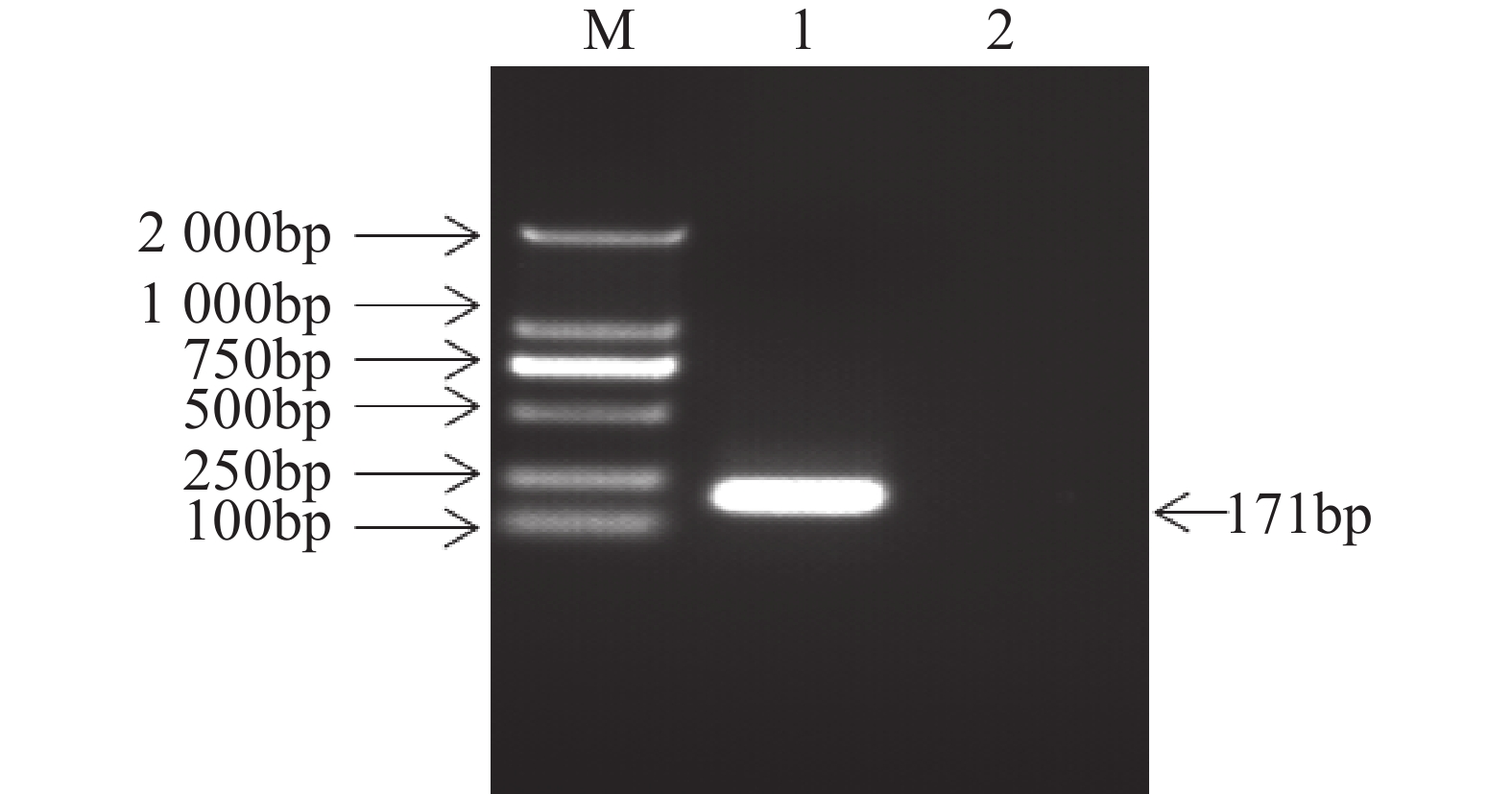
 Abstract
Abstract FullText HTML
FullText HTML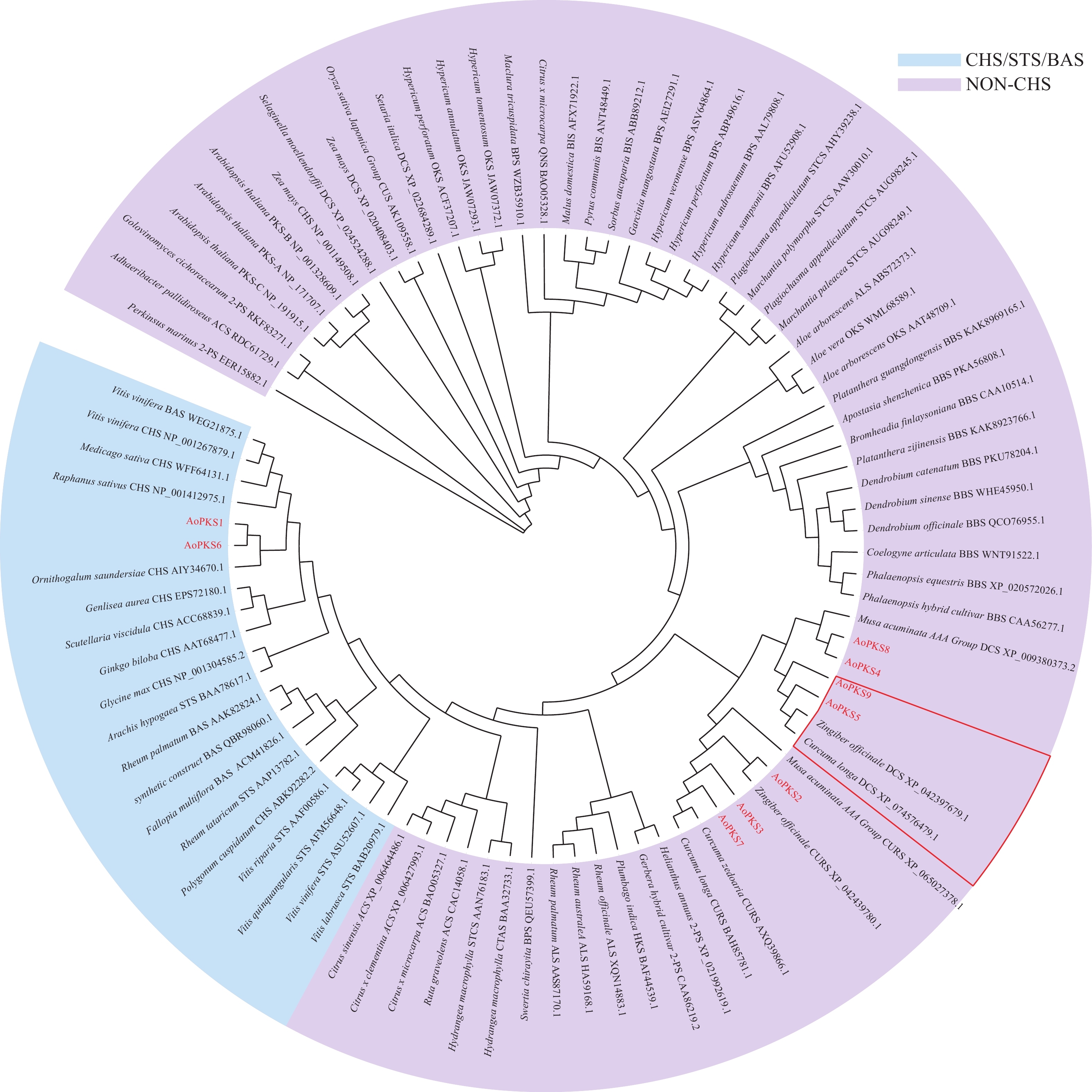
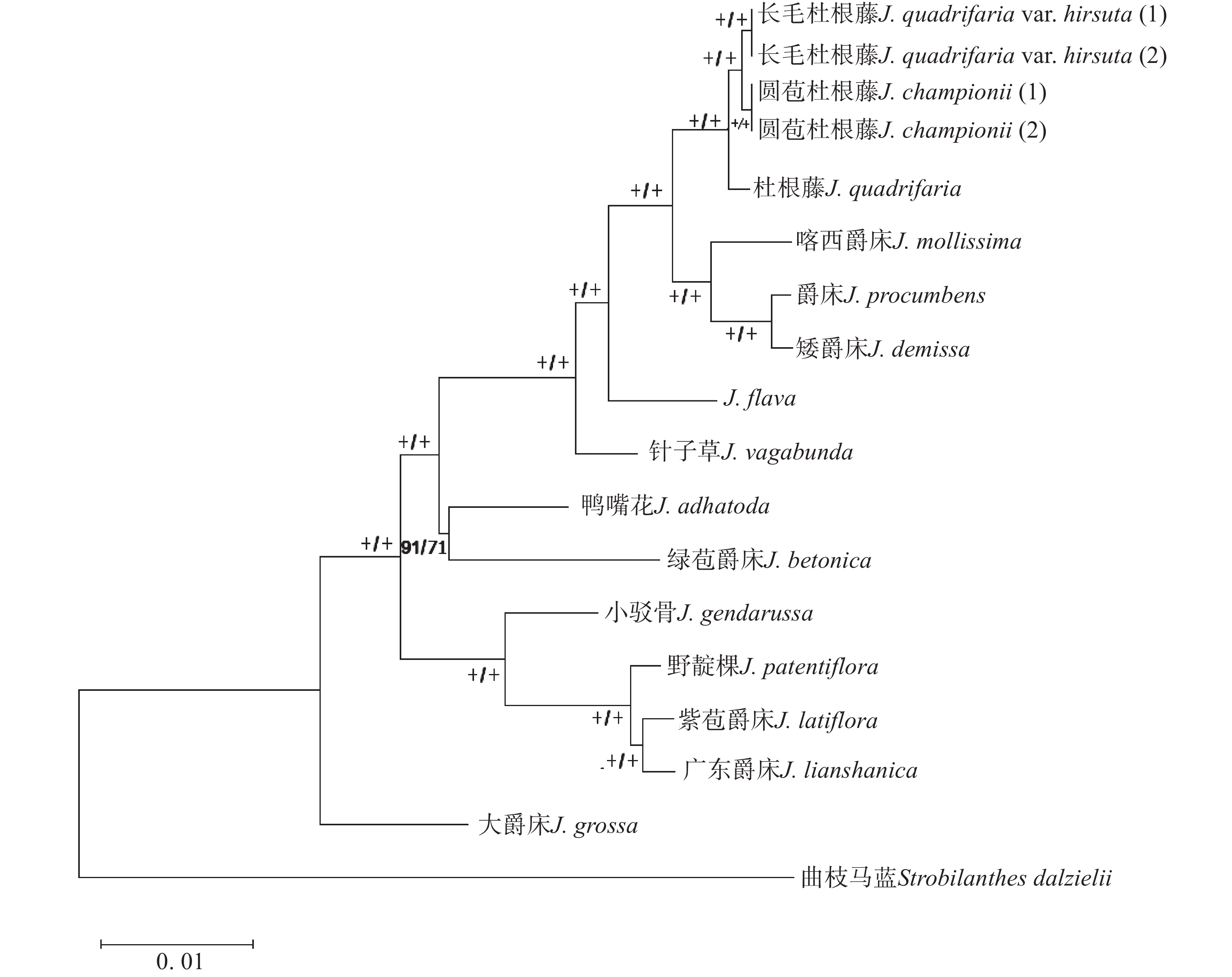
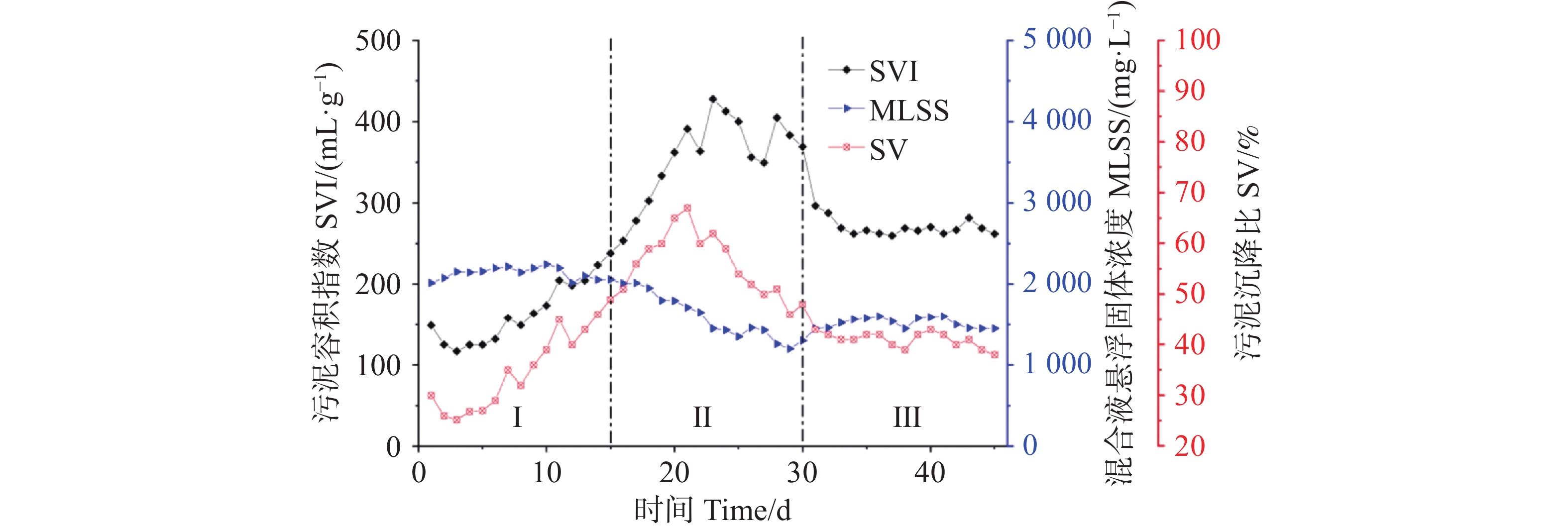
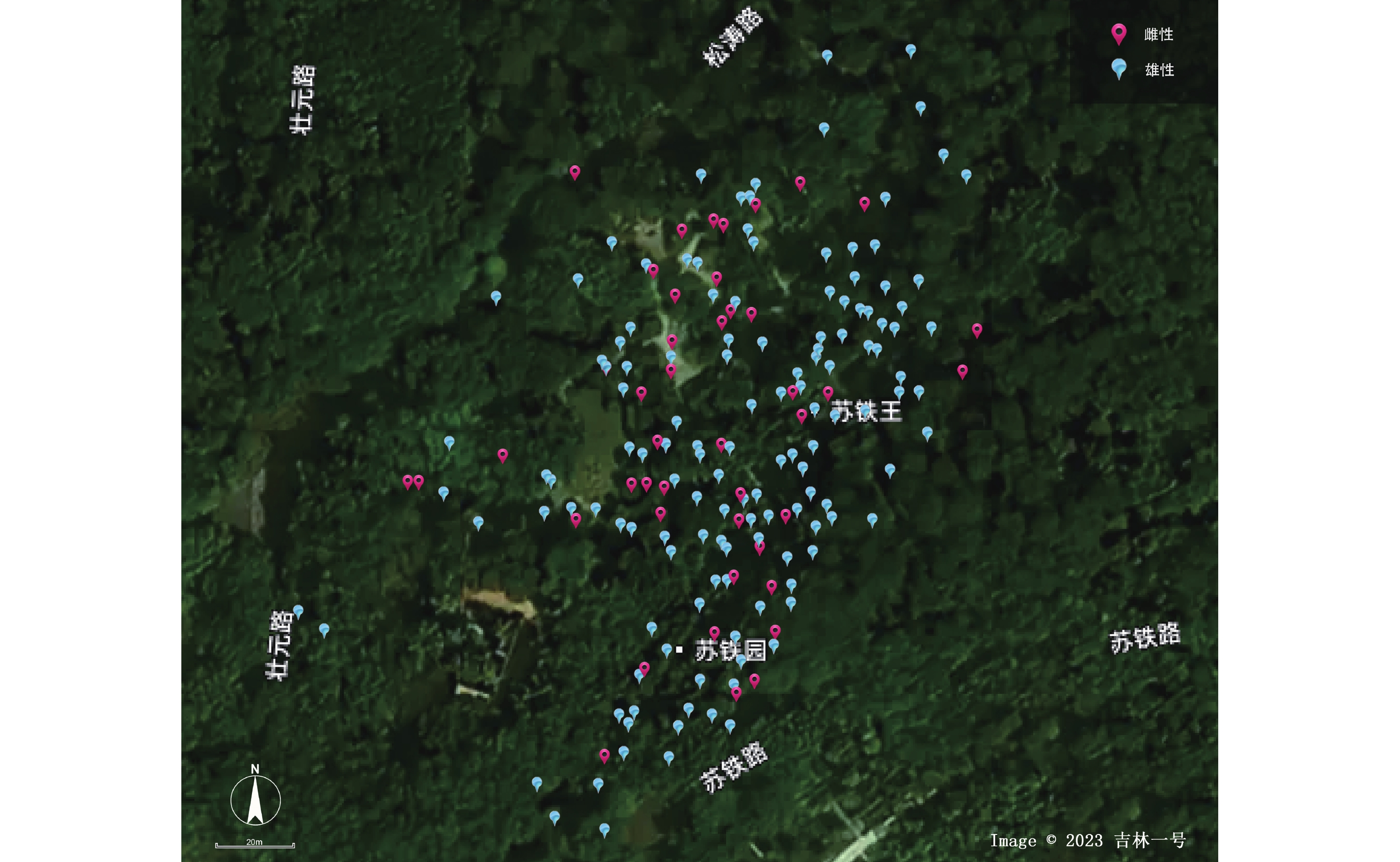


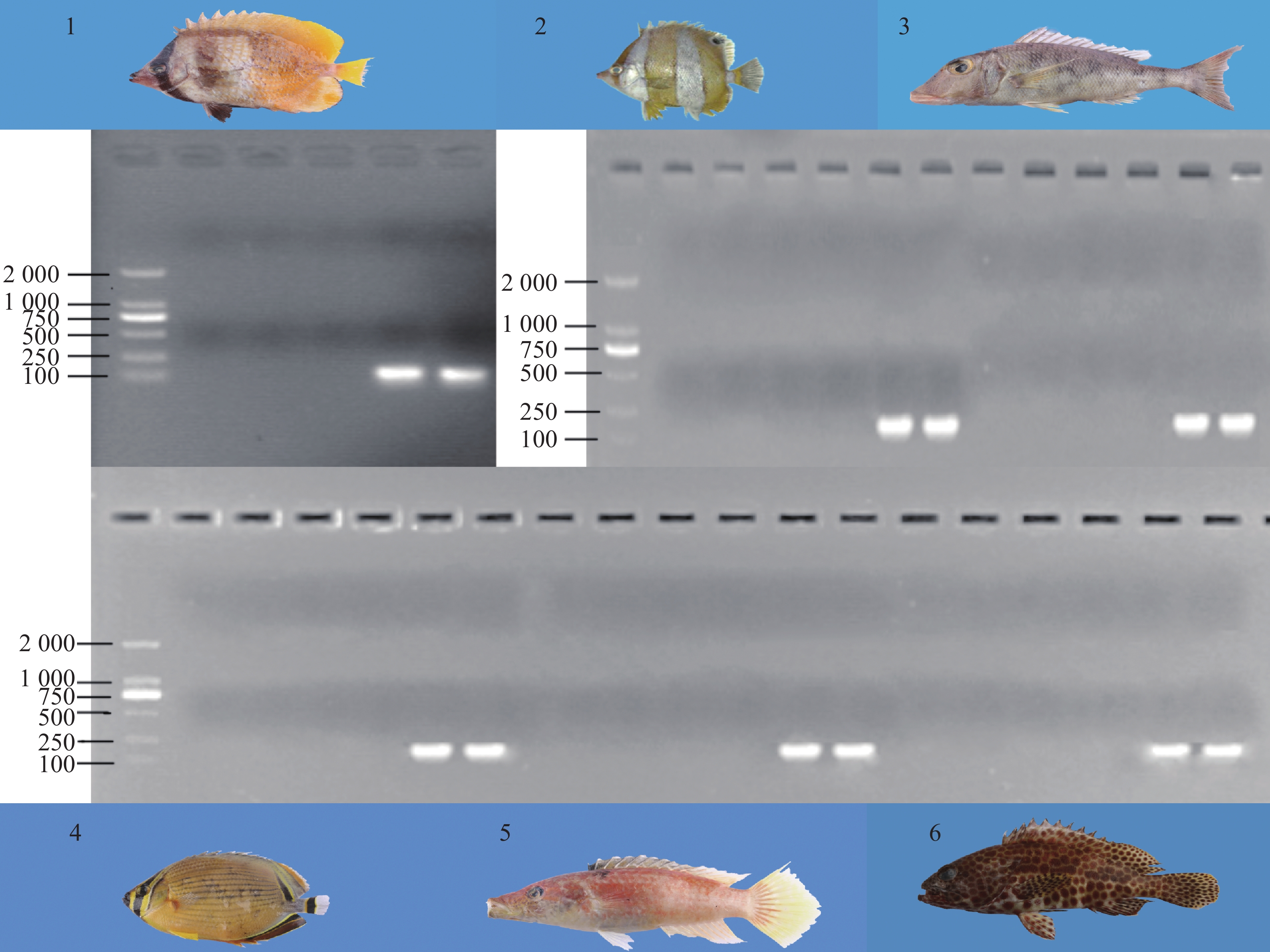
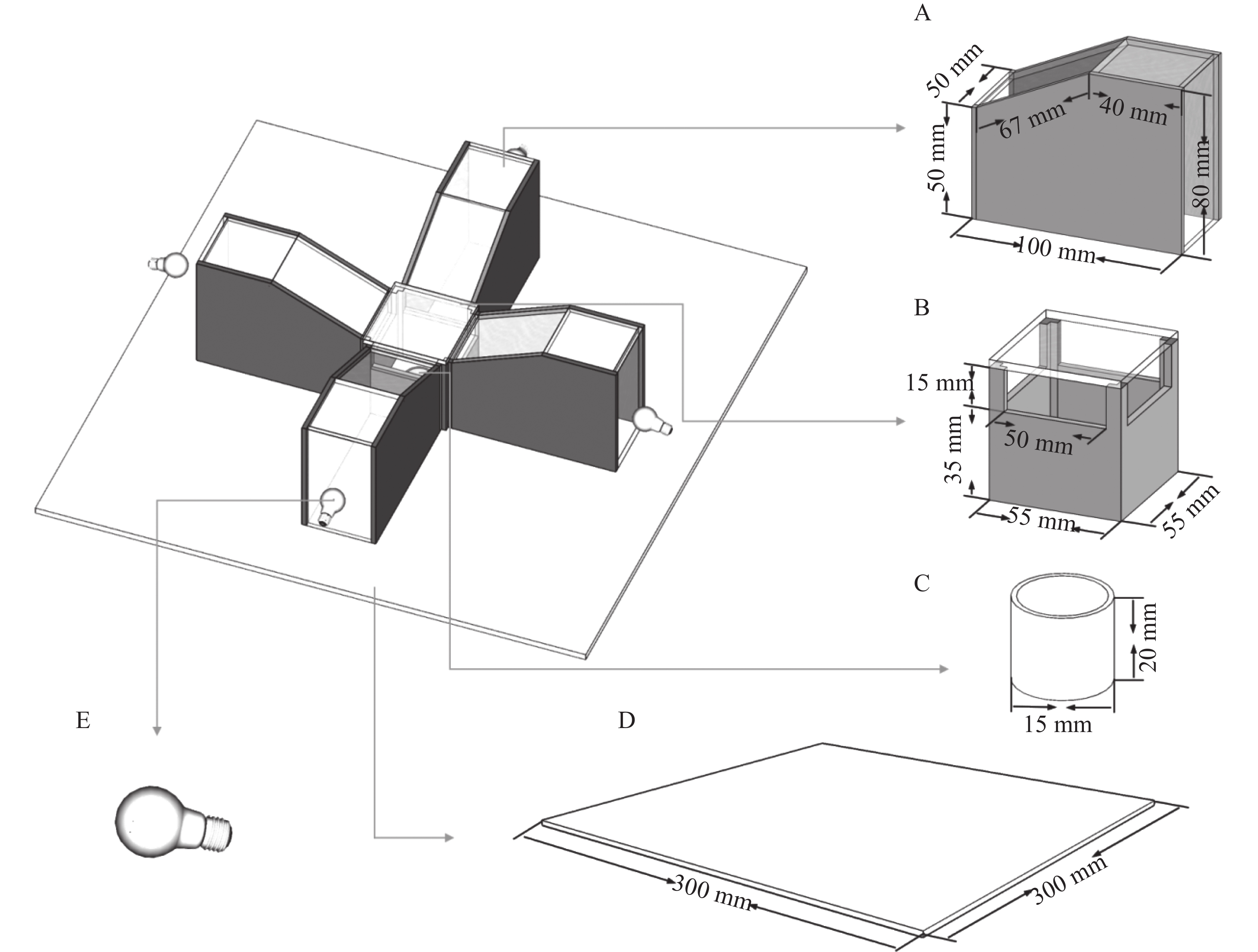
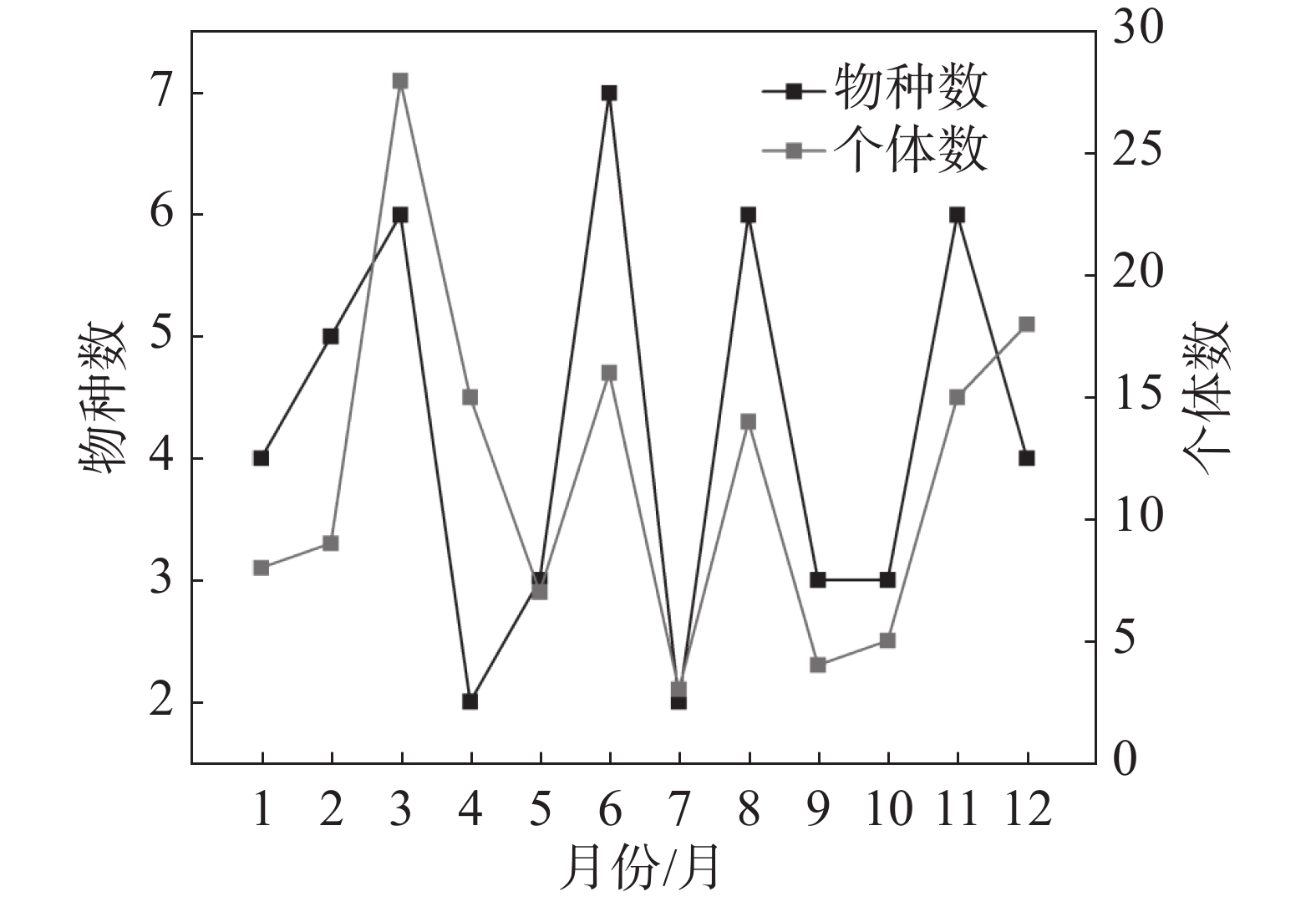
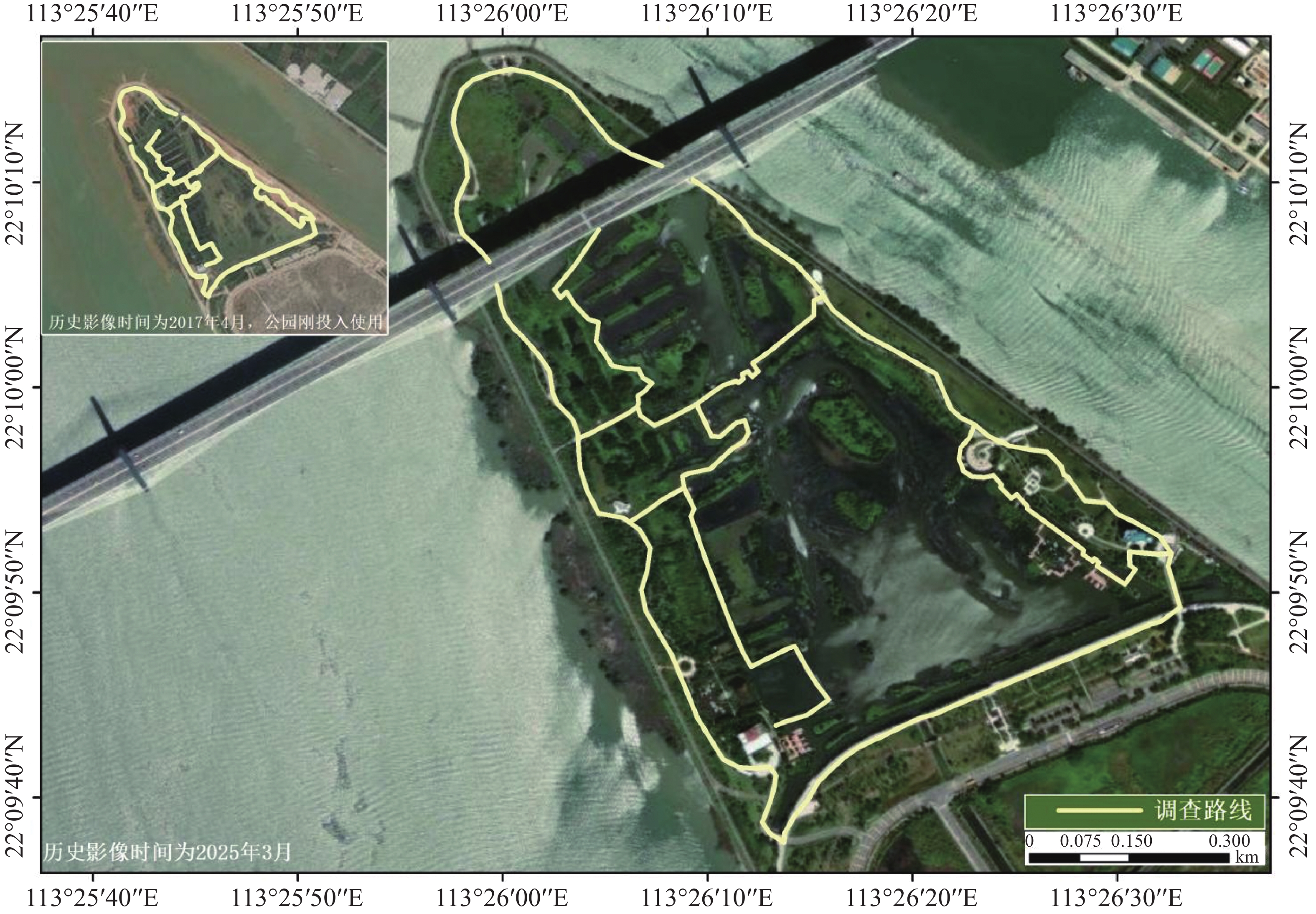
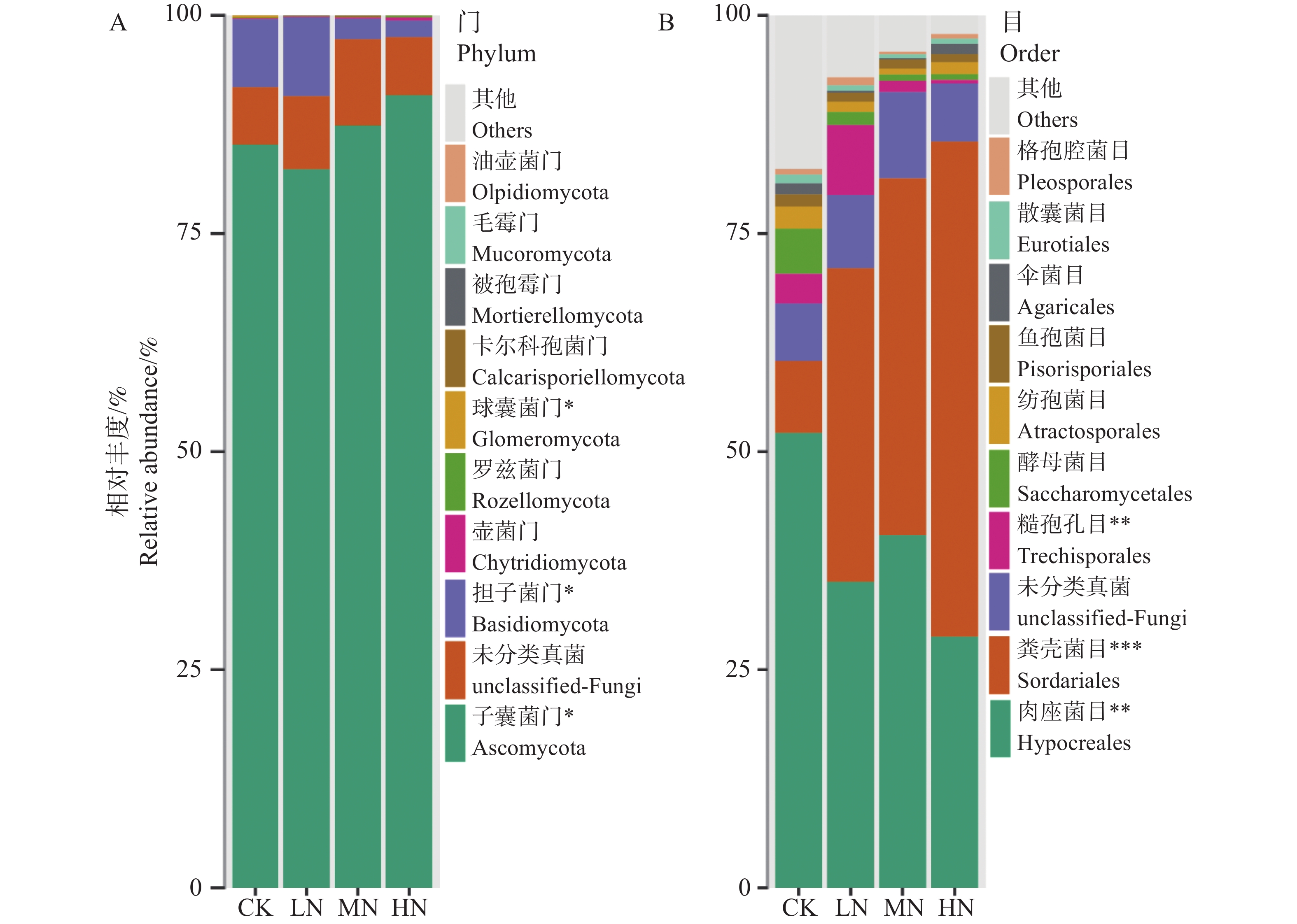
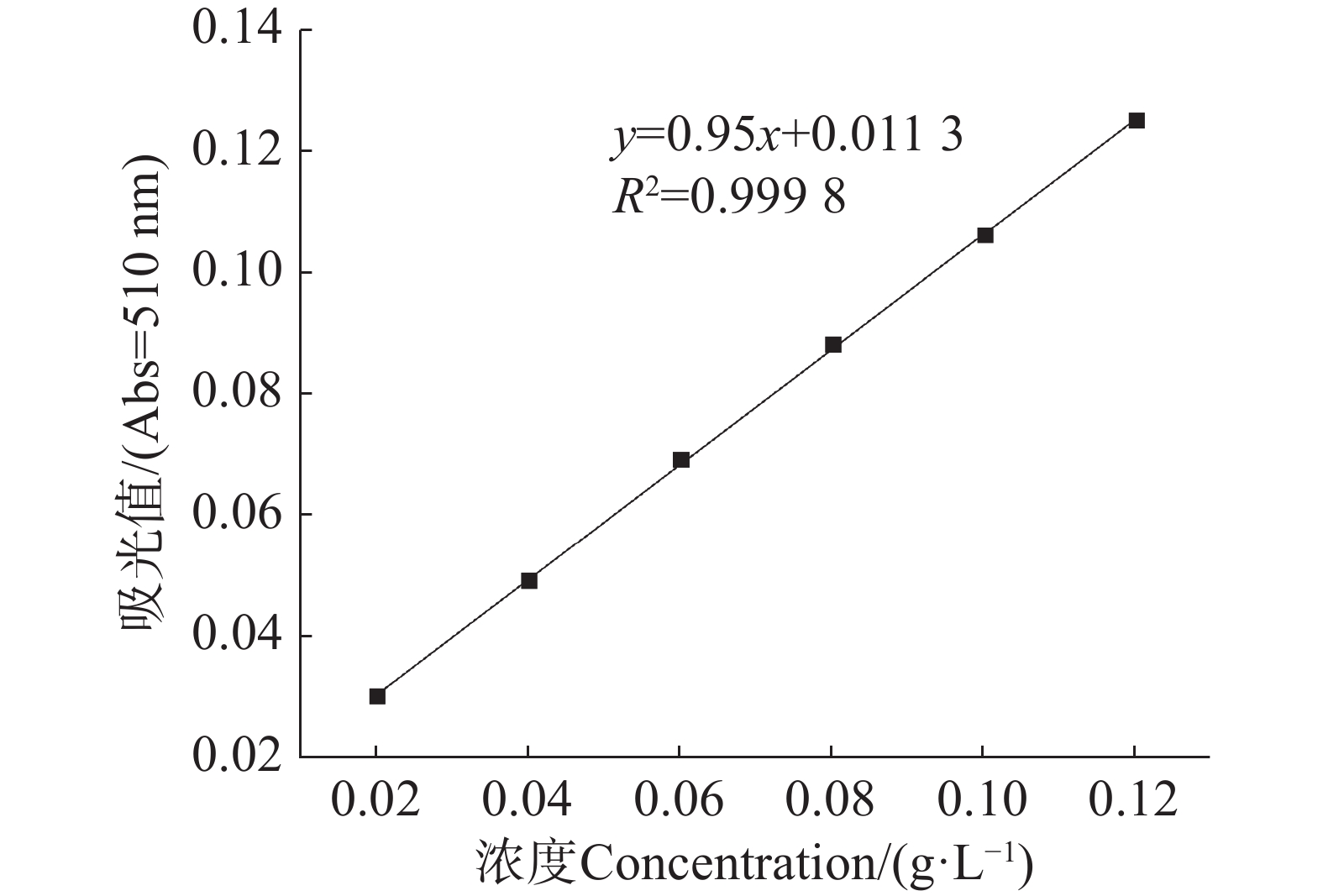
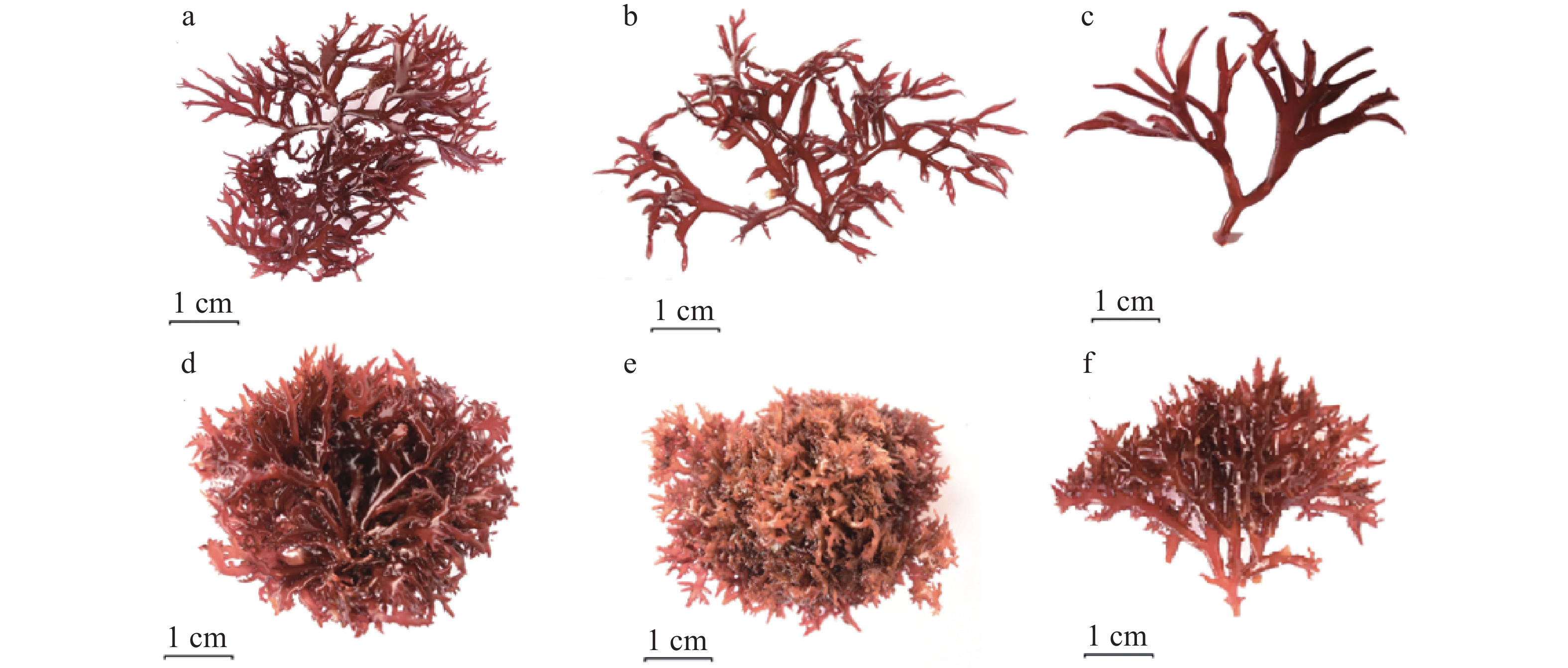

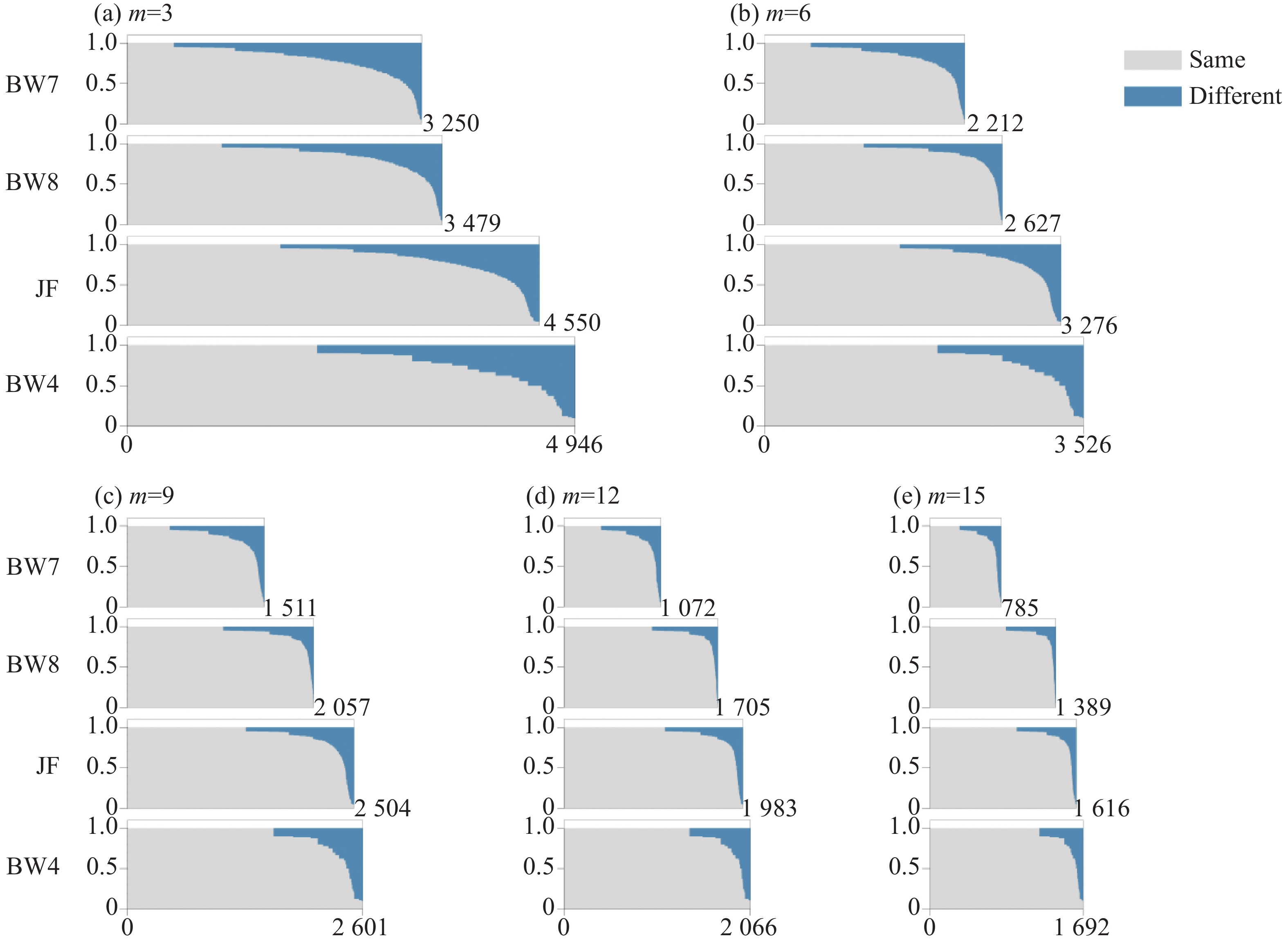

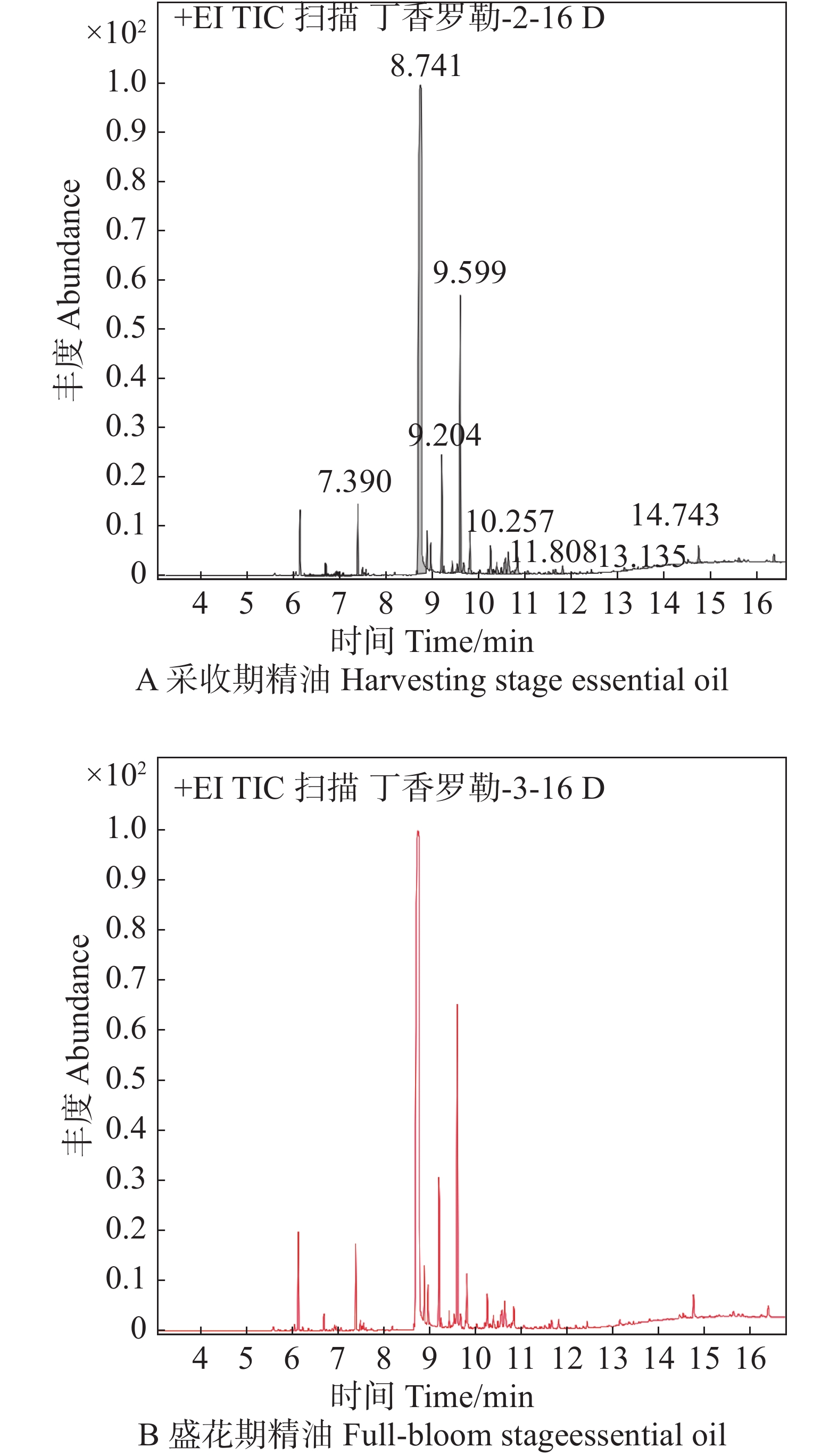

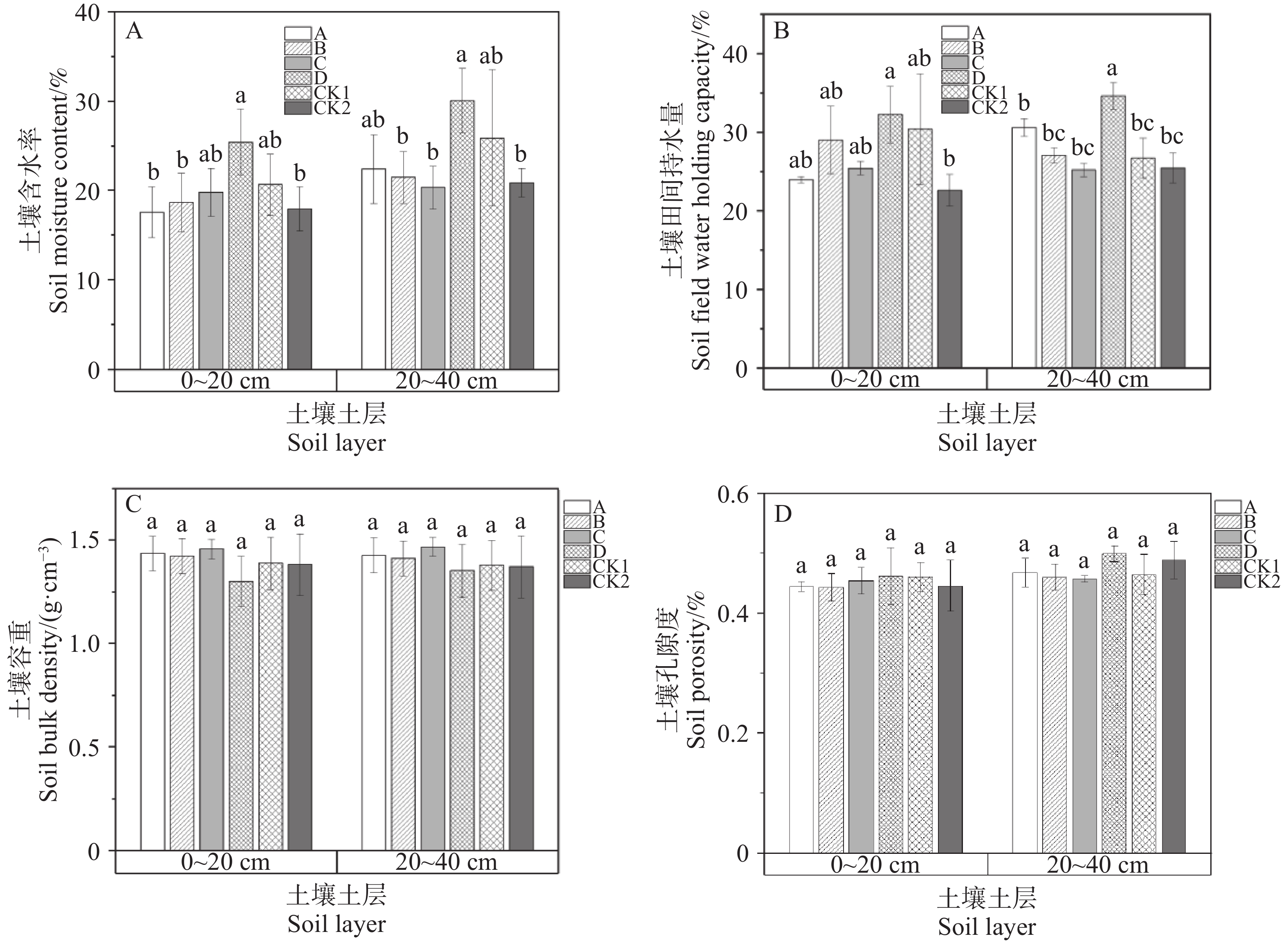
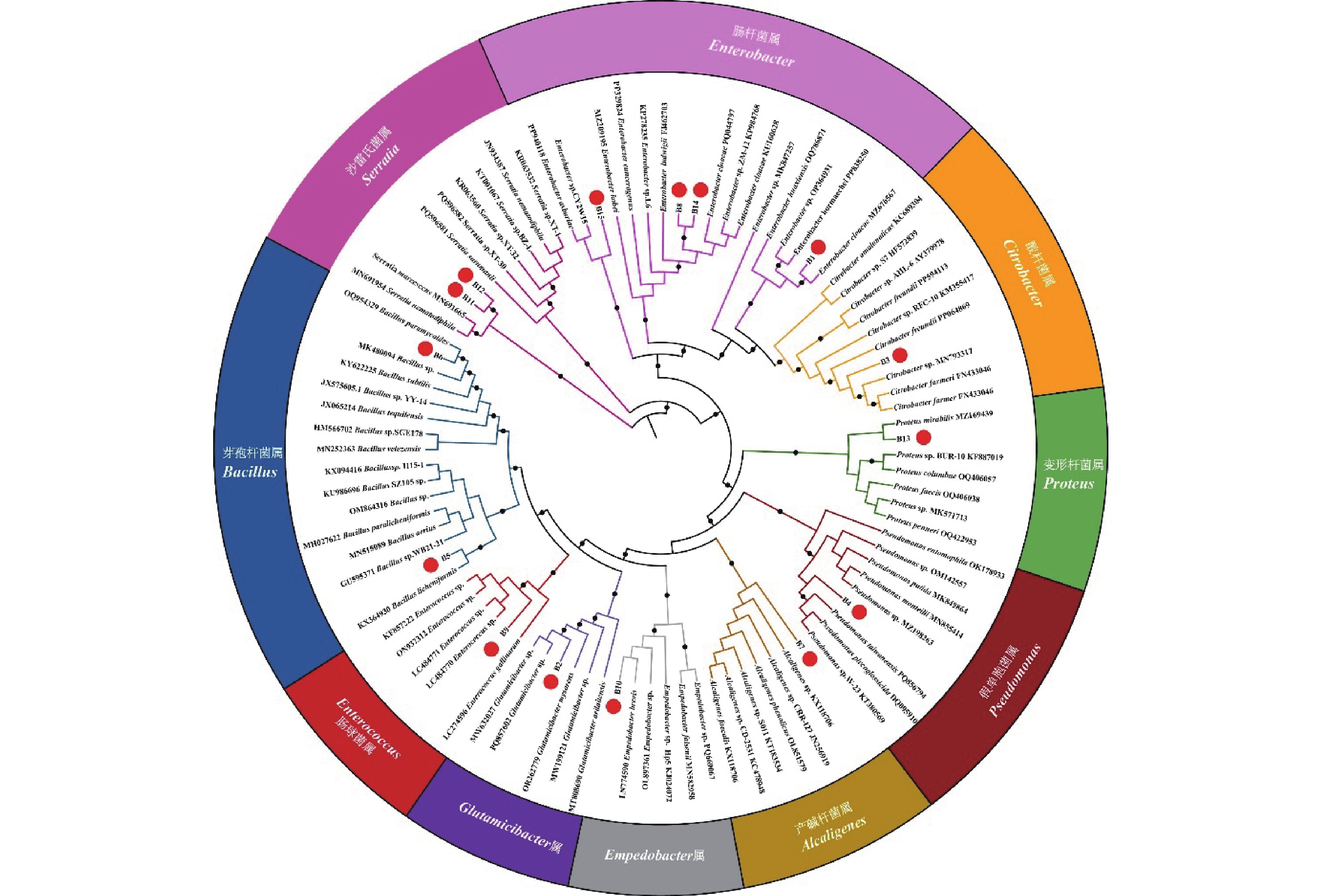
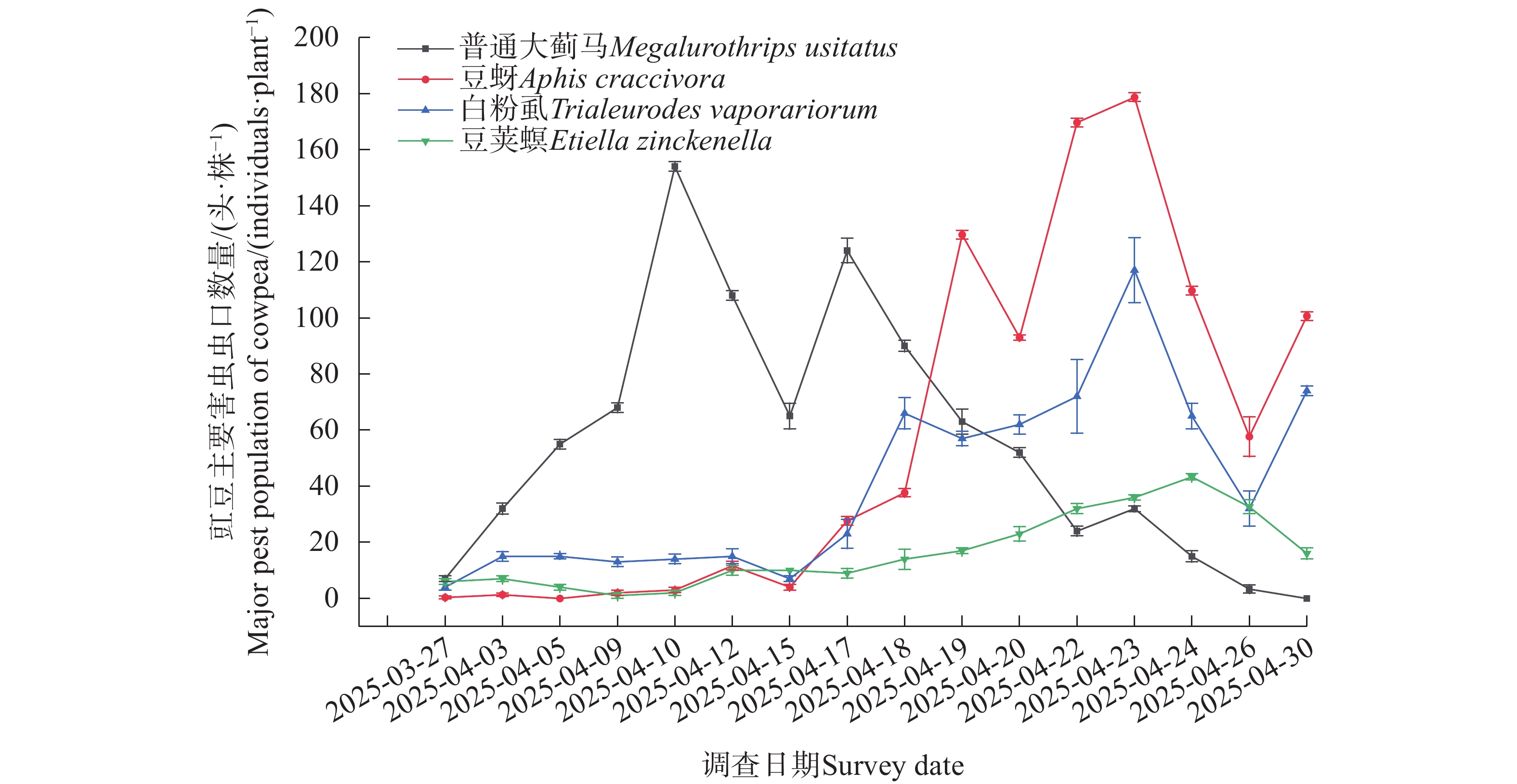
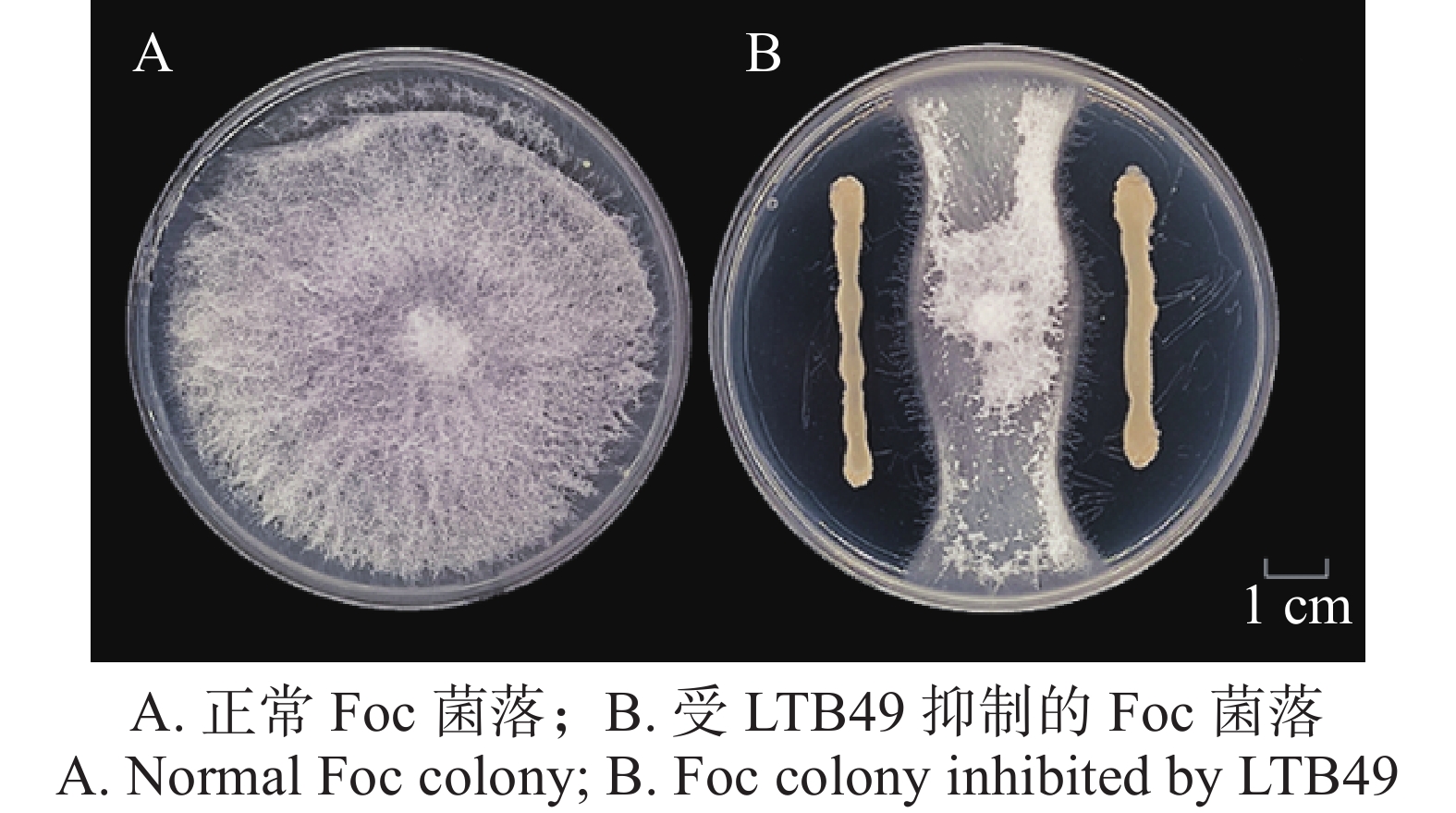
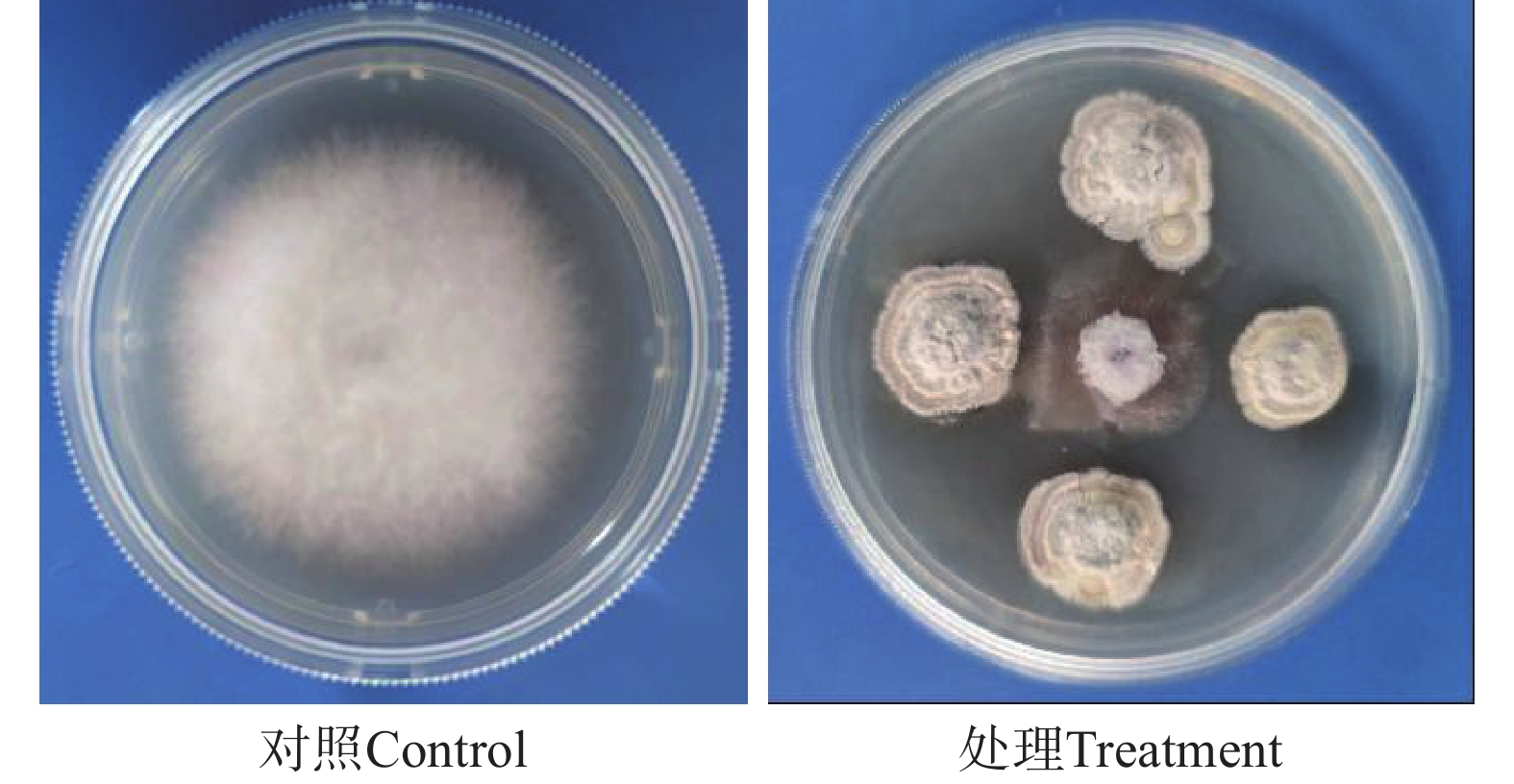

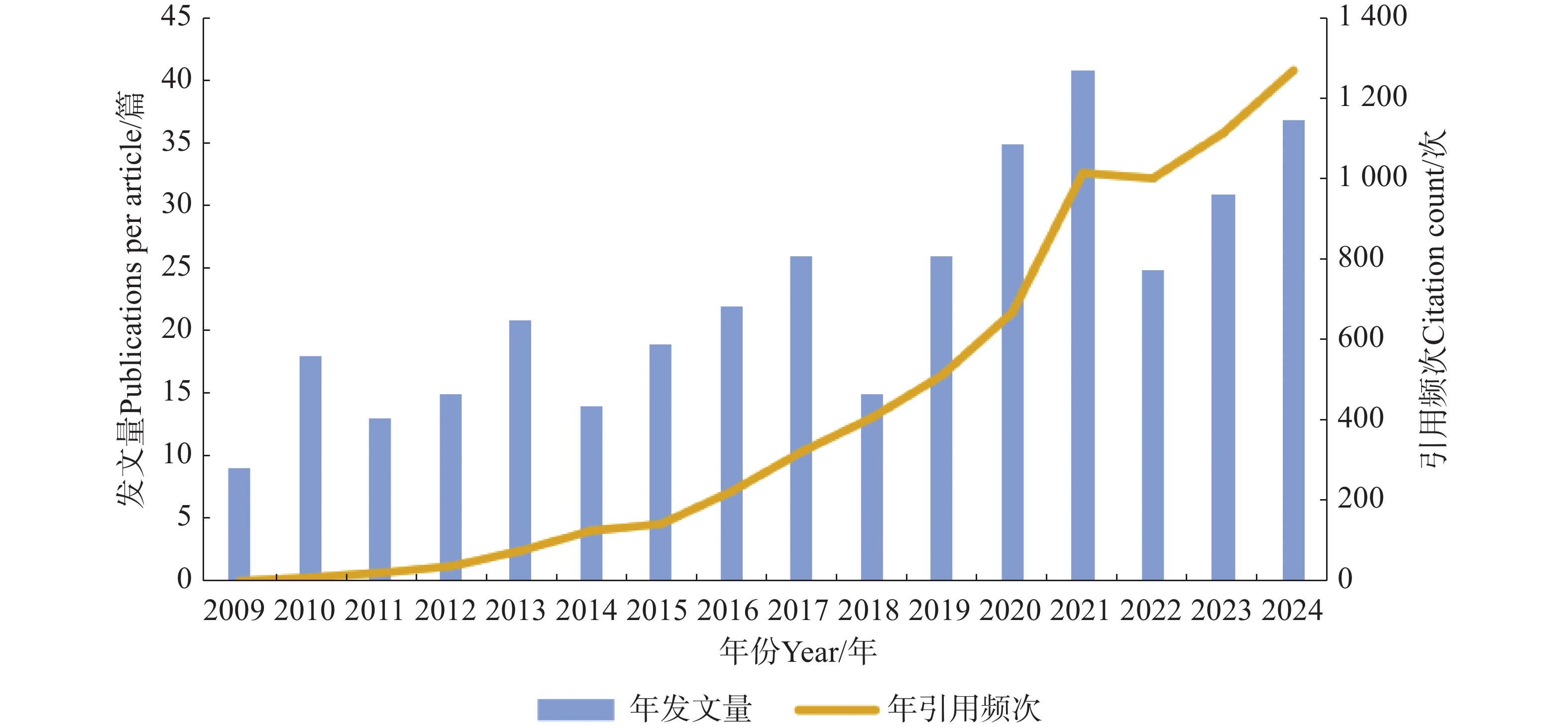


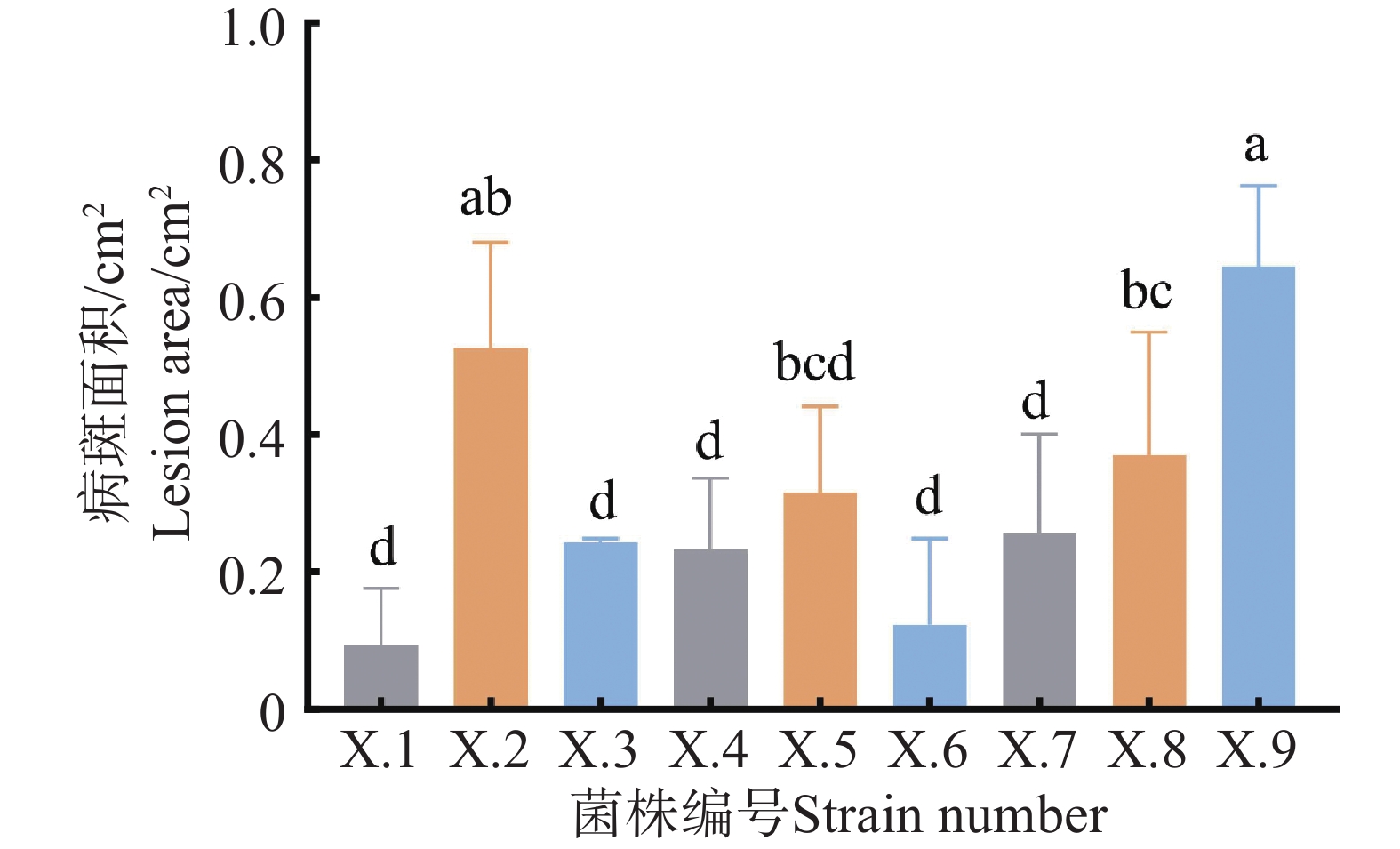
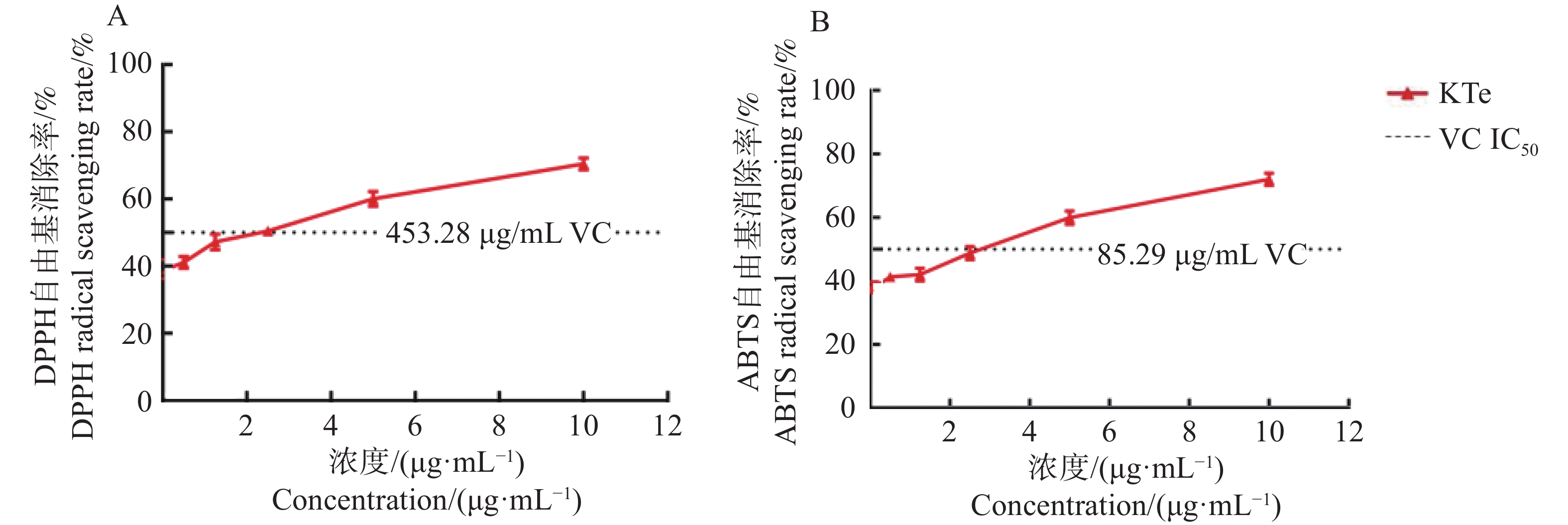

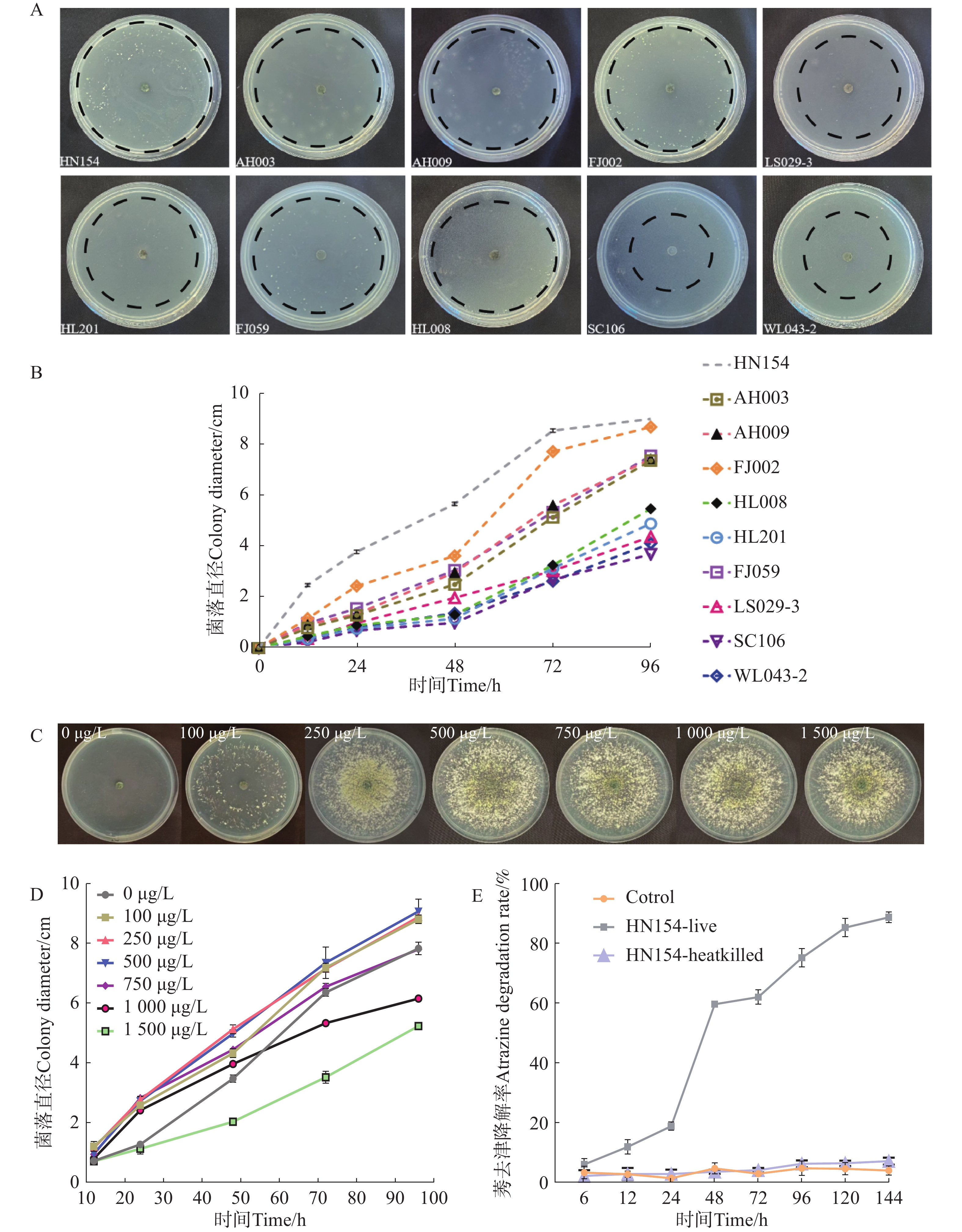

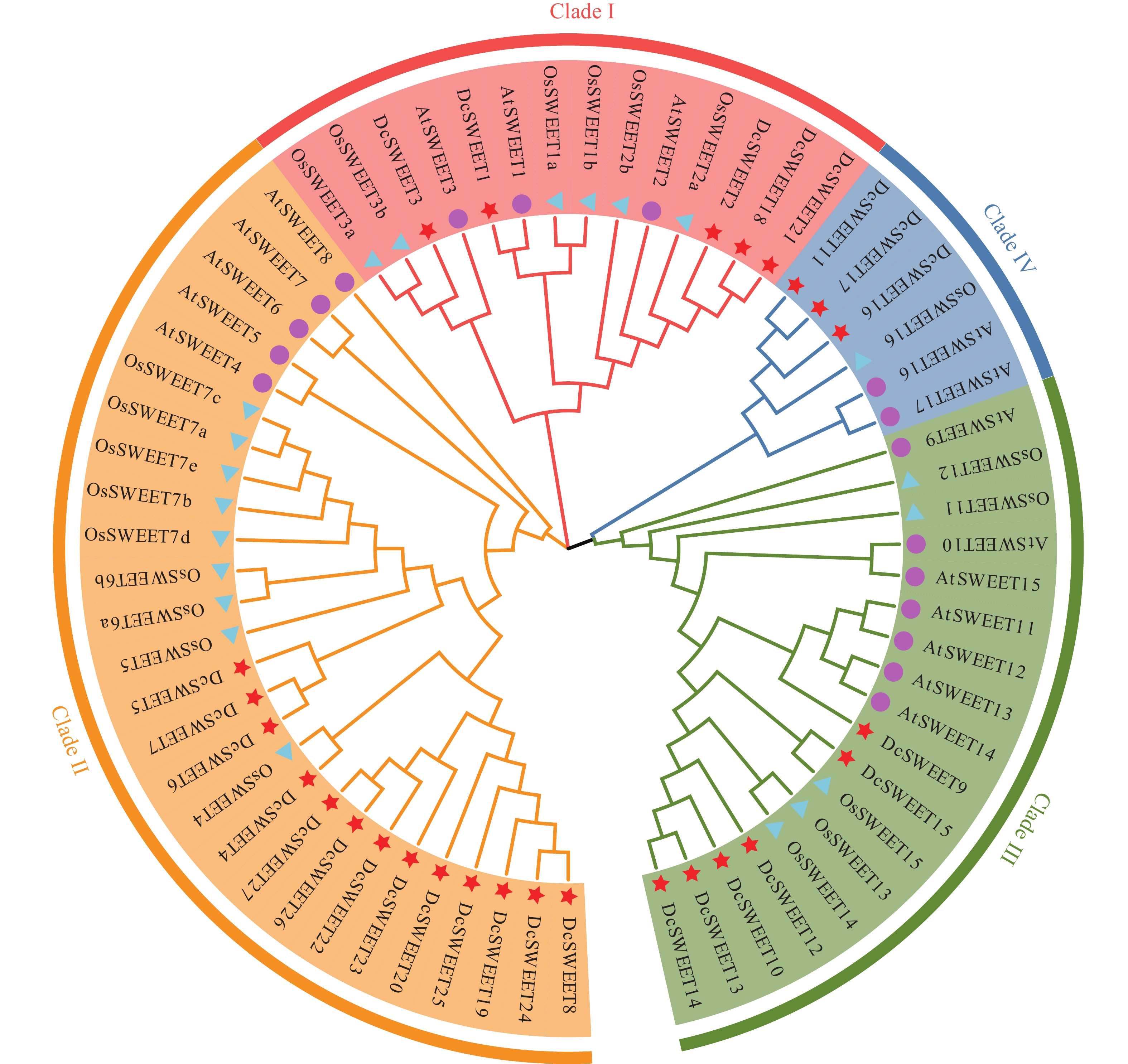

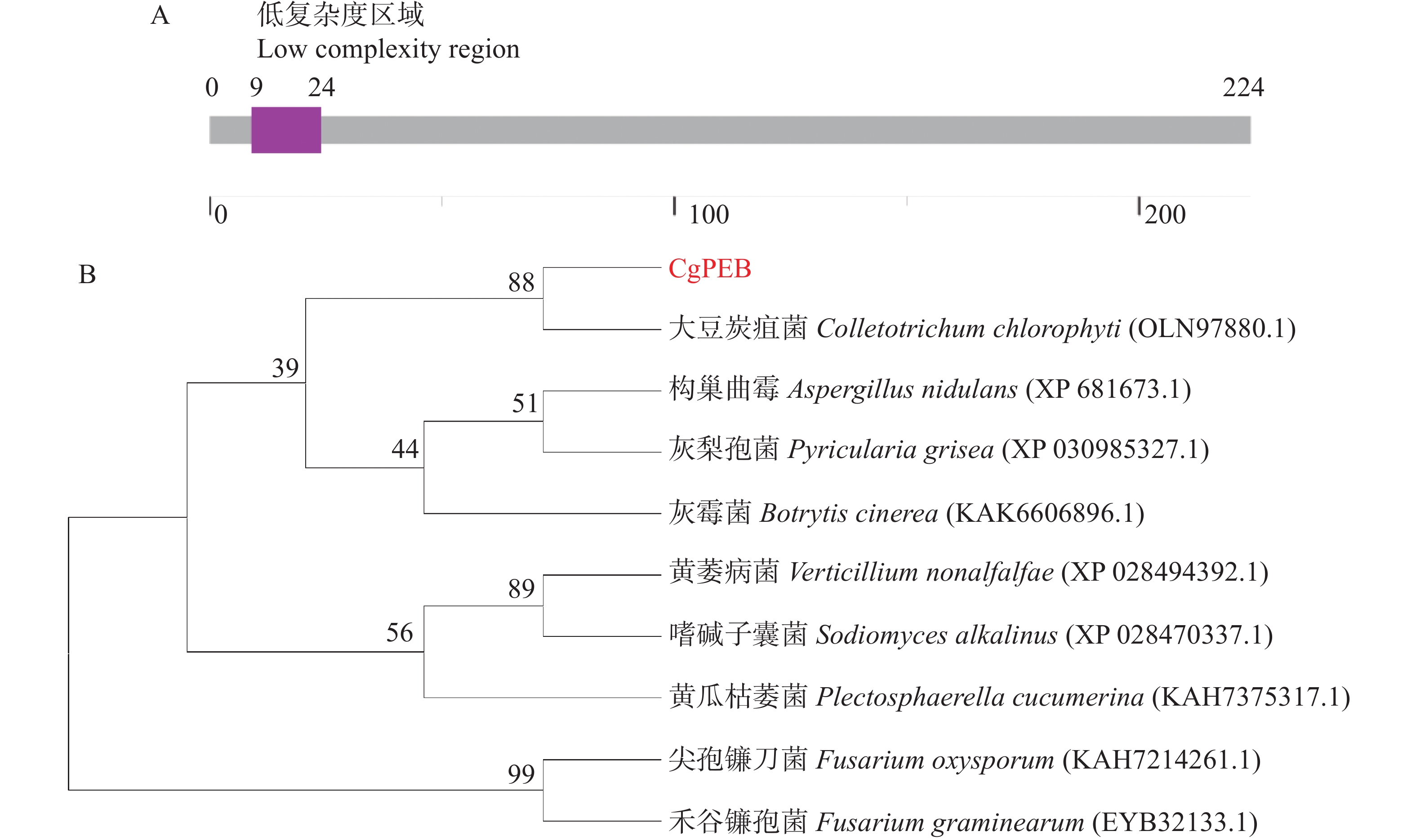
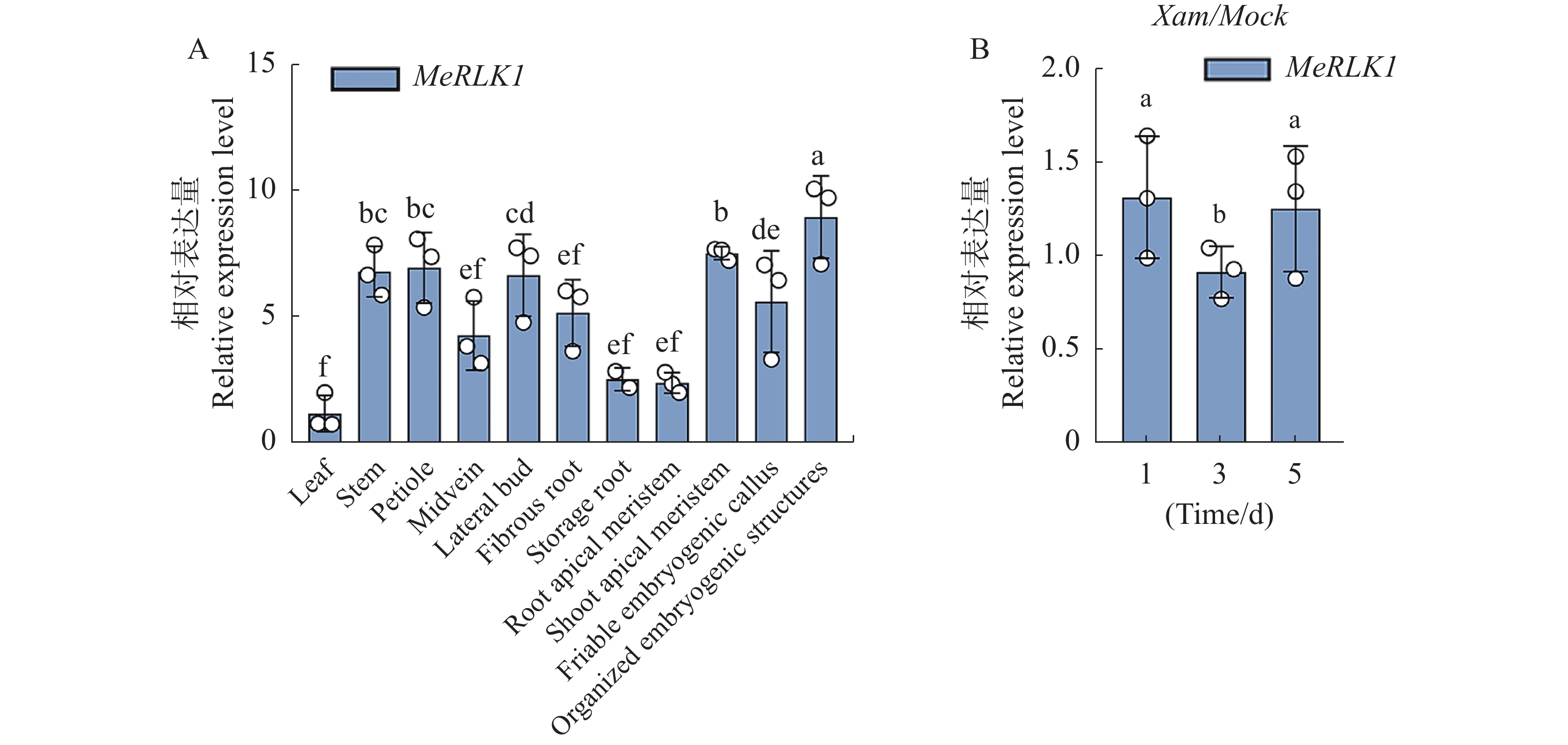
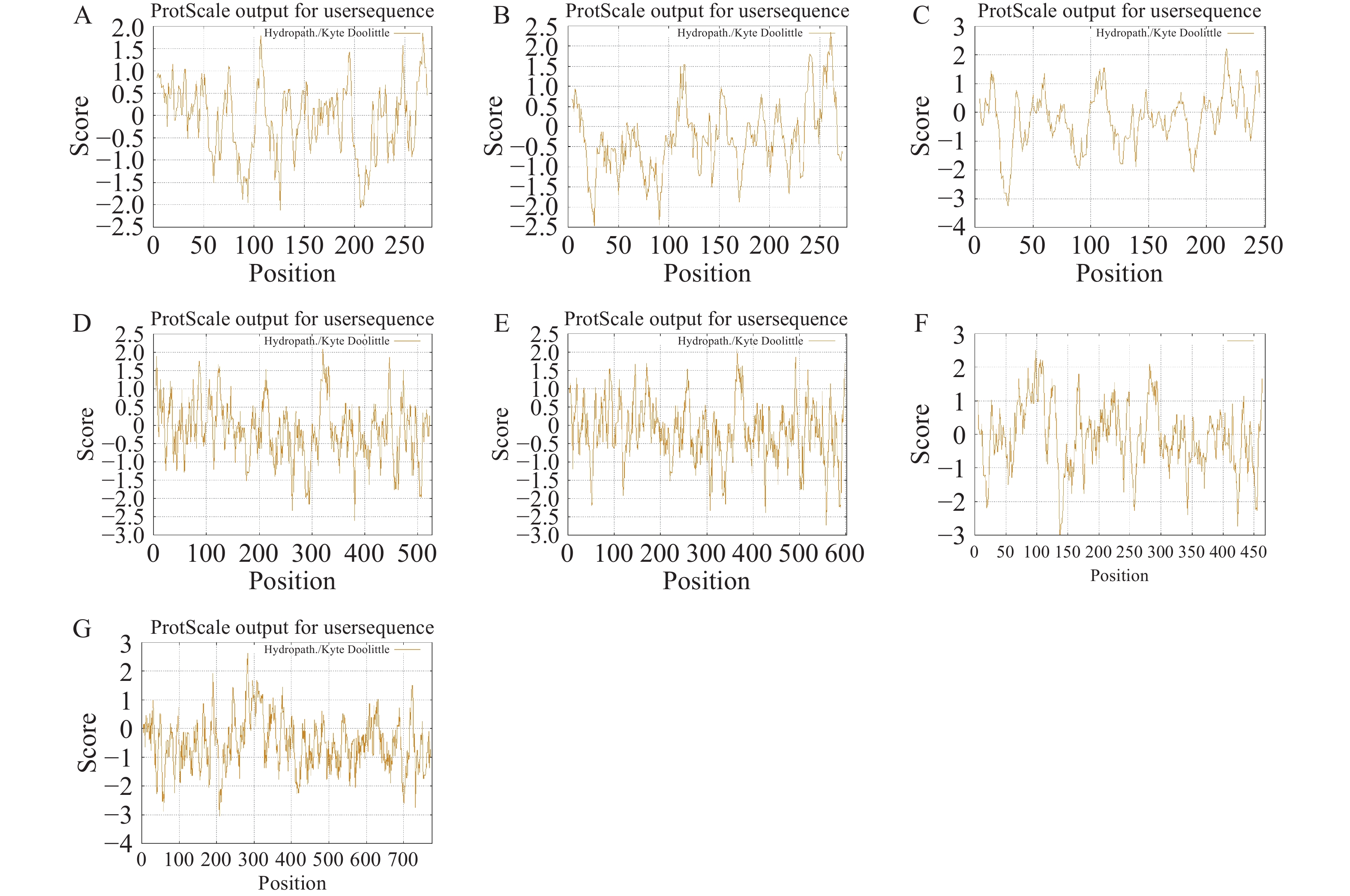
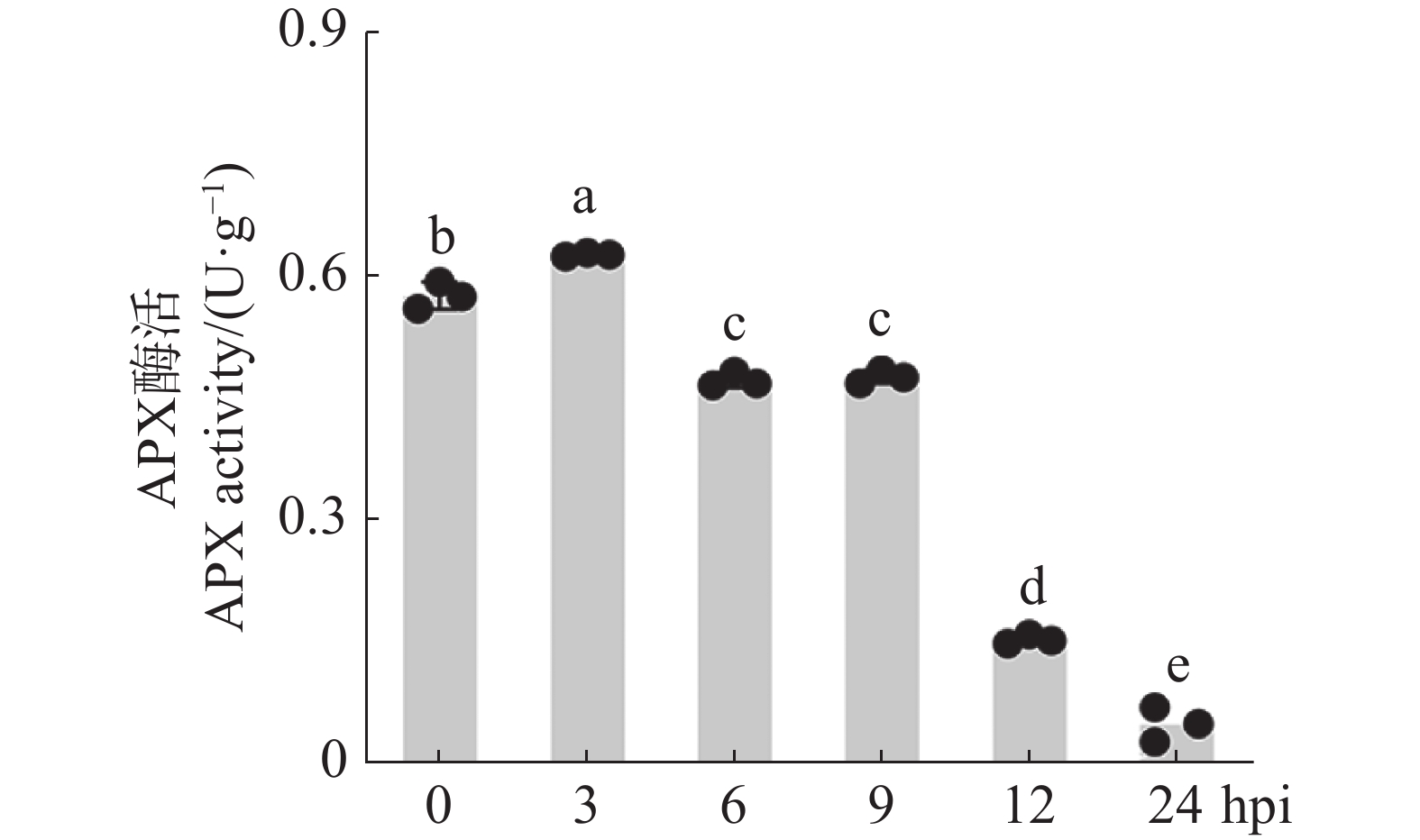
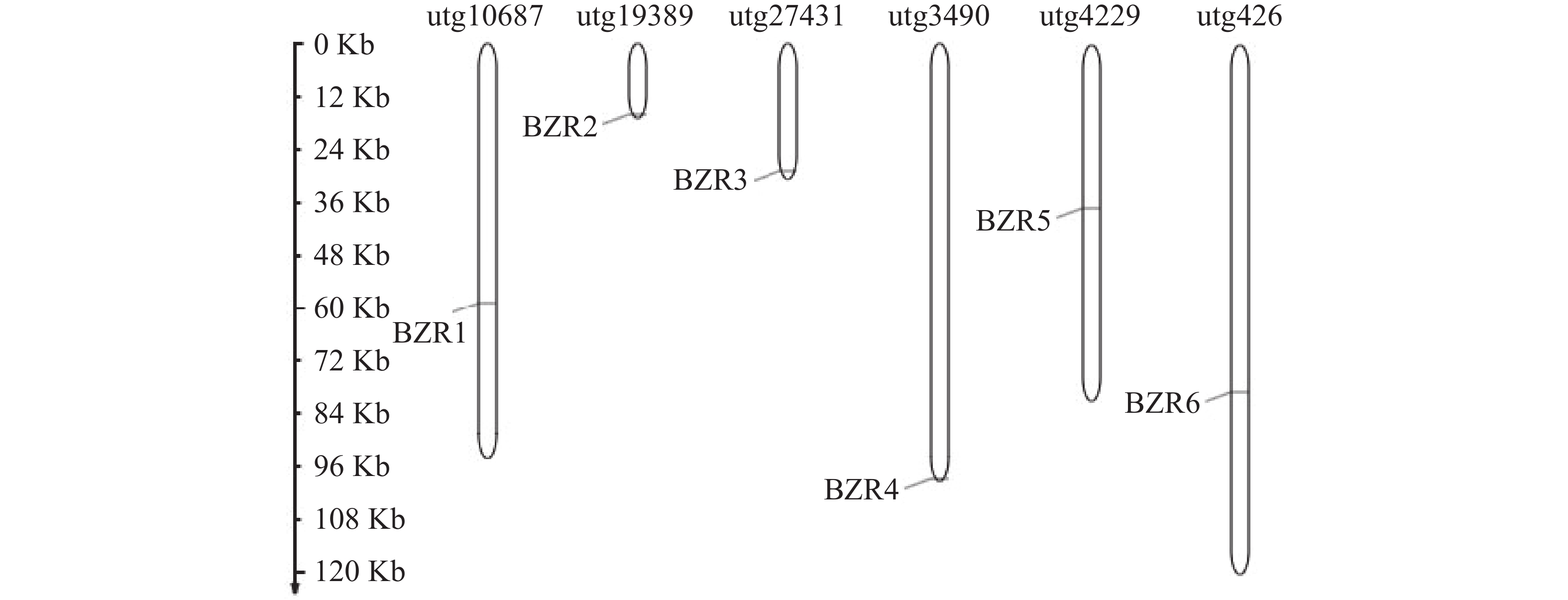

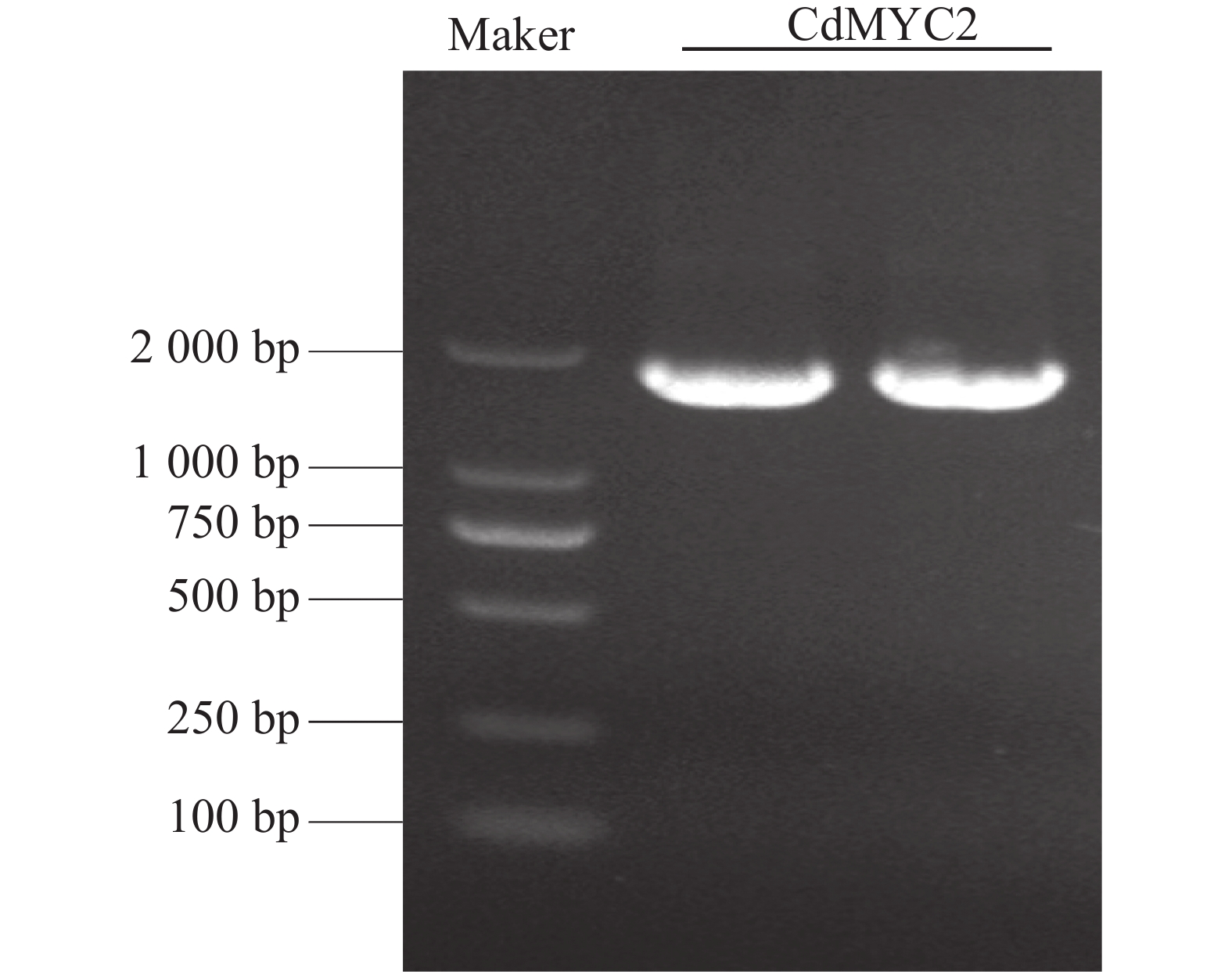



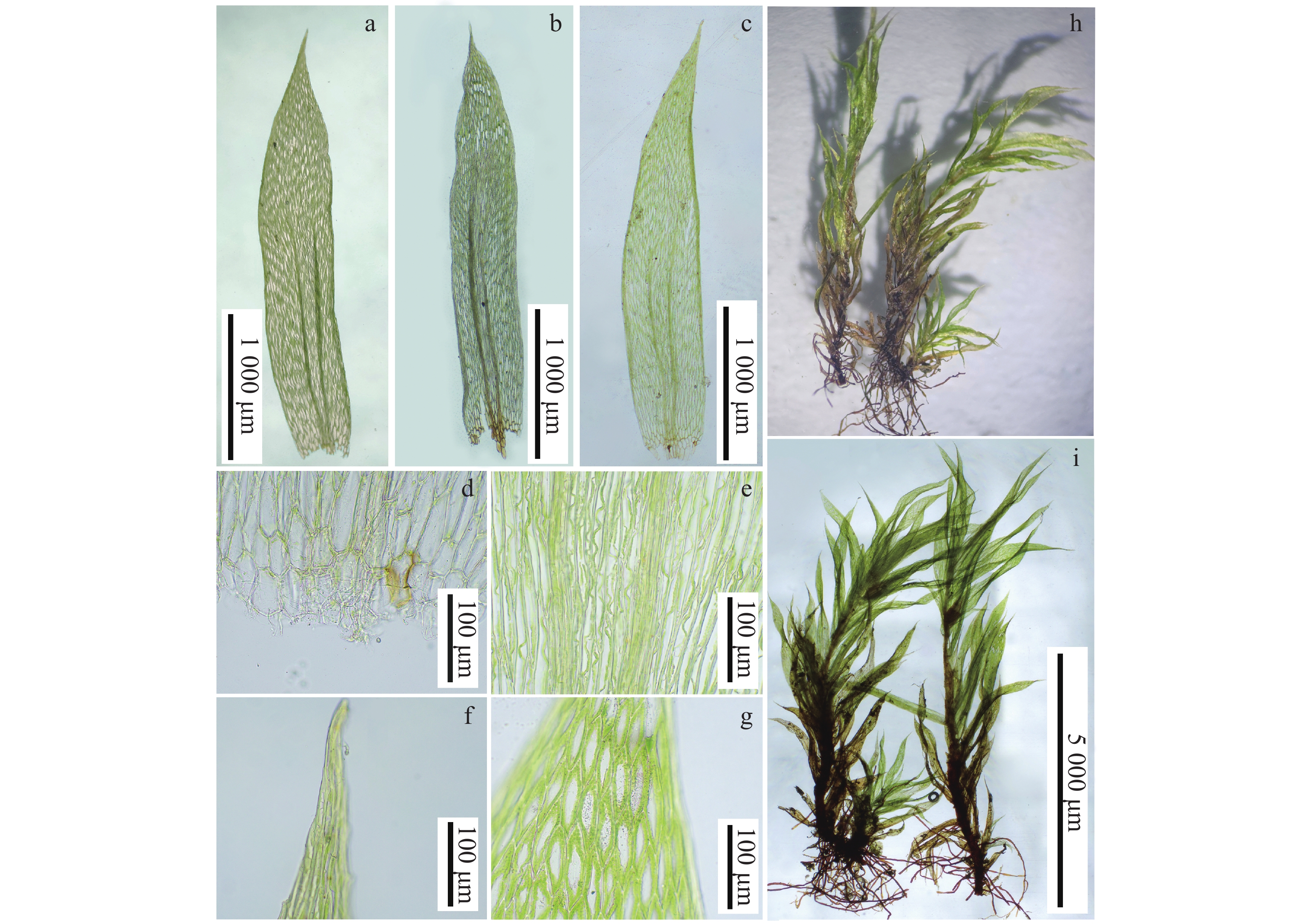
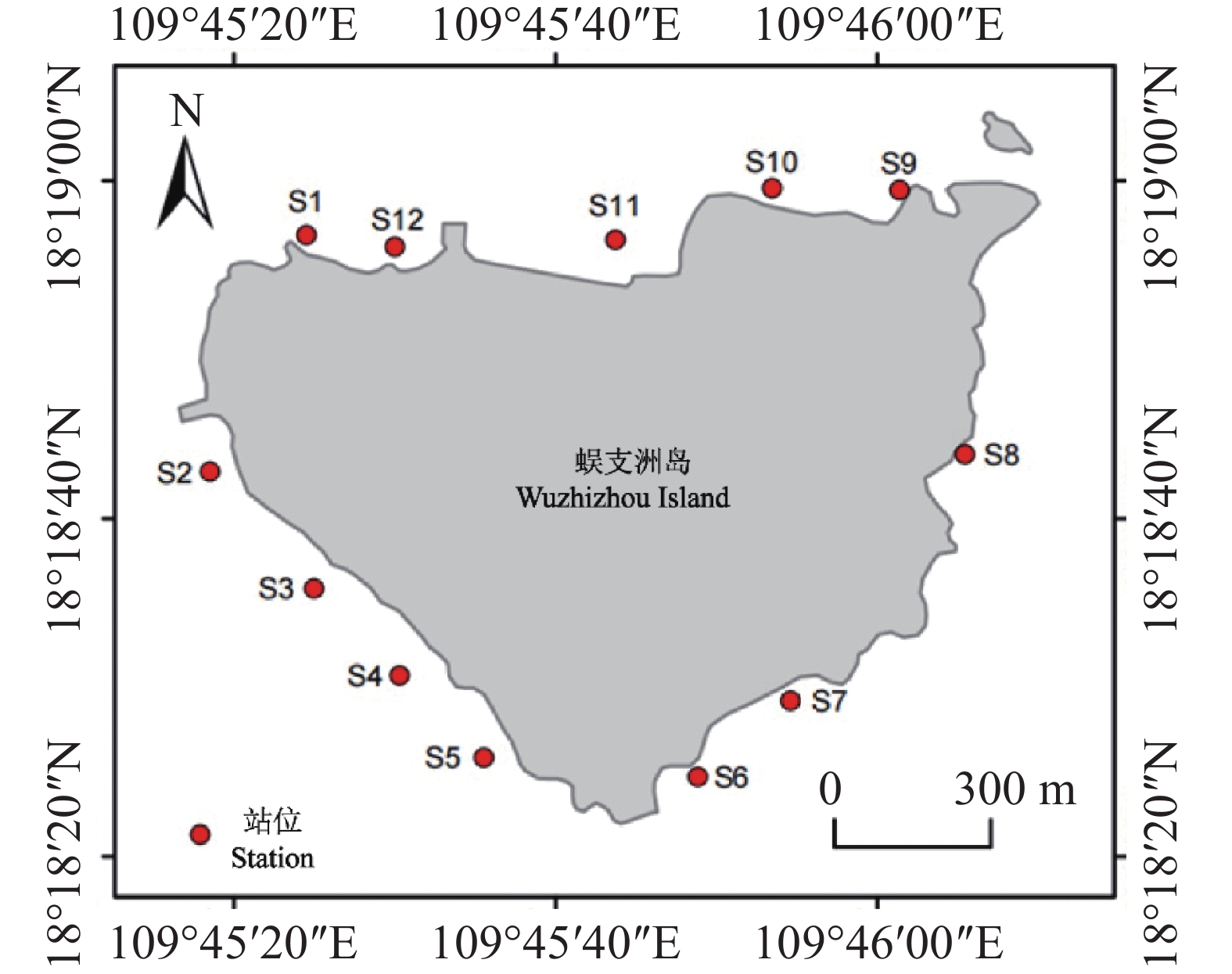
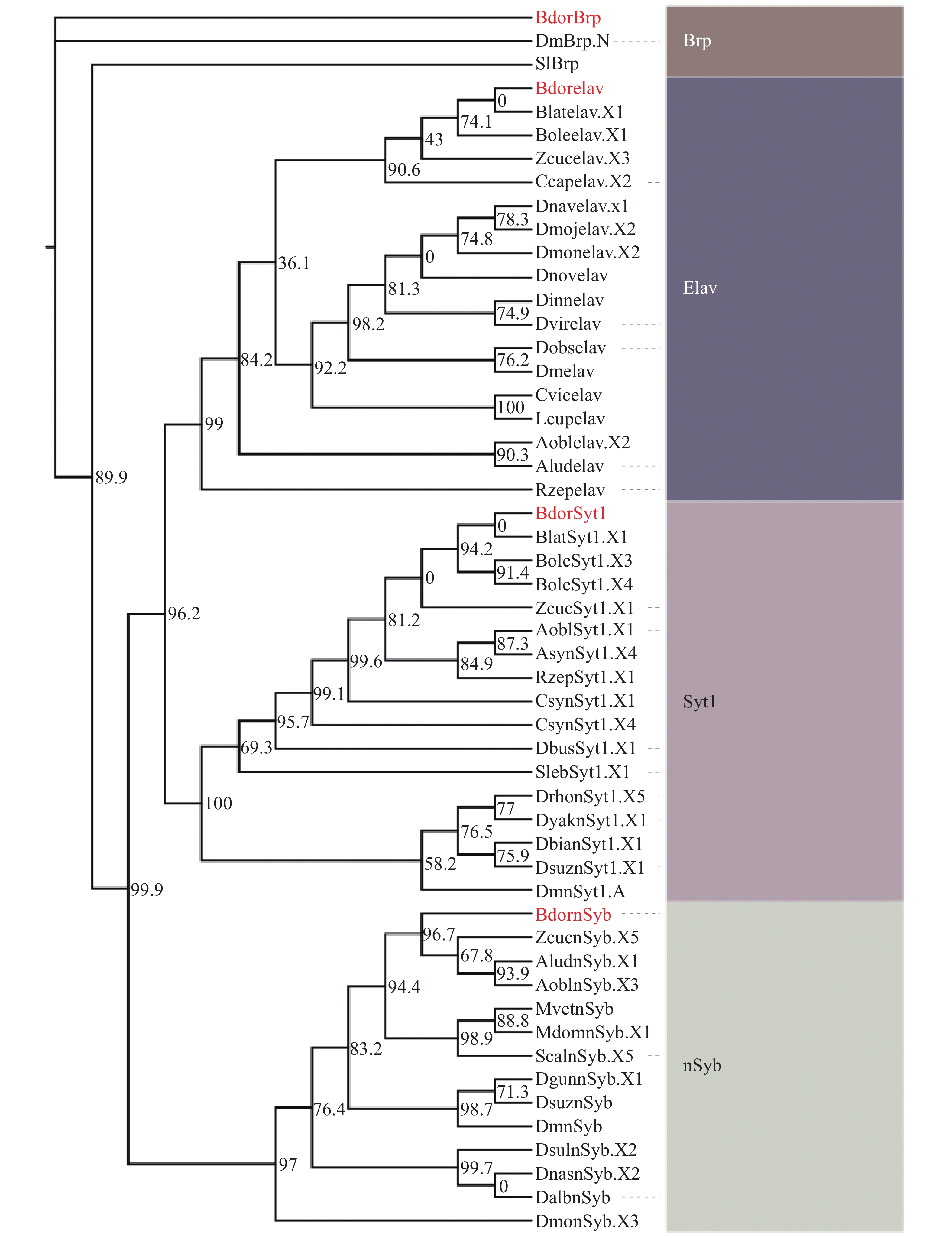
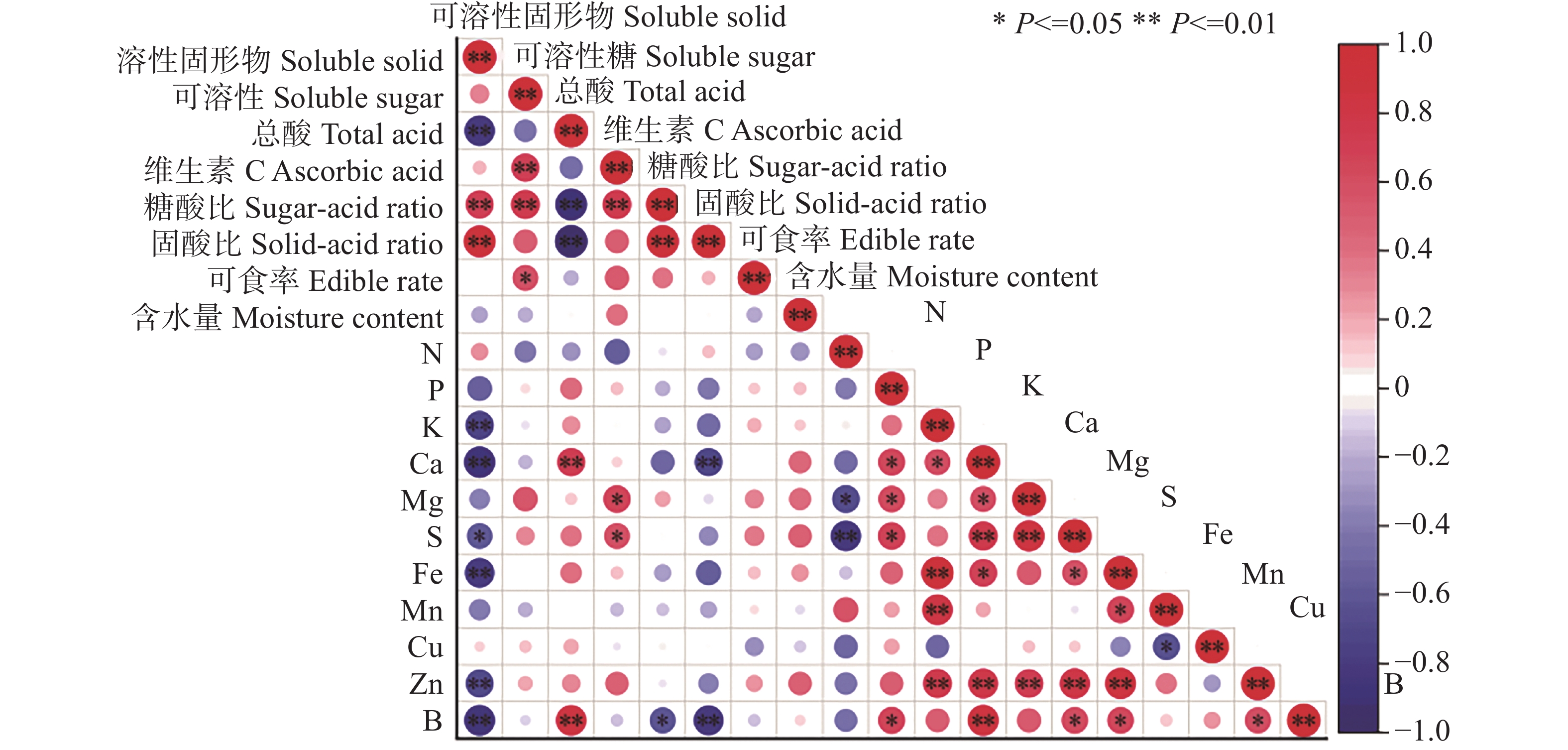
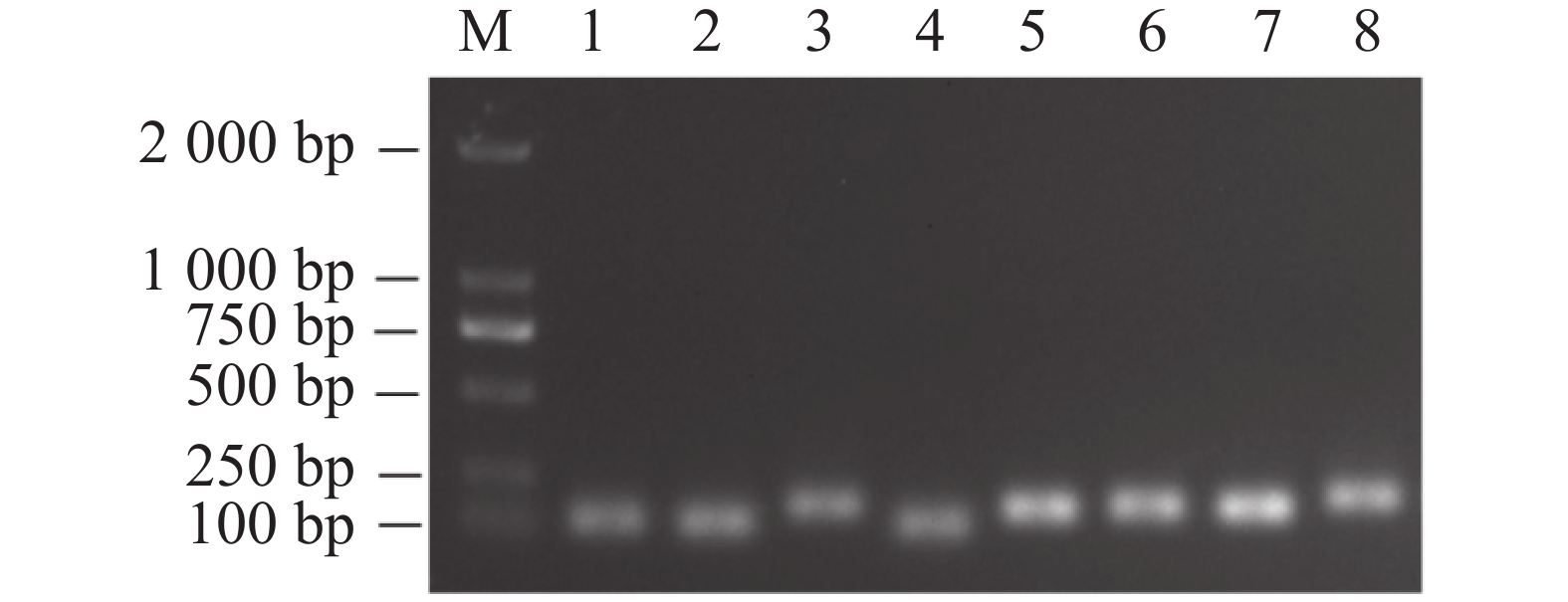



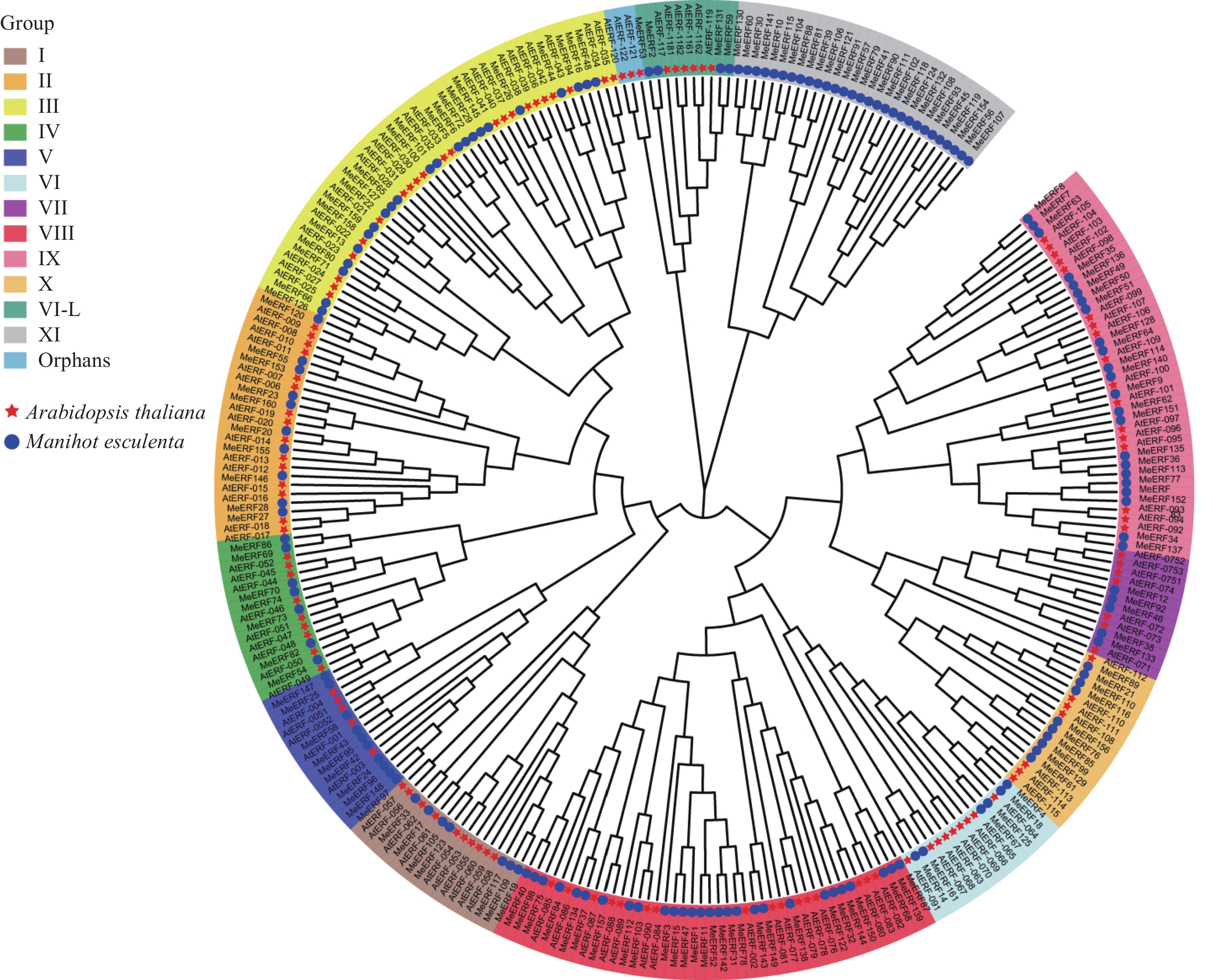
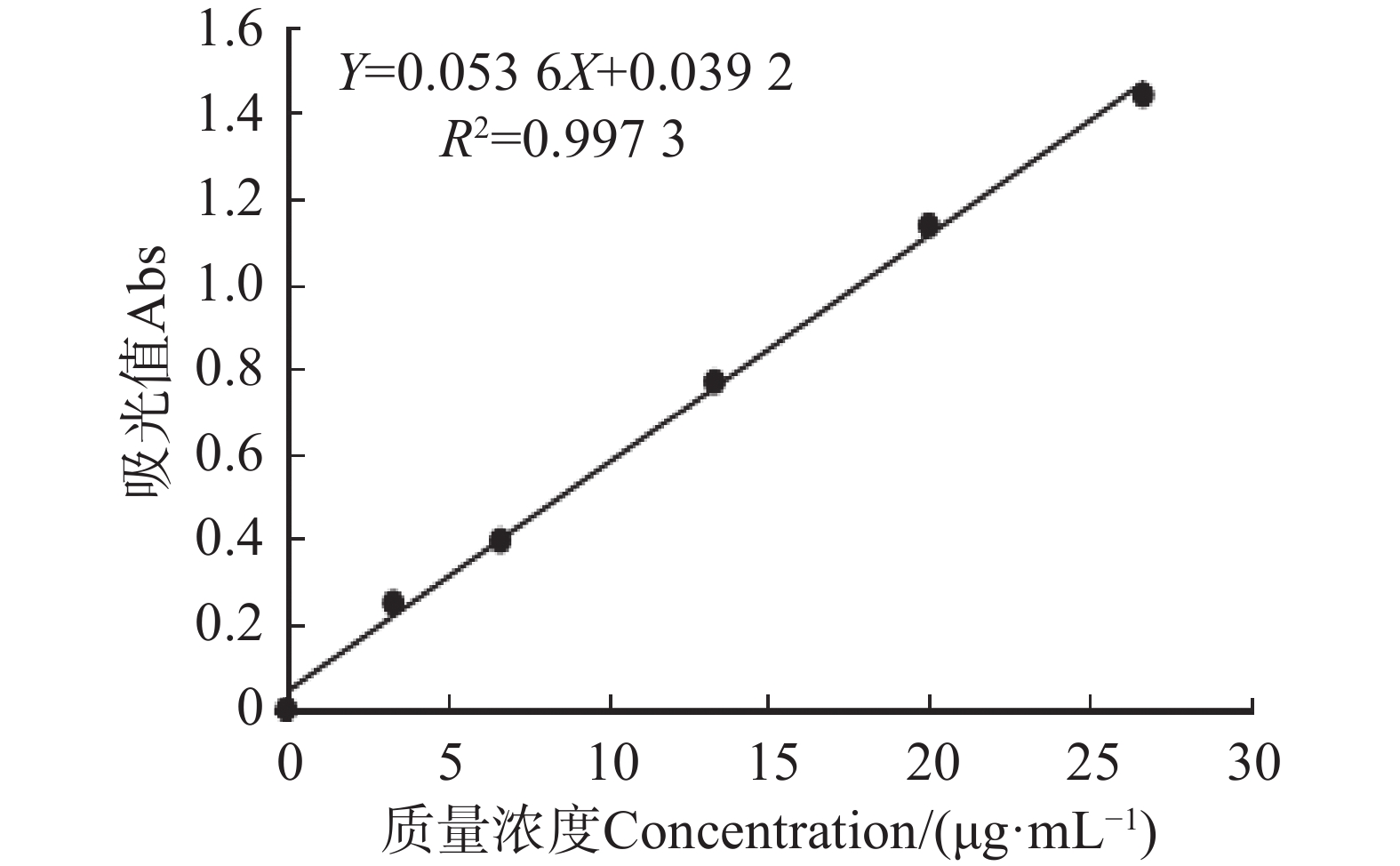
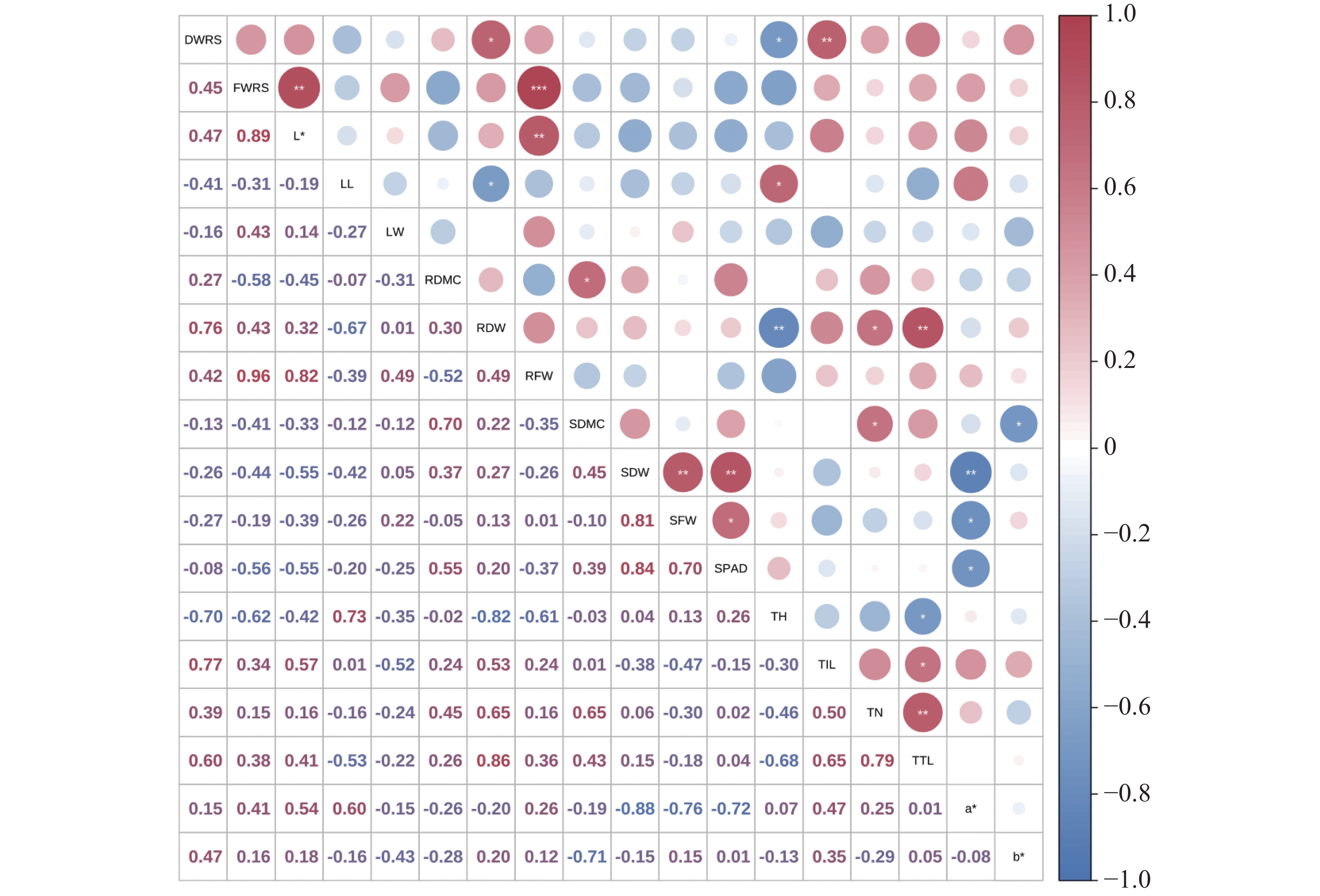
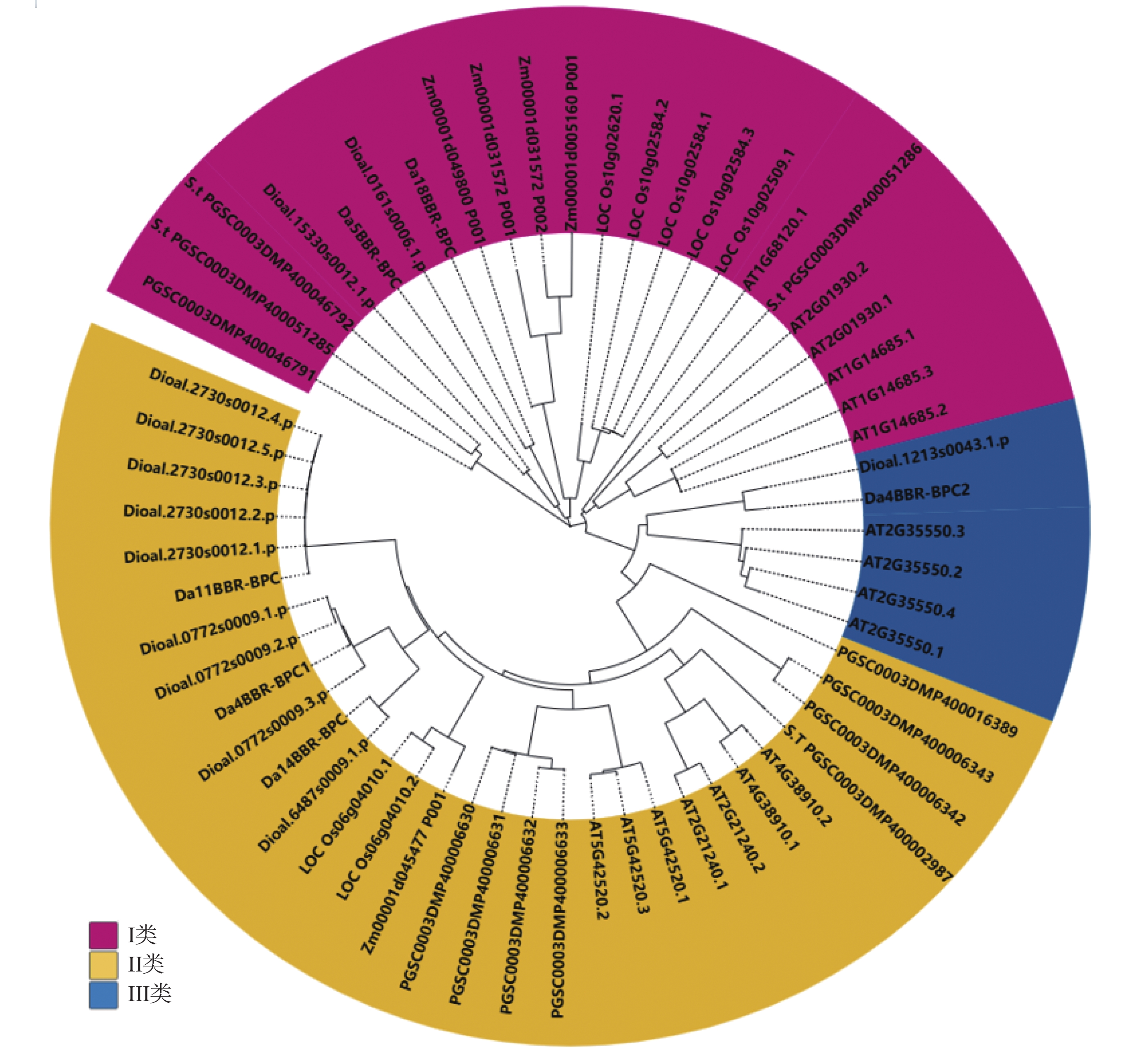
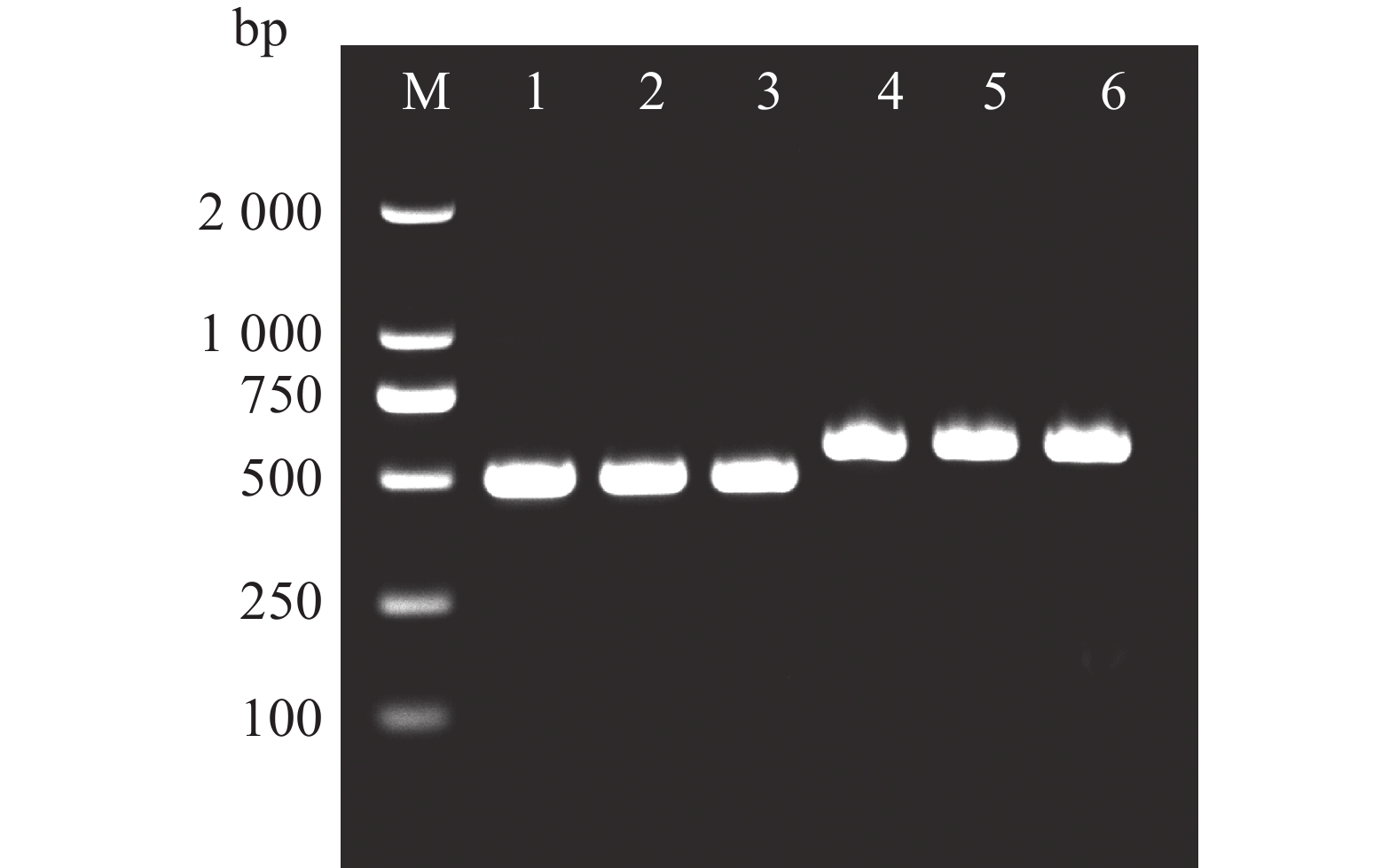
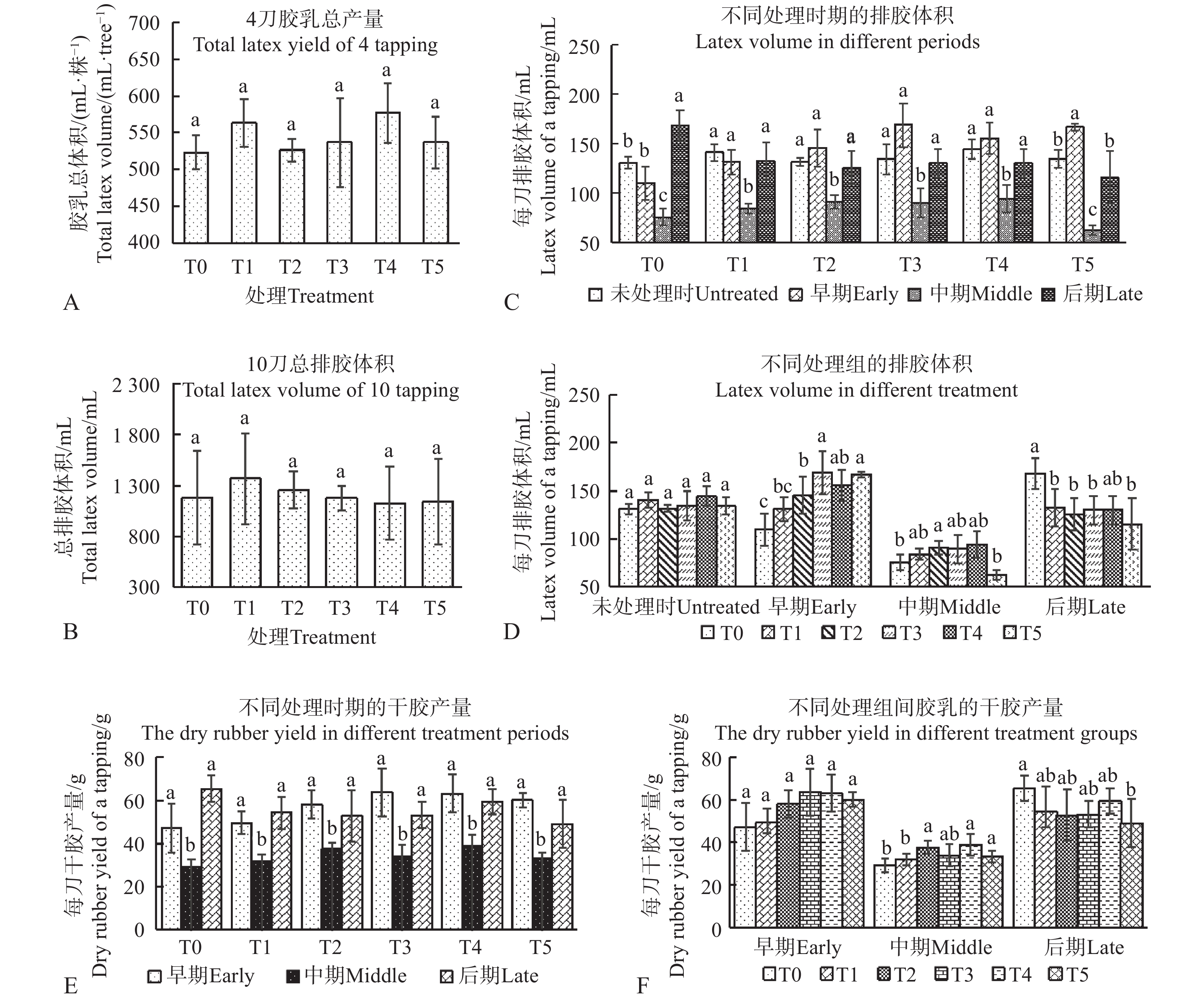
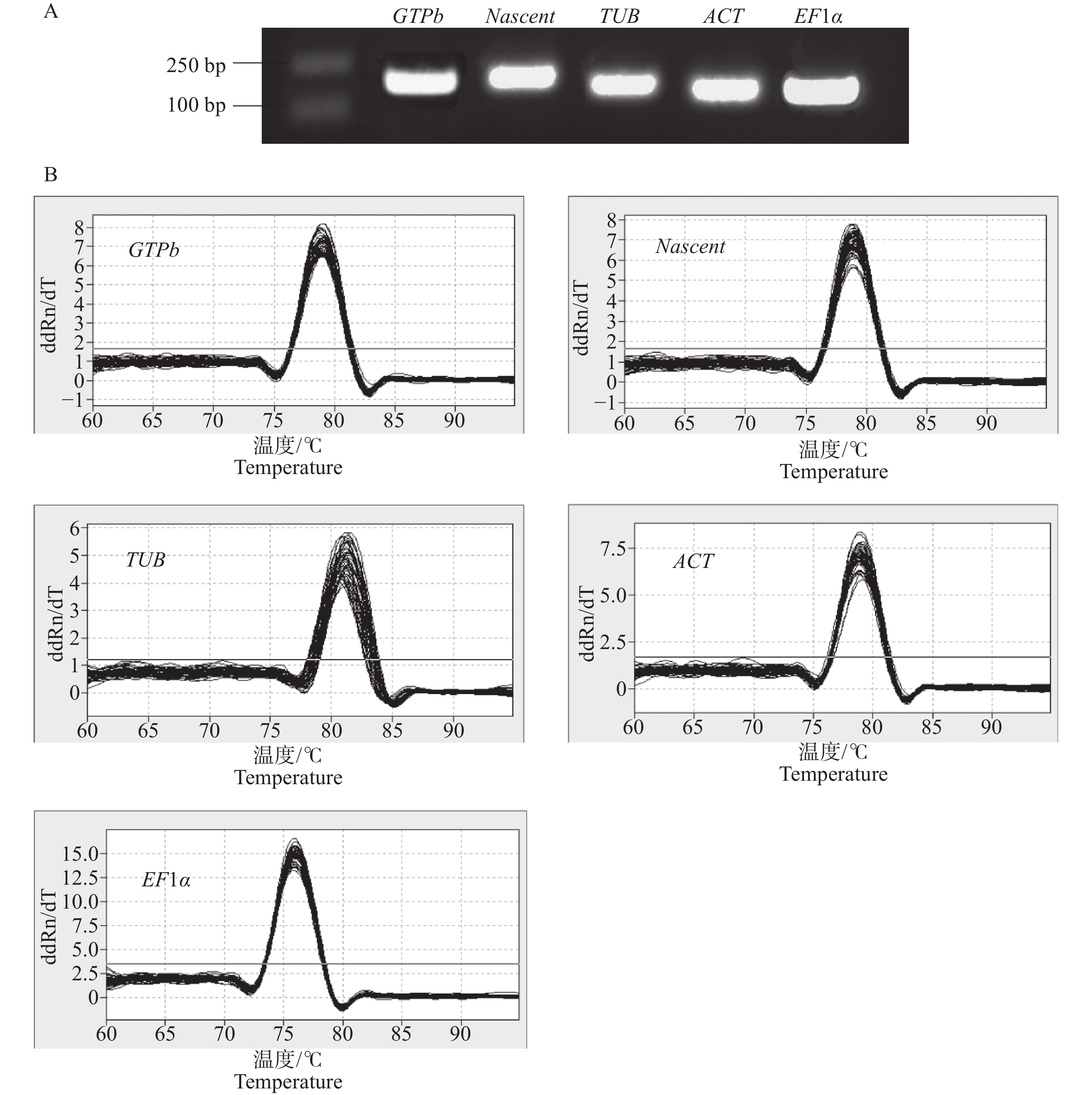

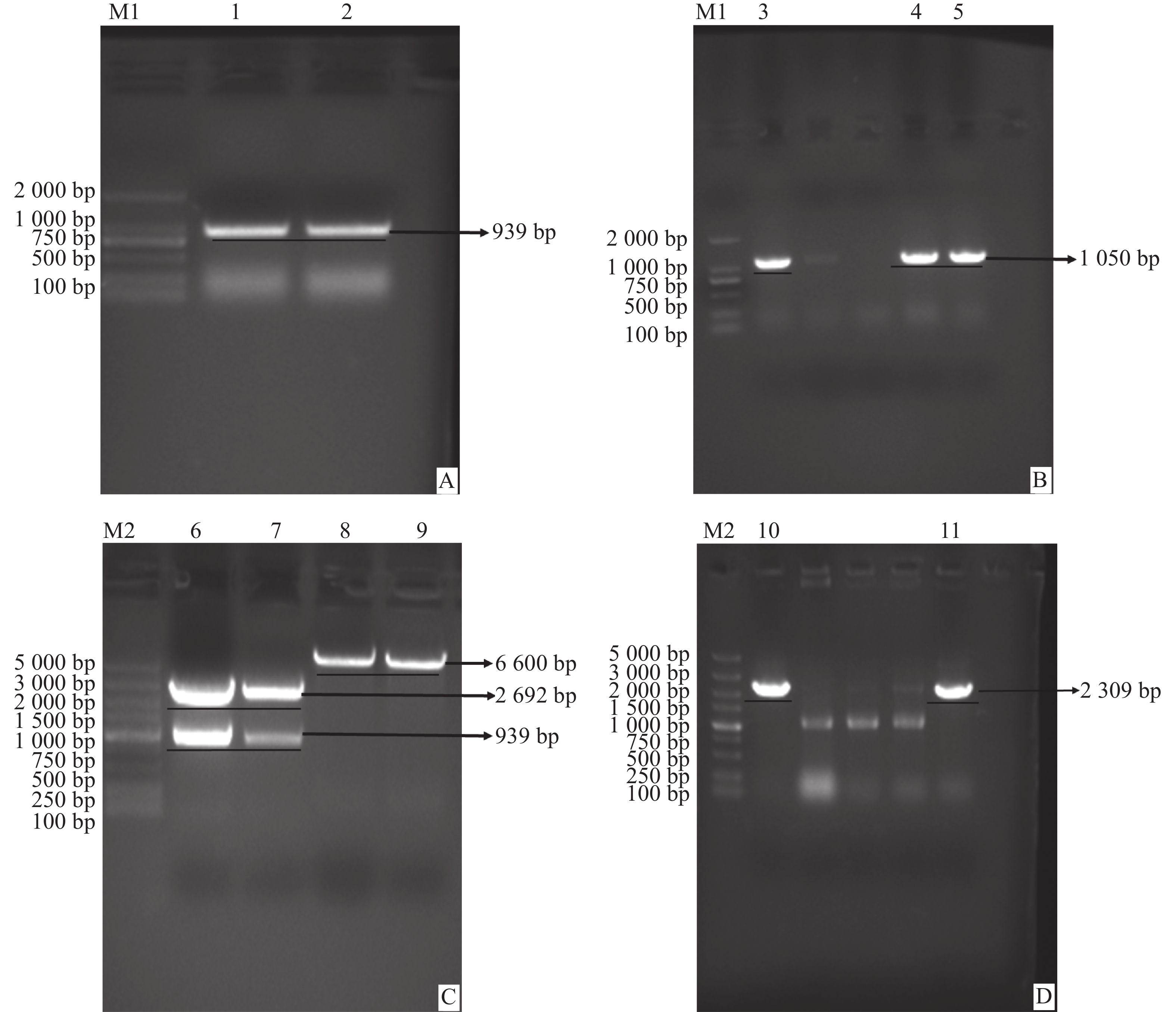
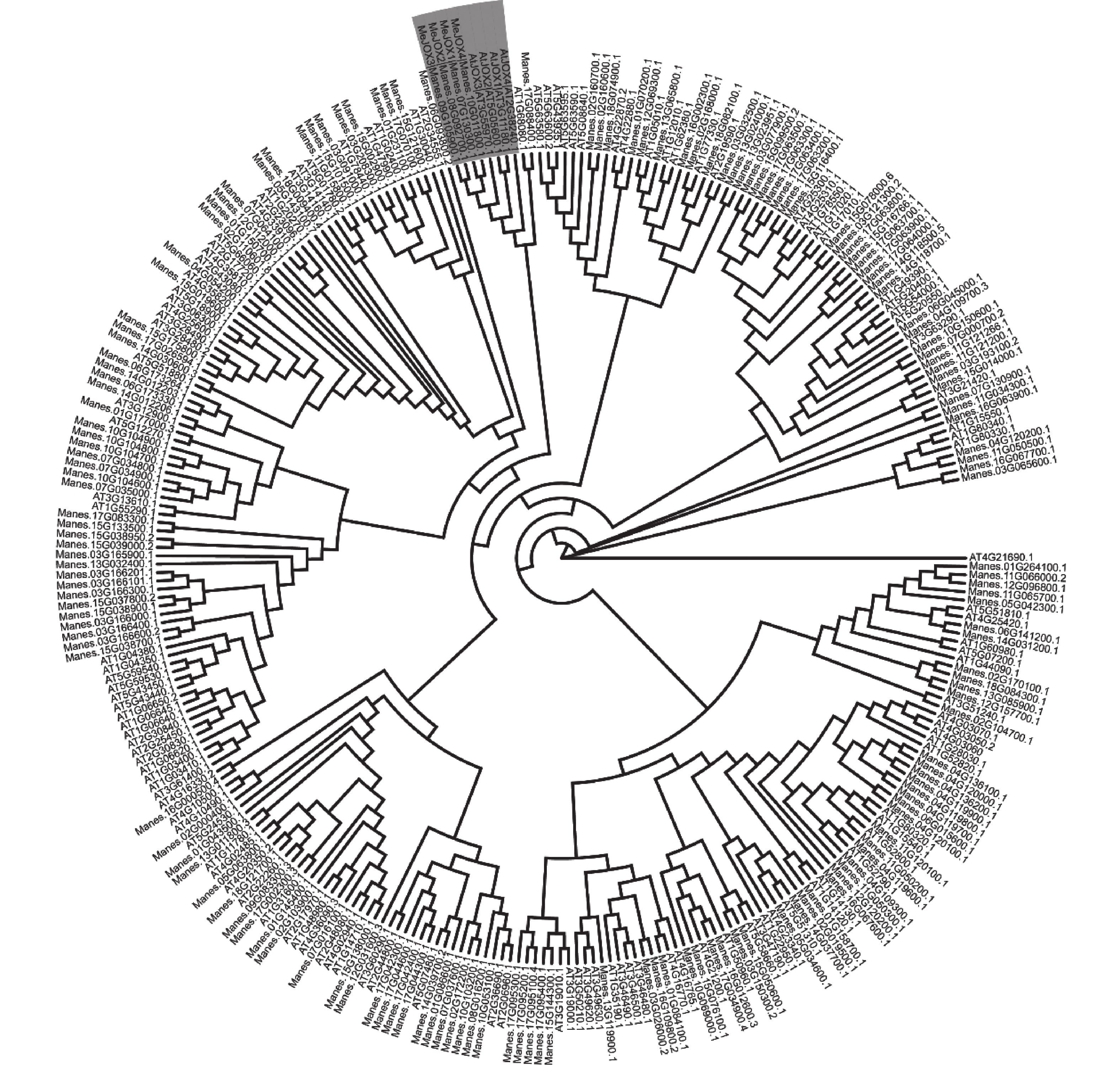
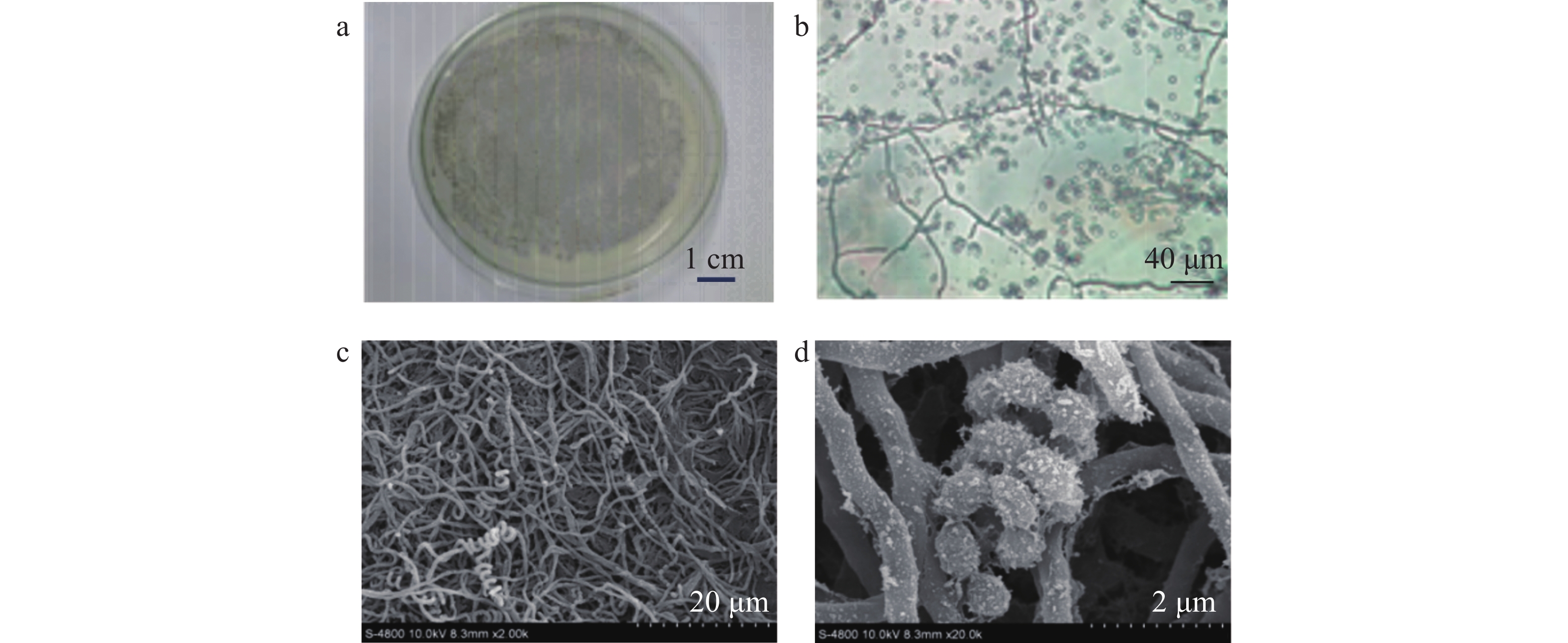

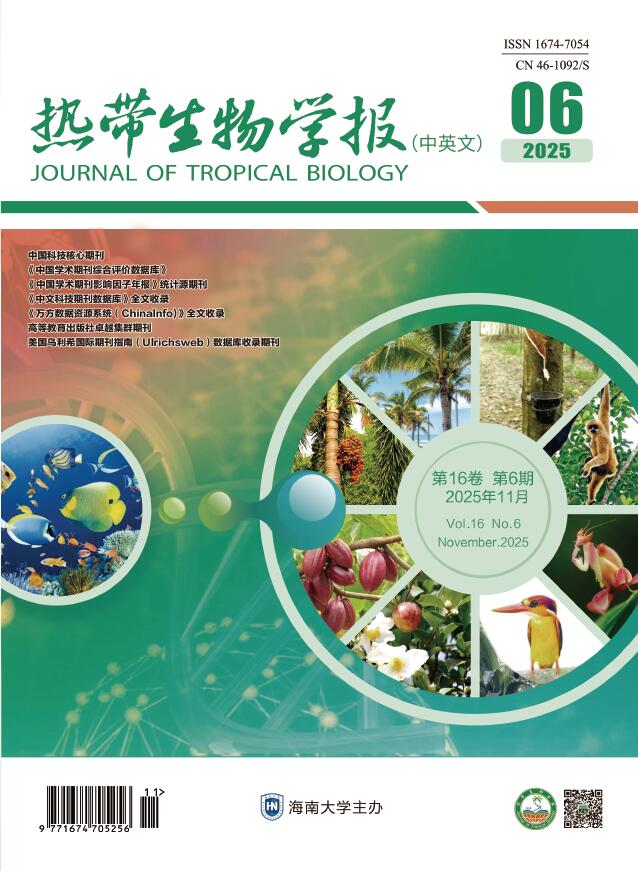
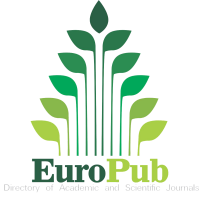


 Email alert
Email alert RSS
RSS